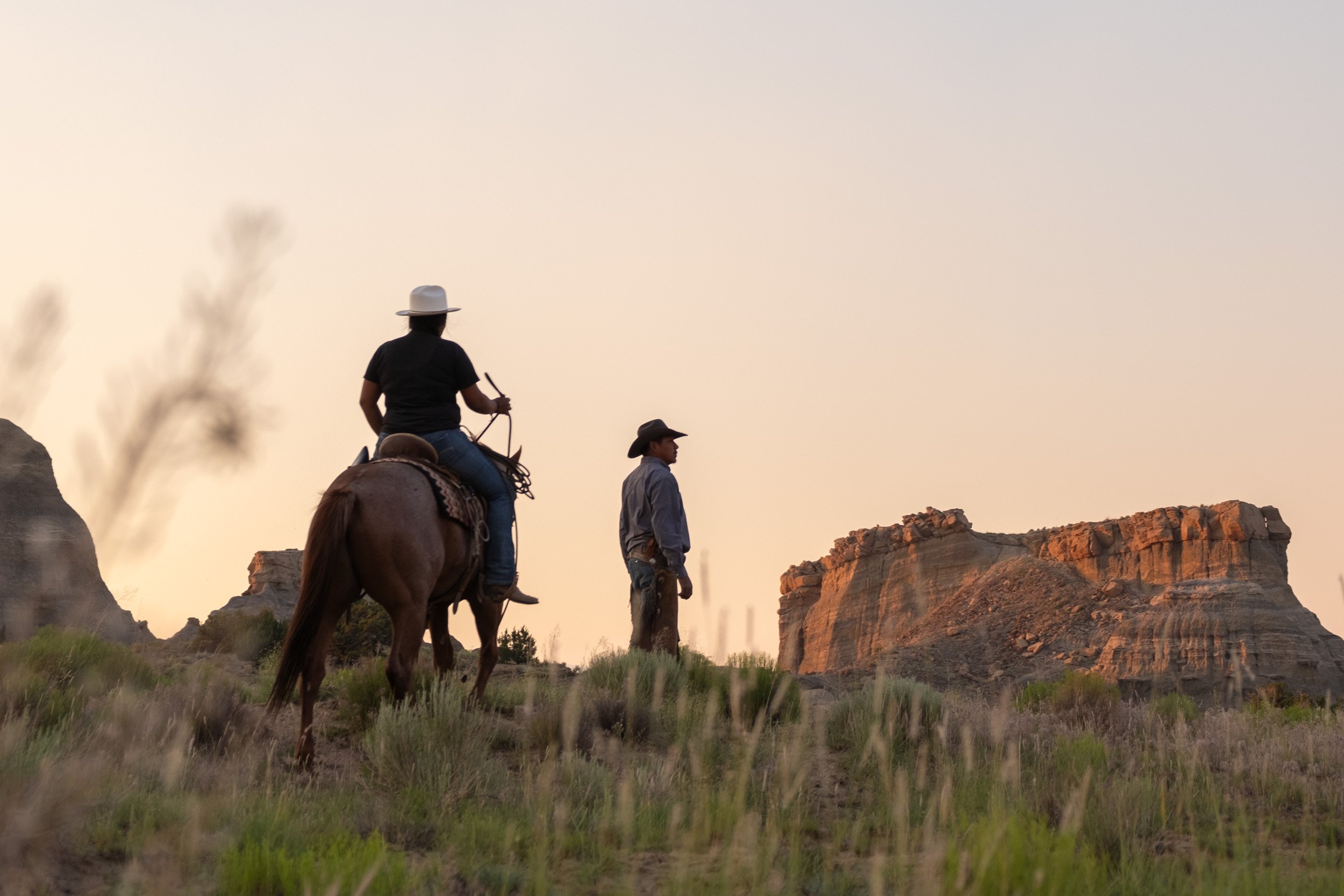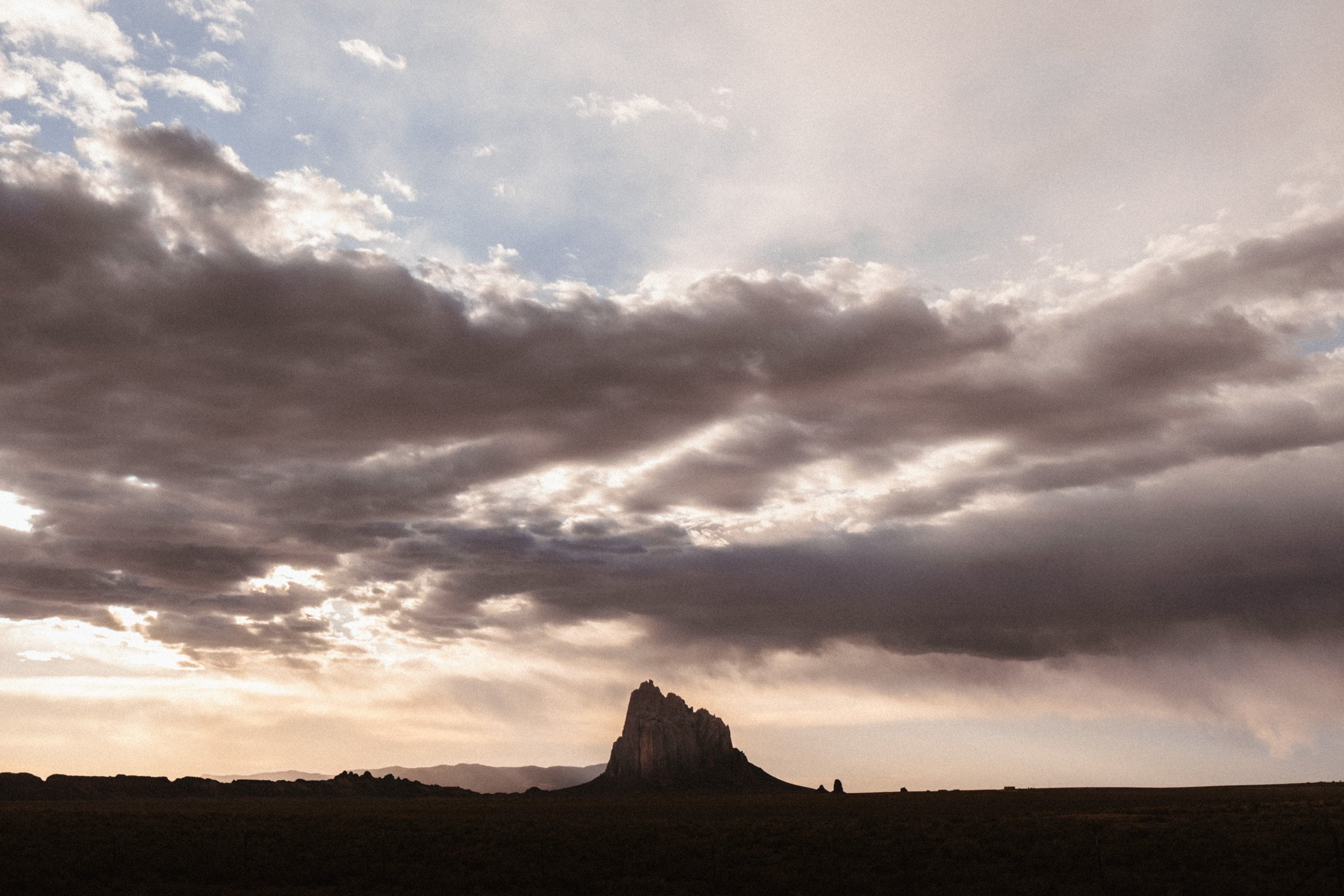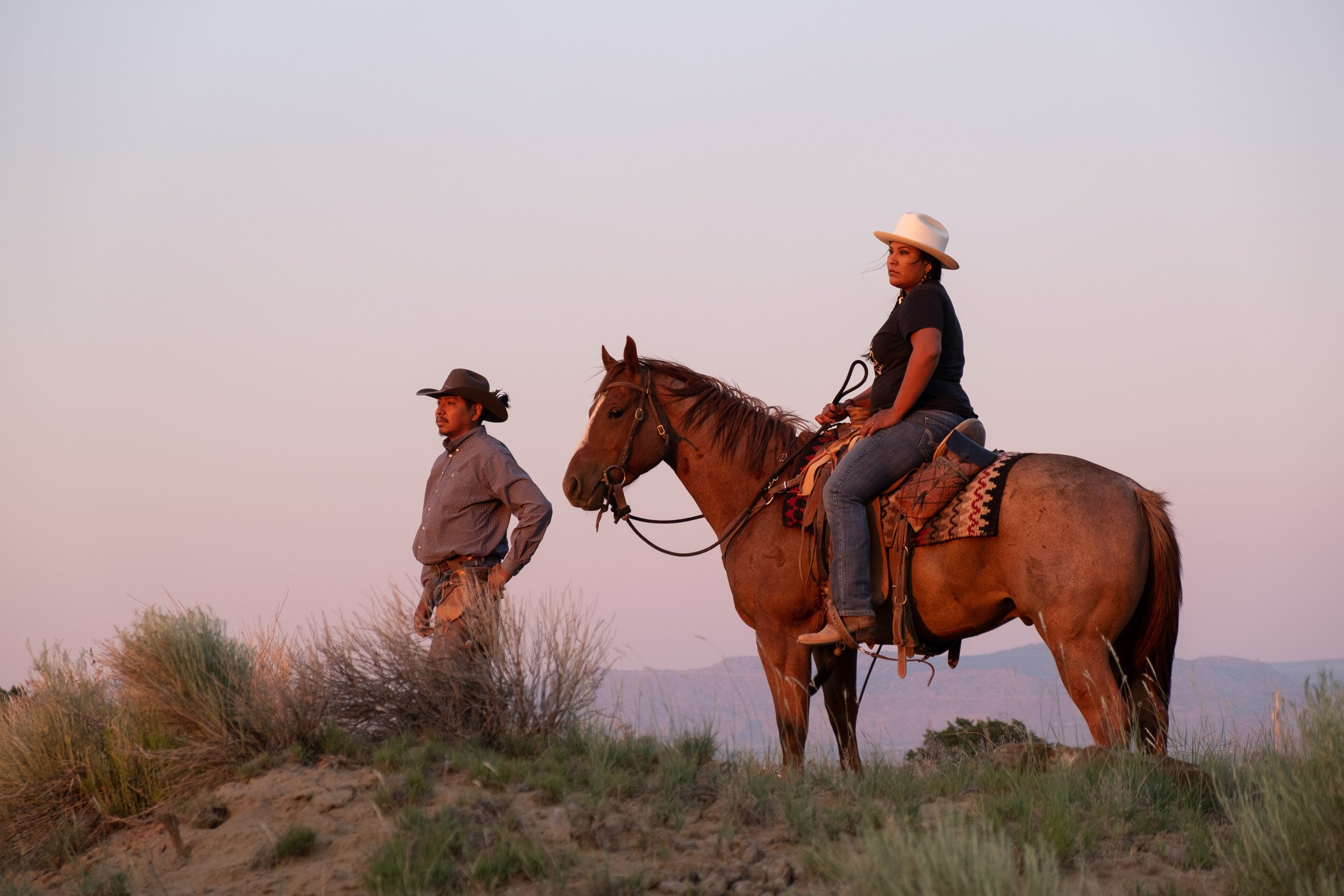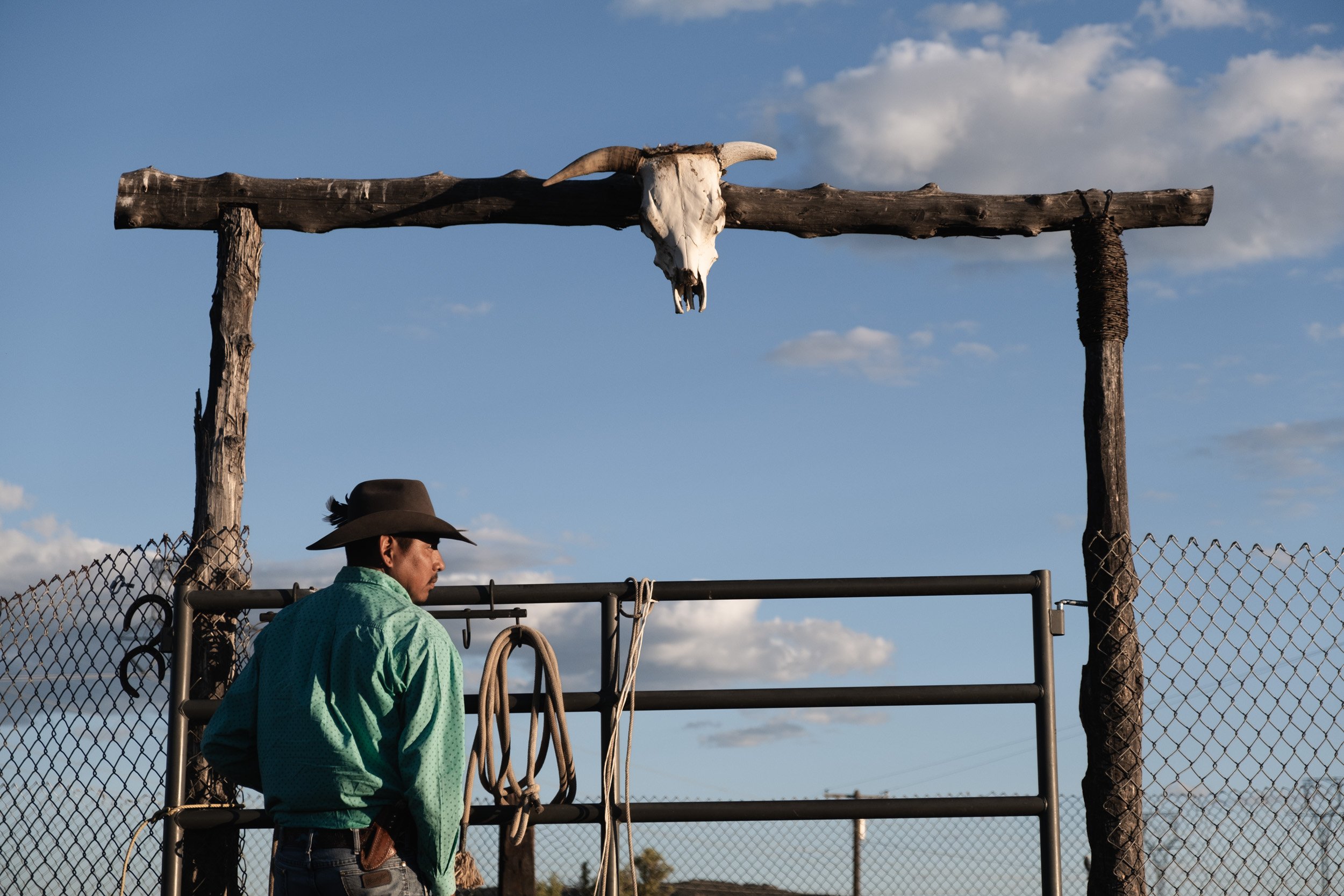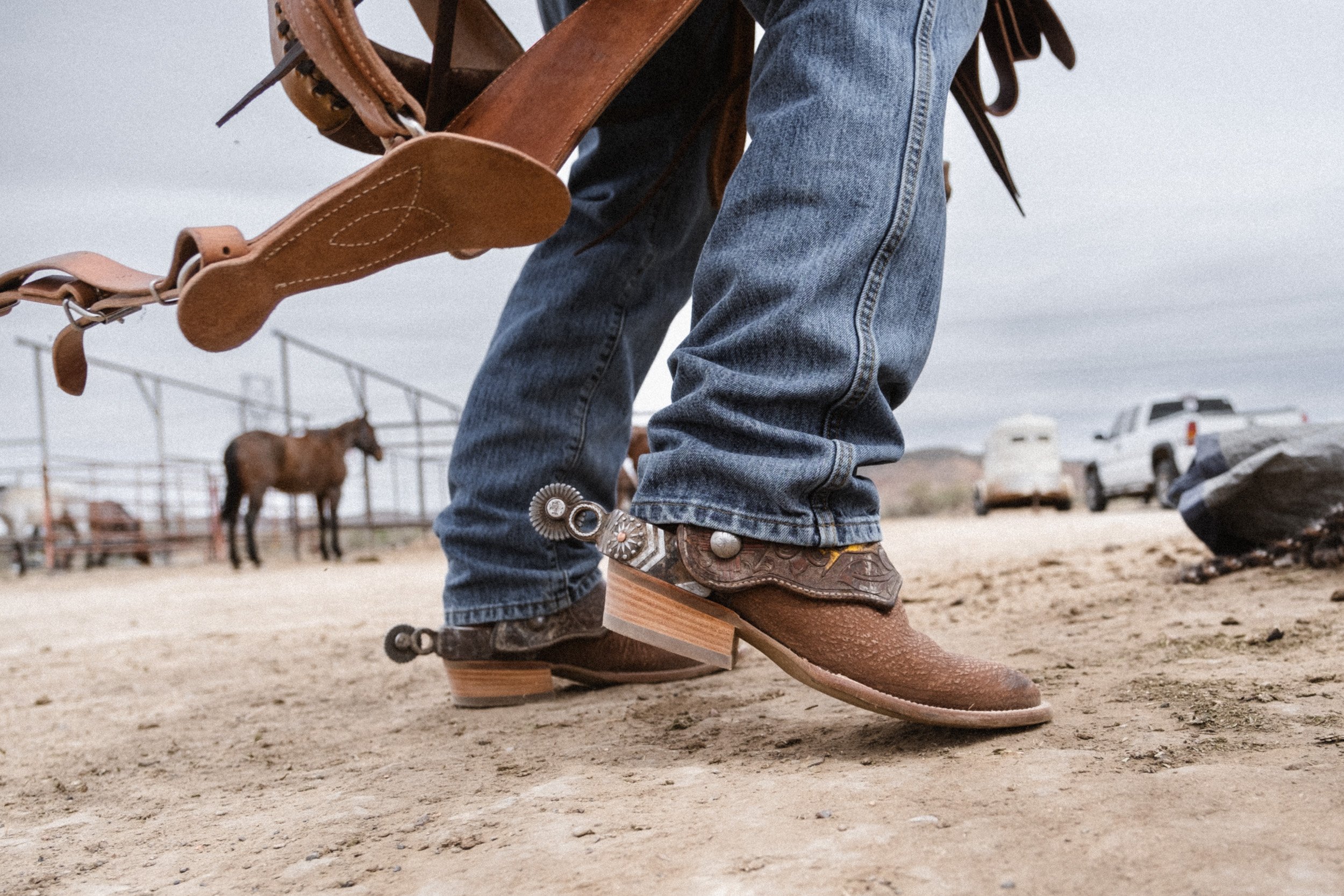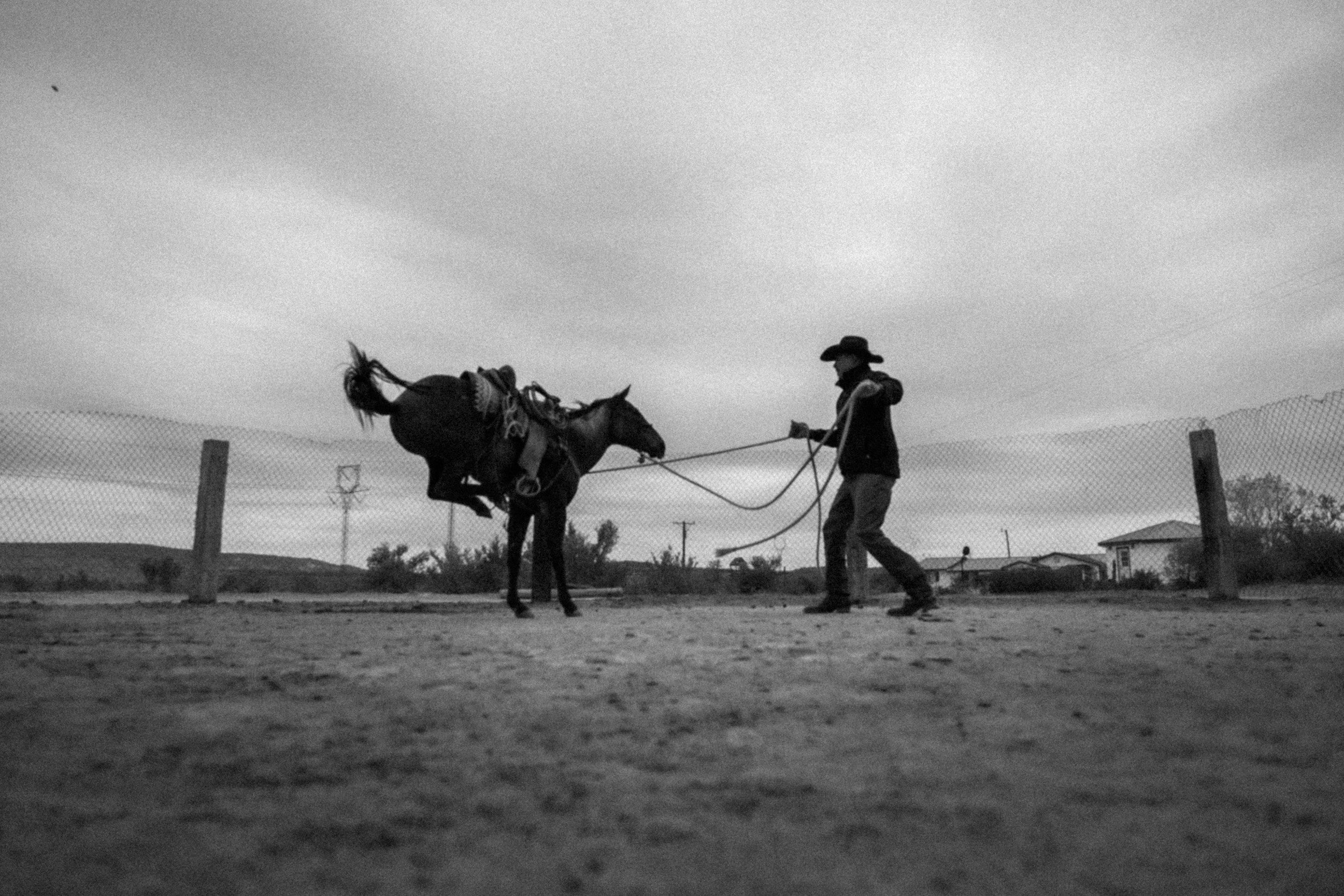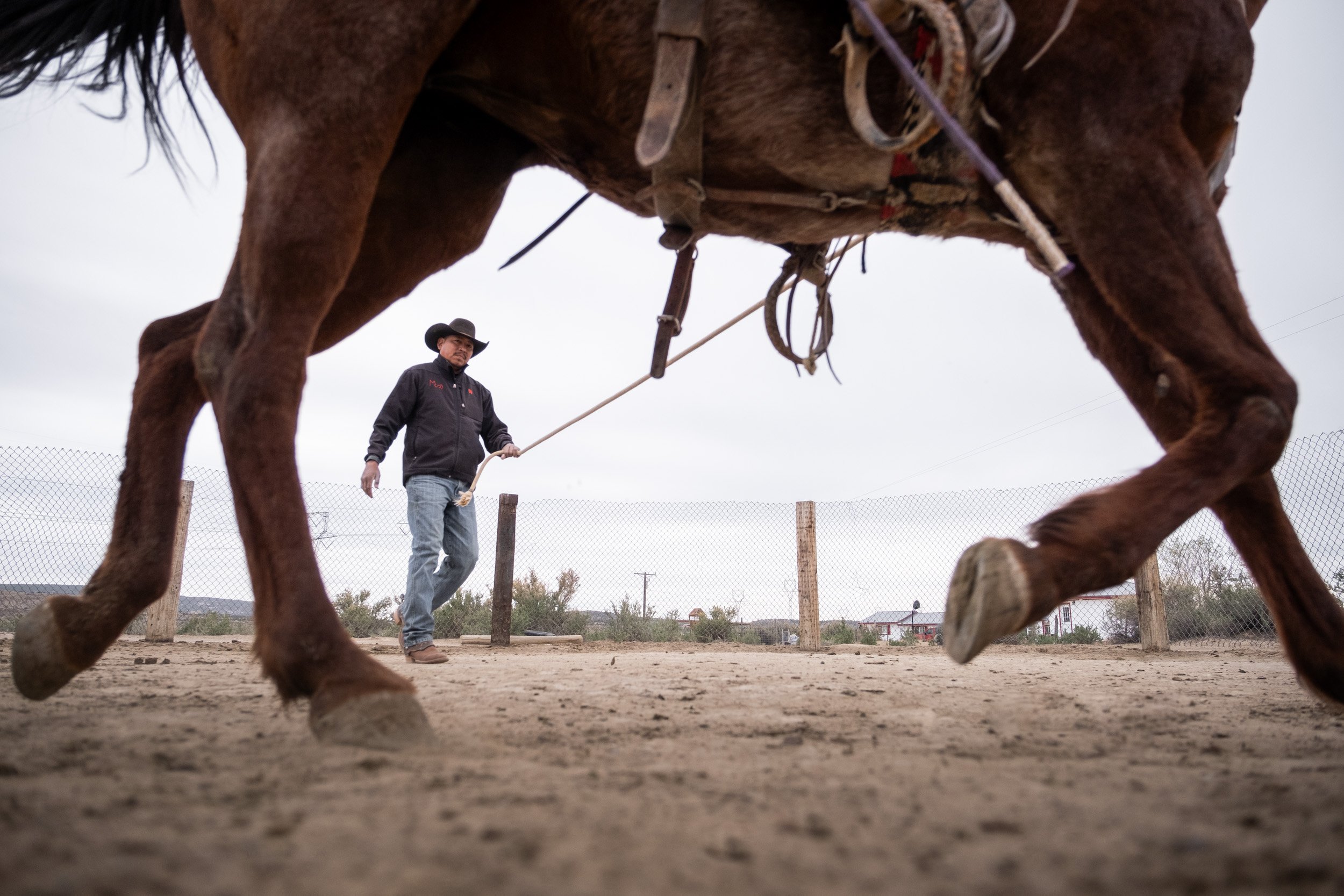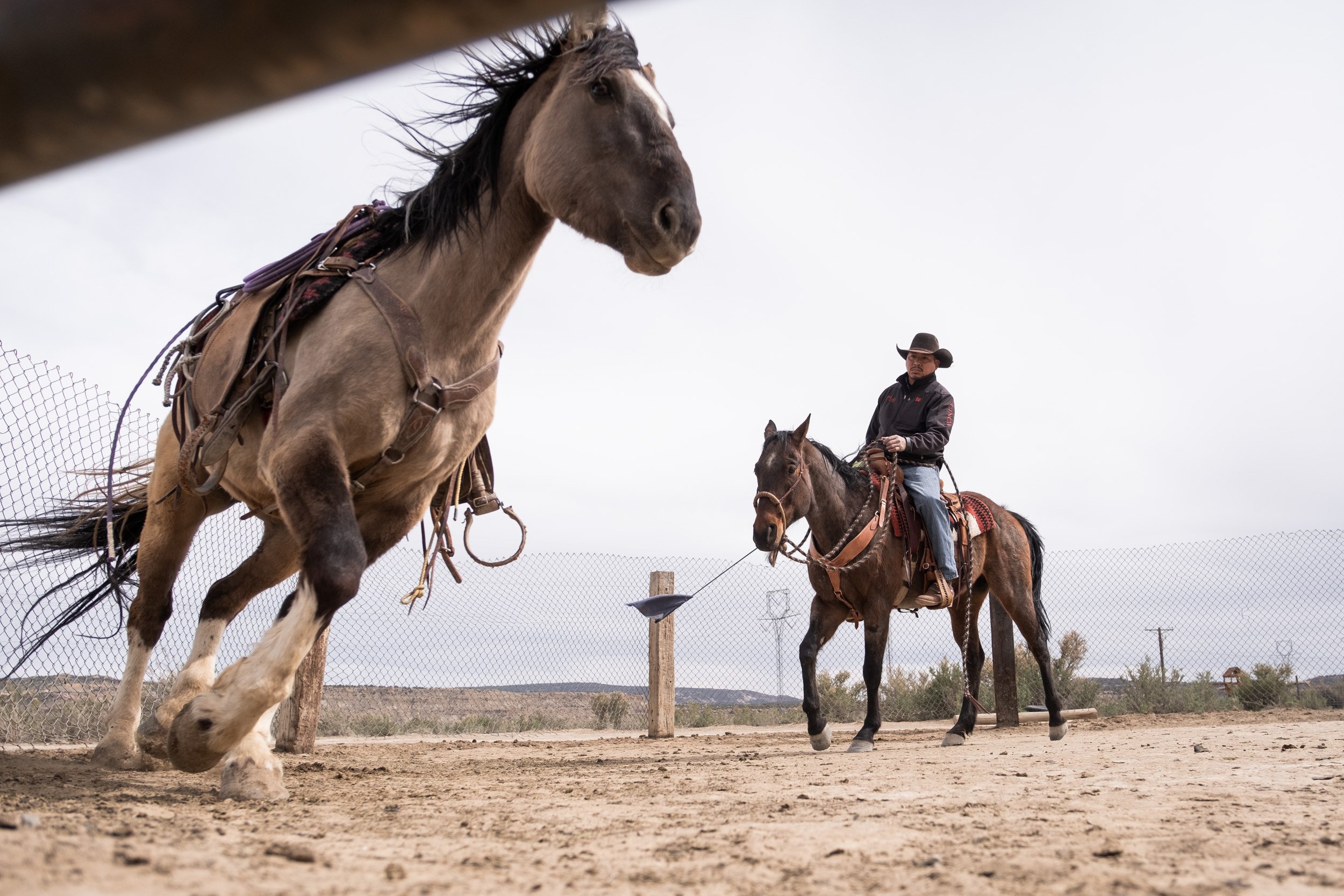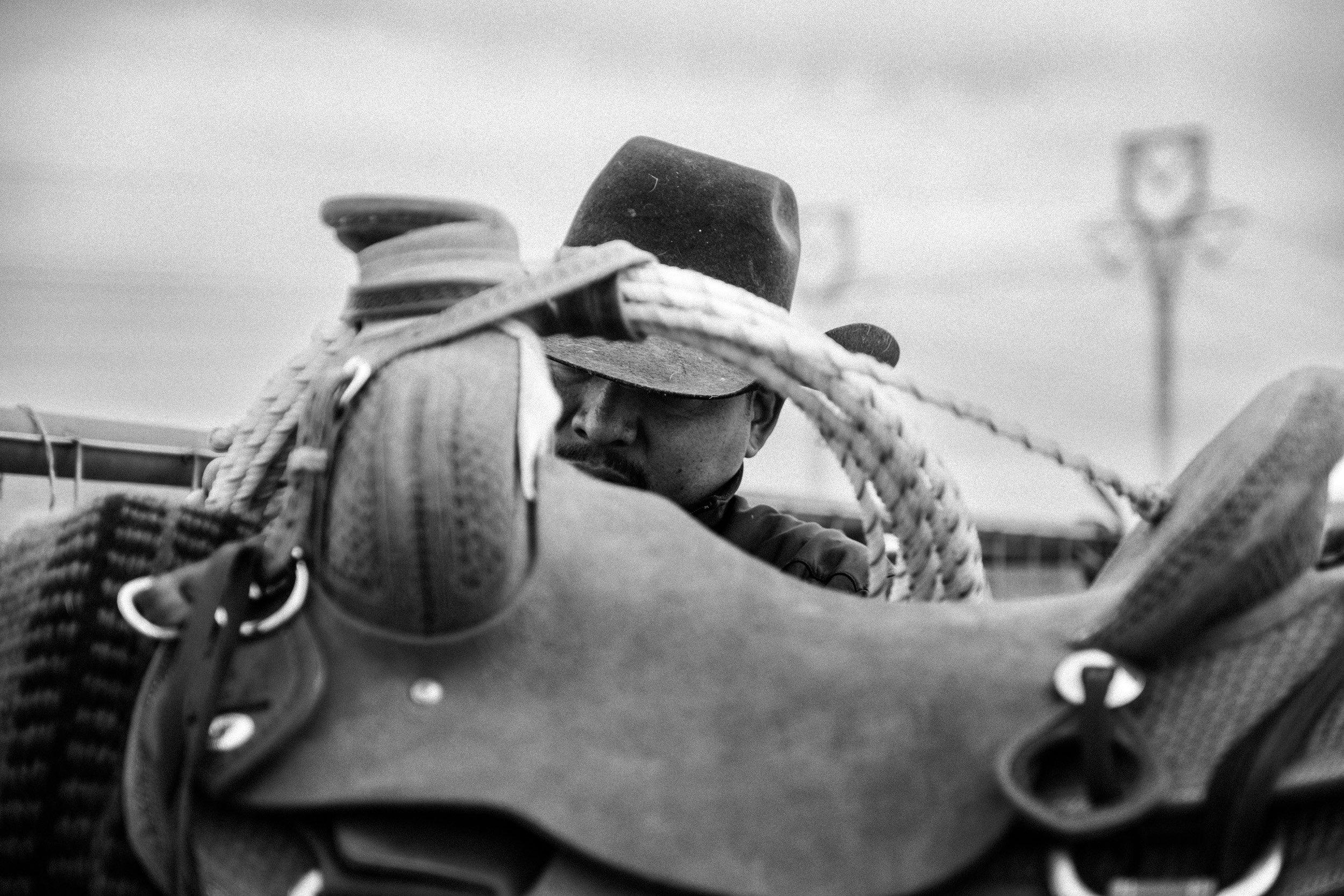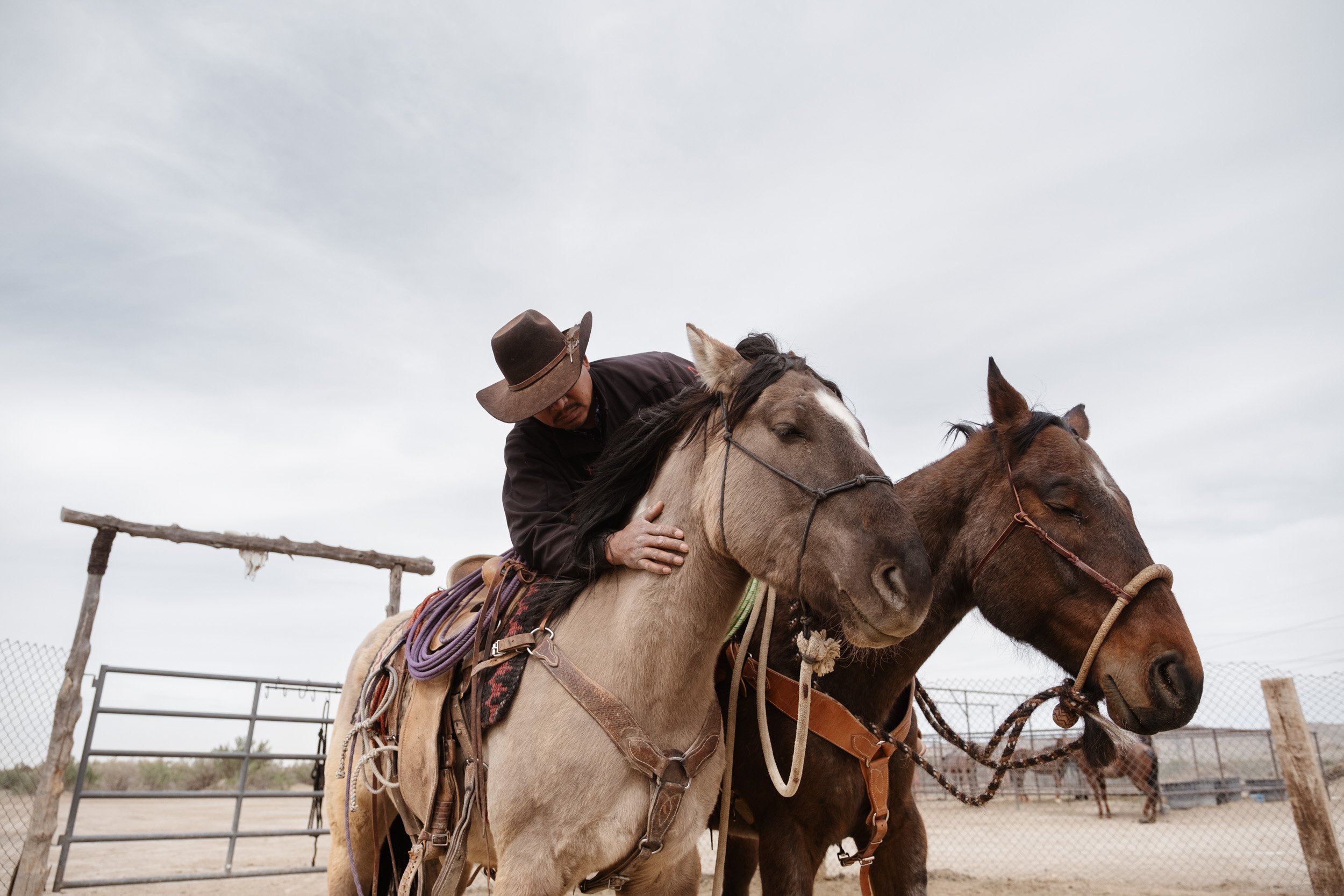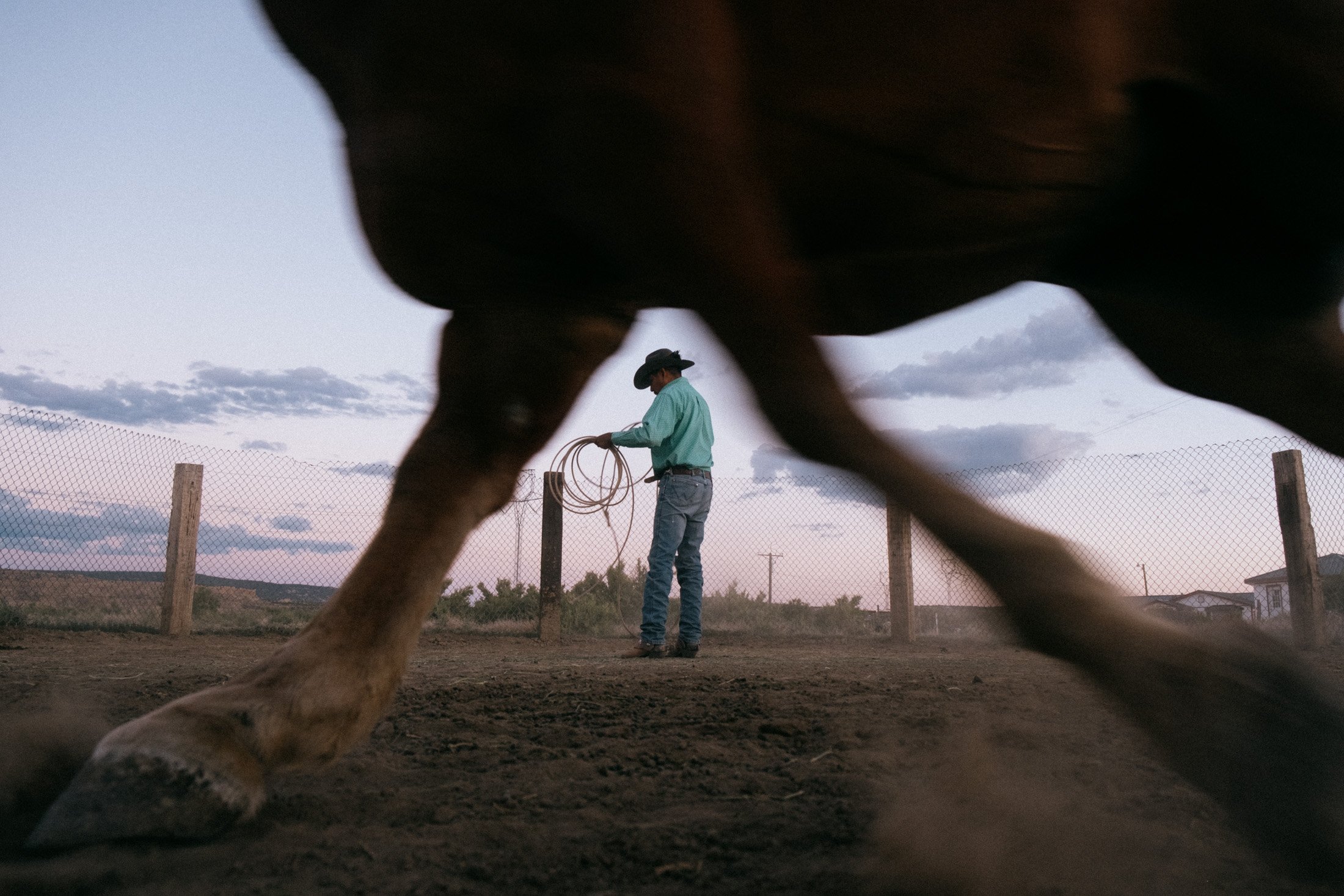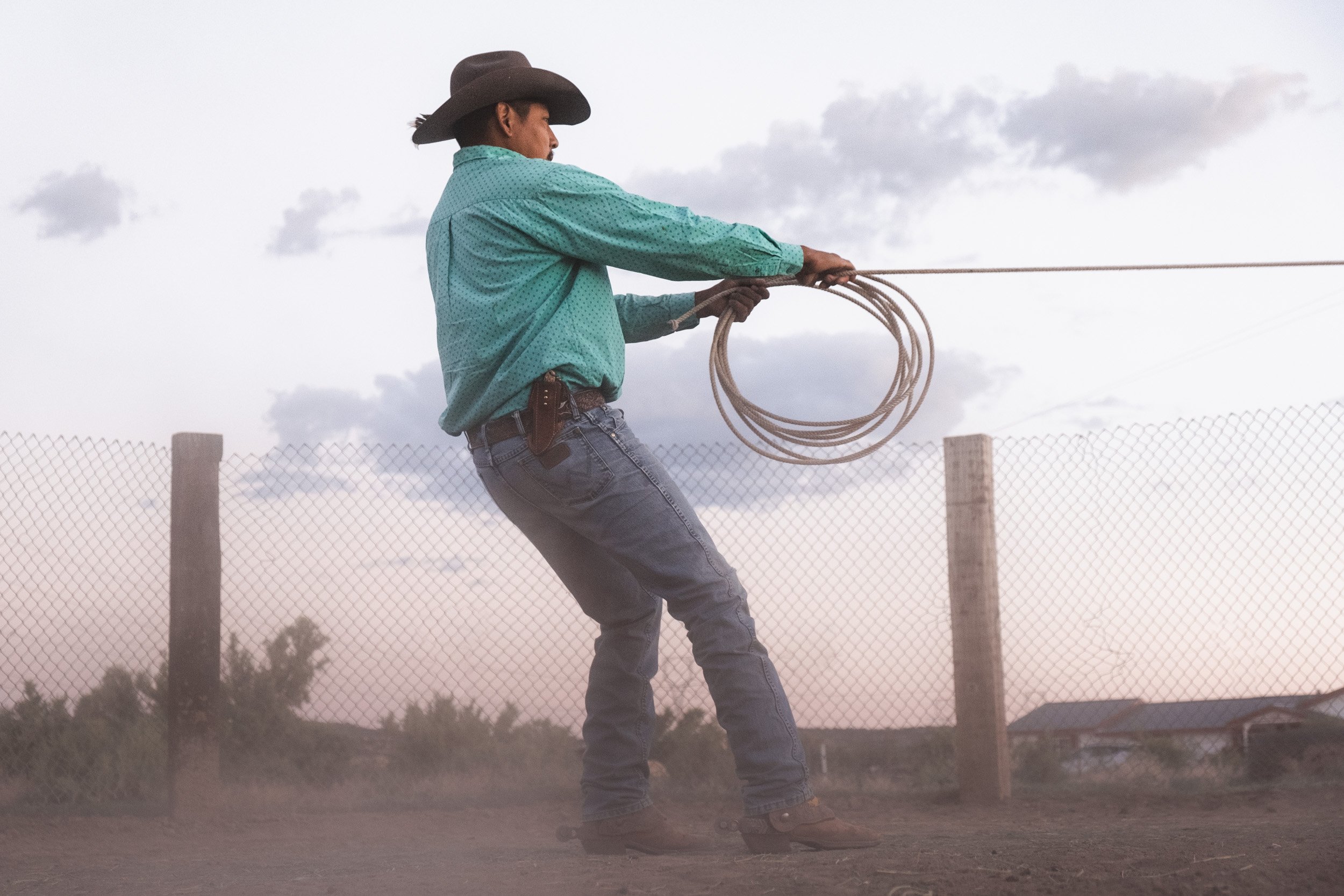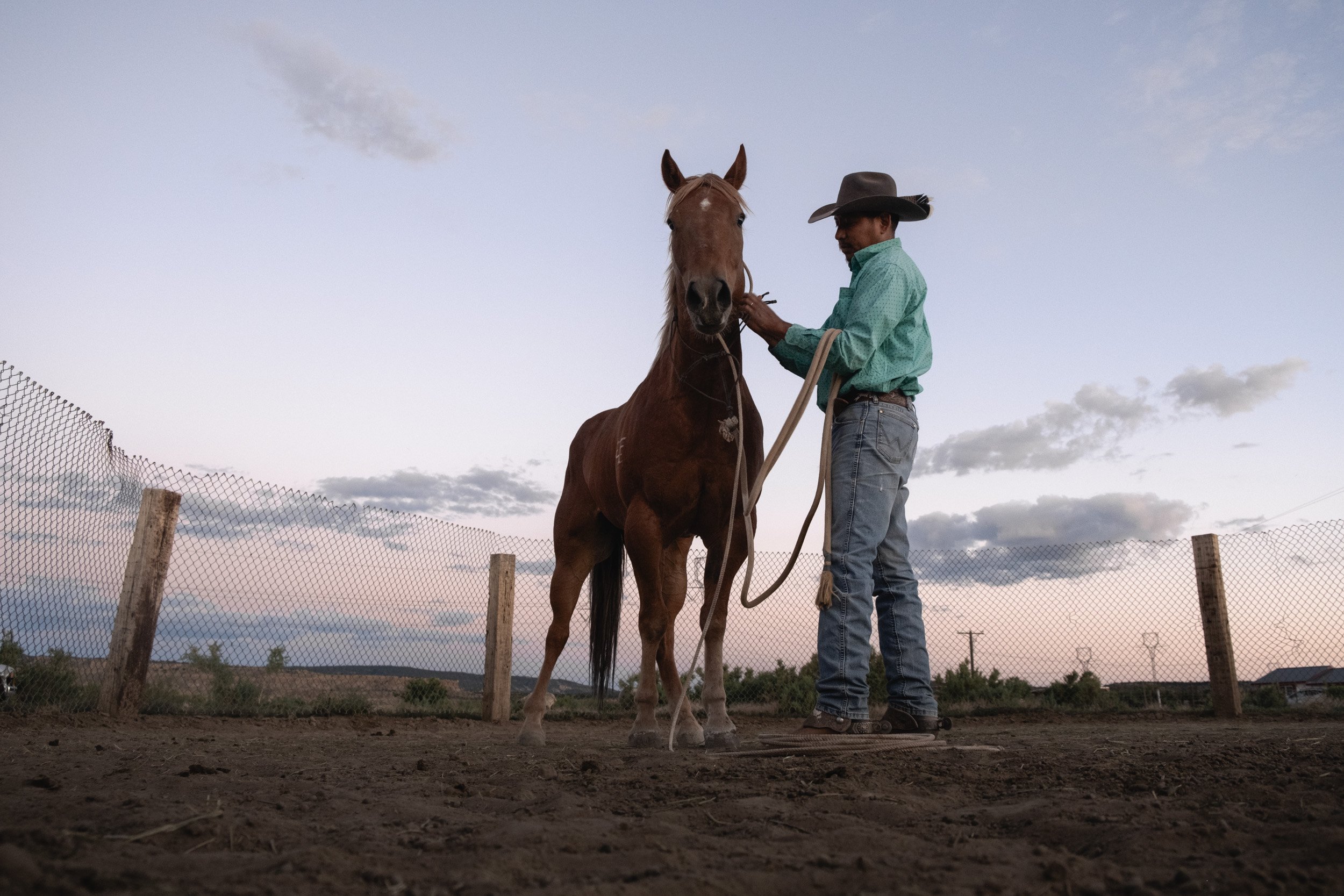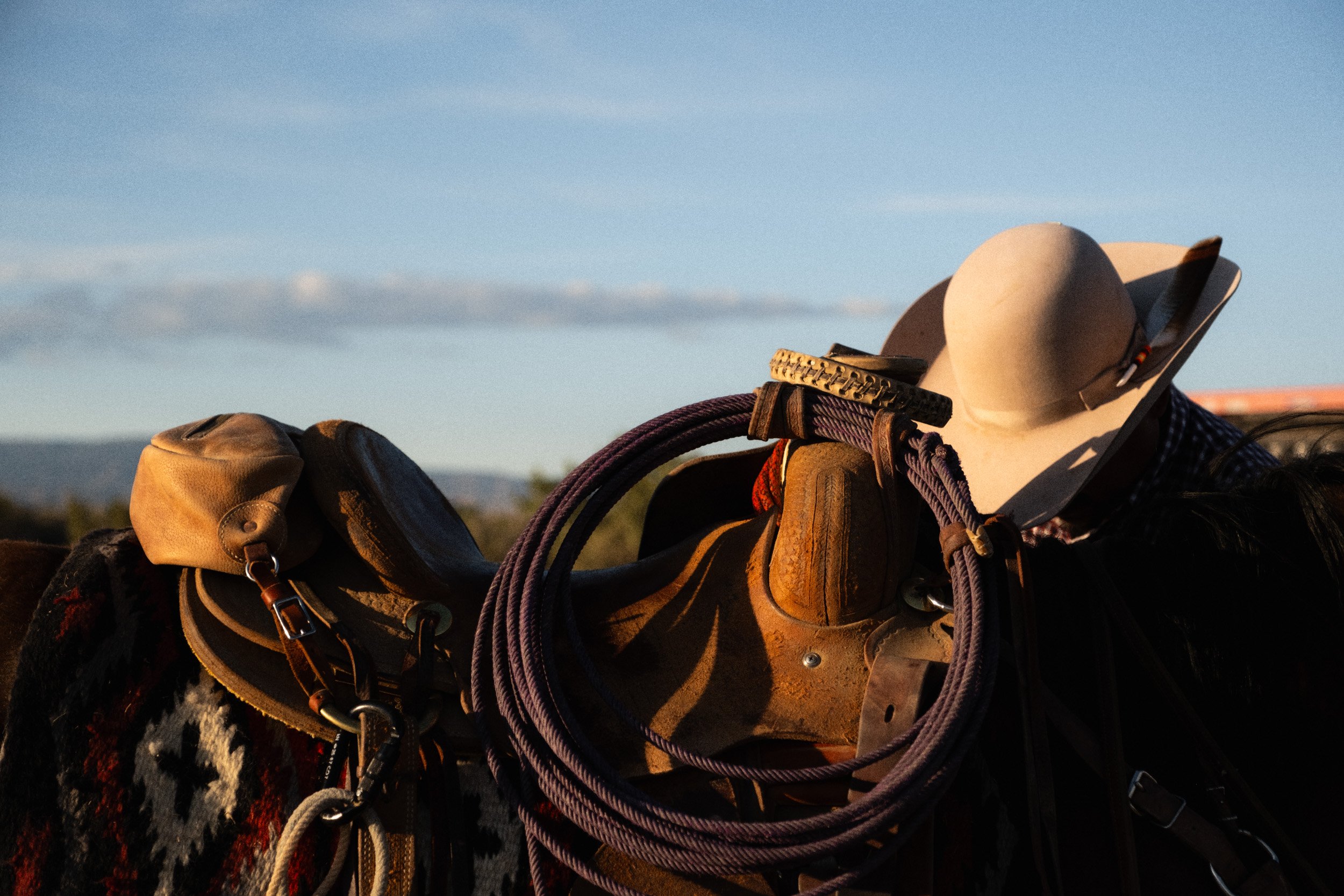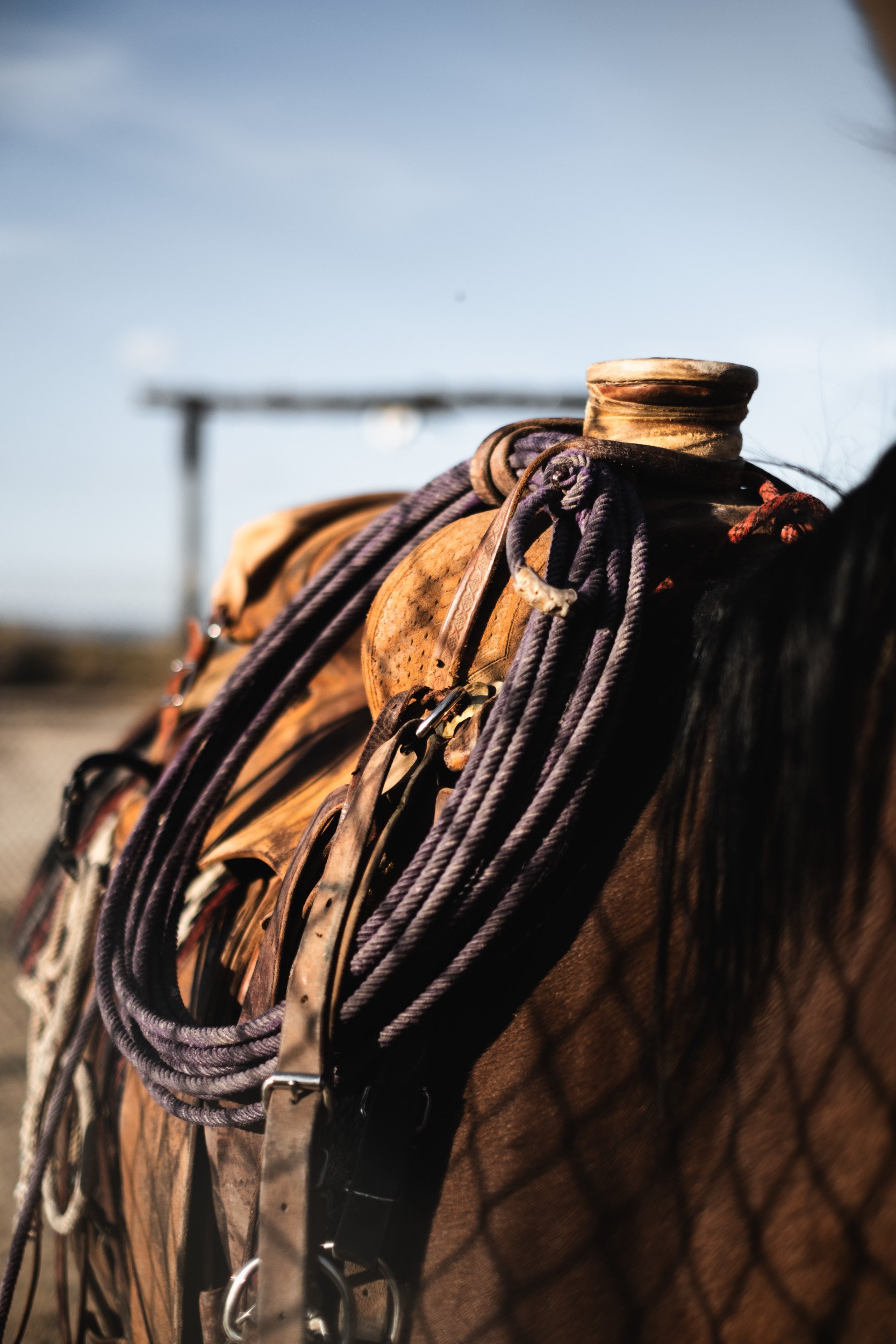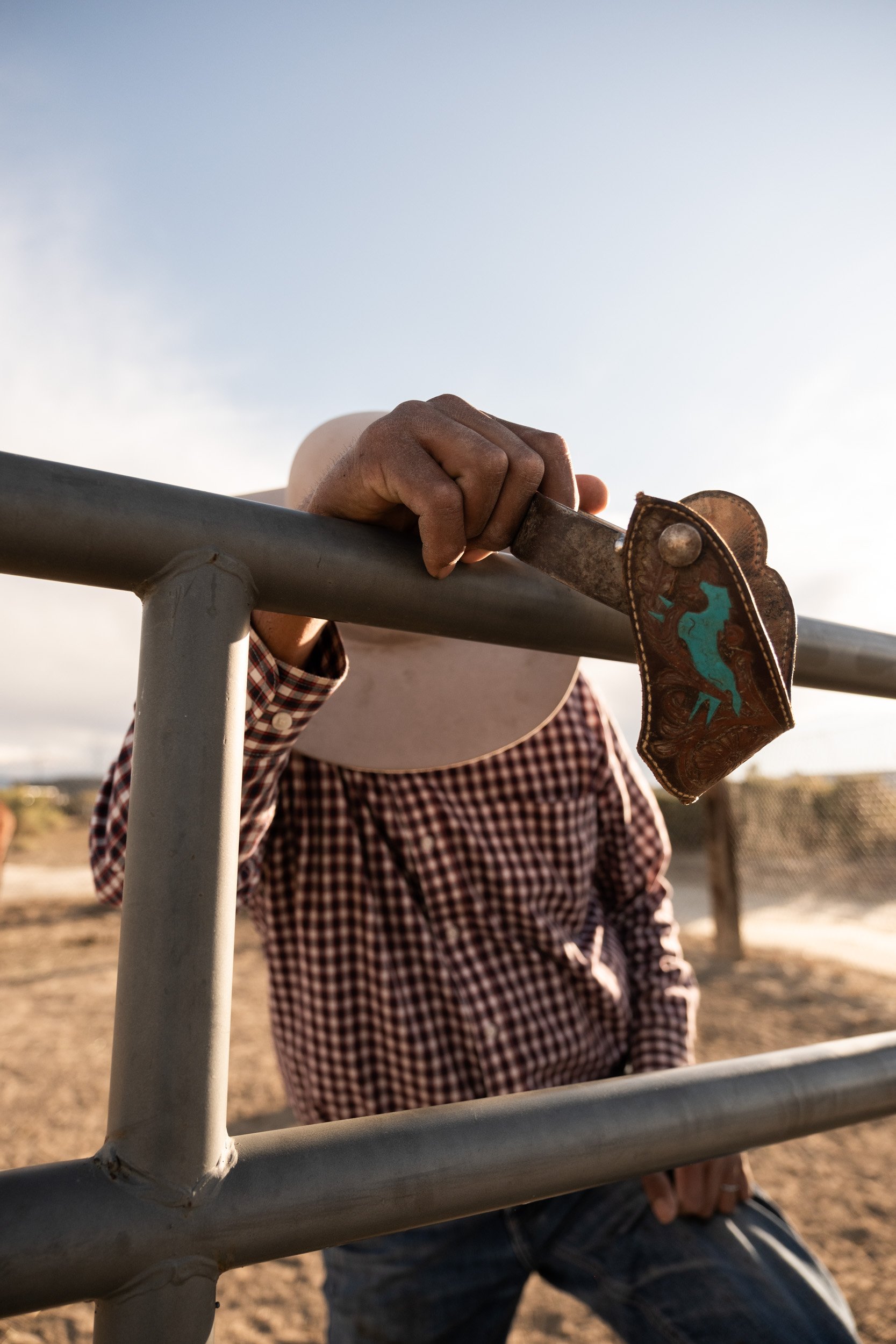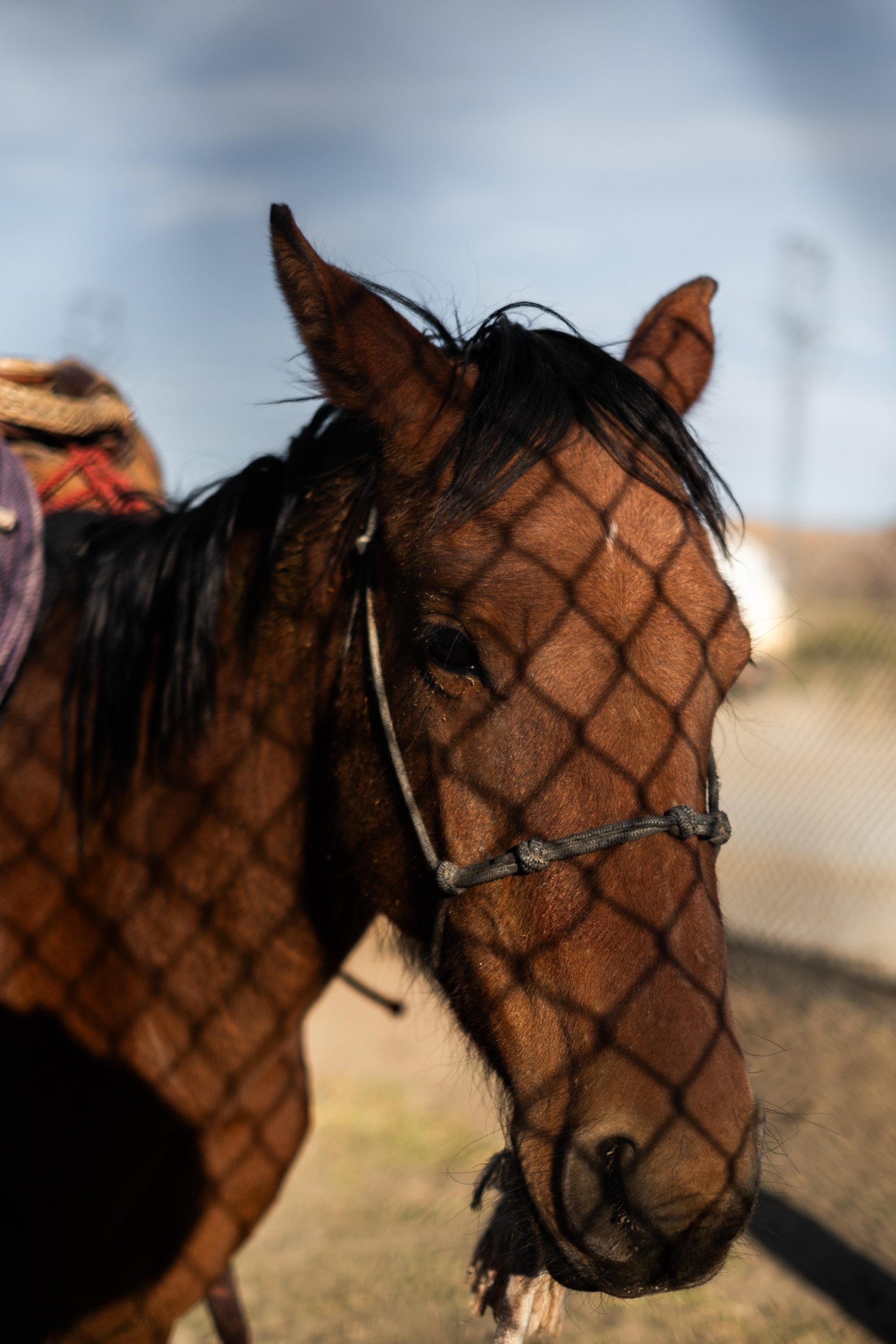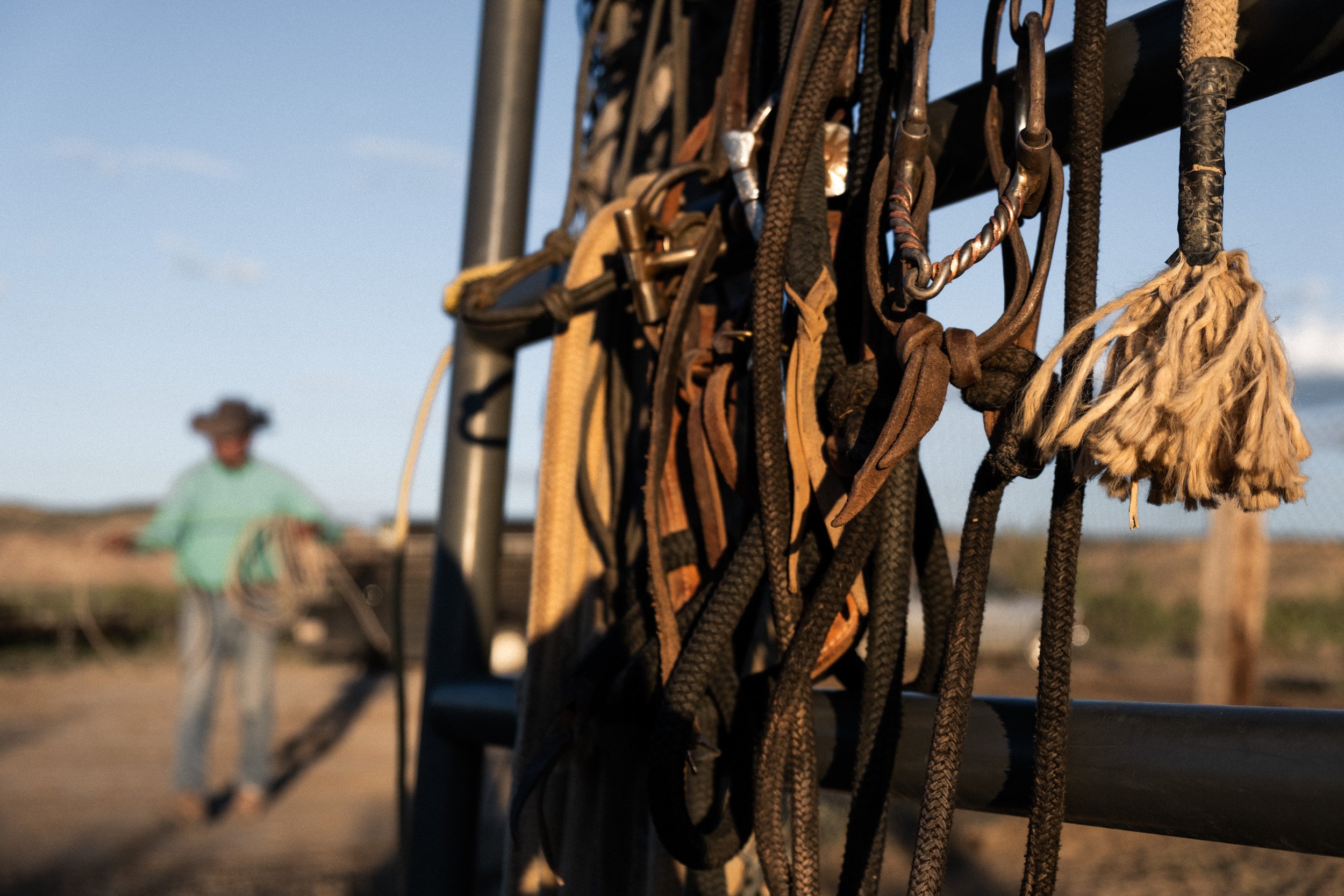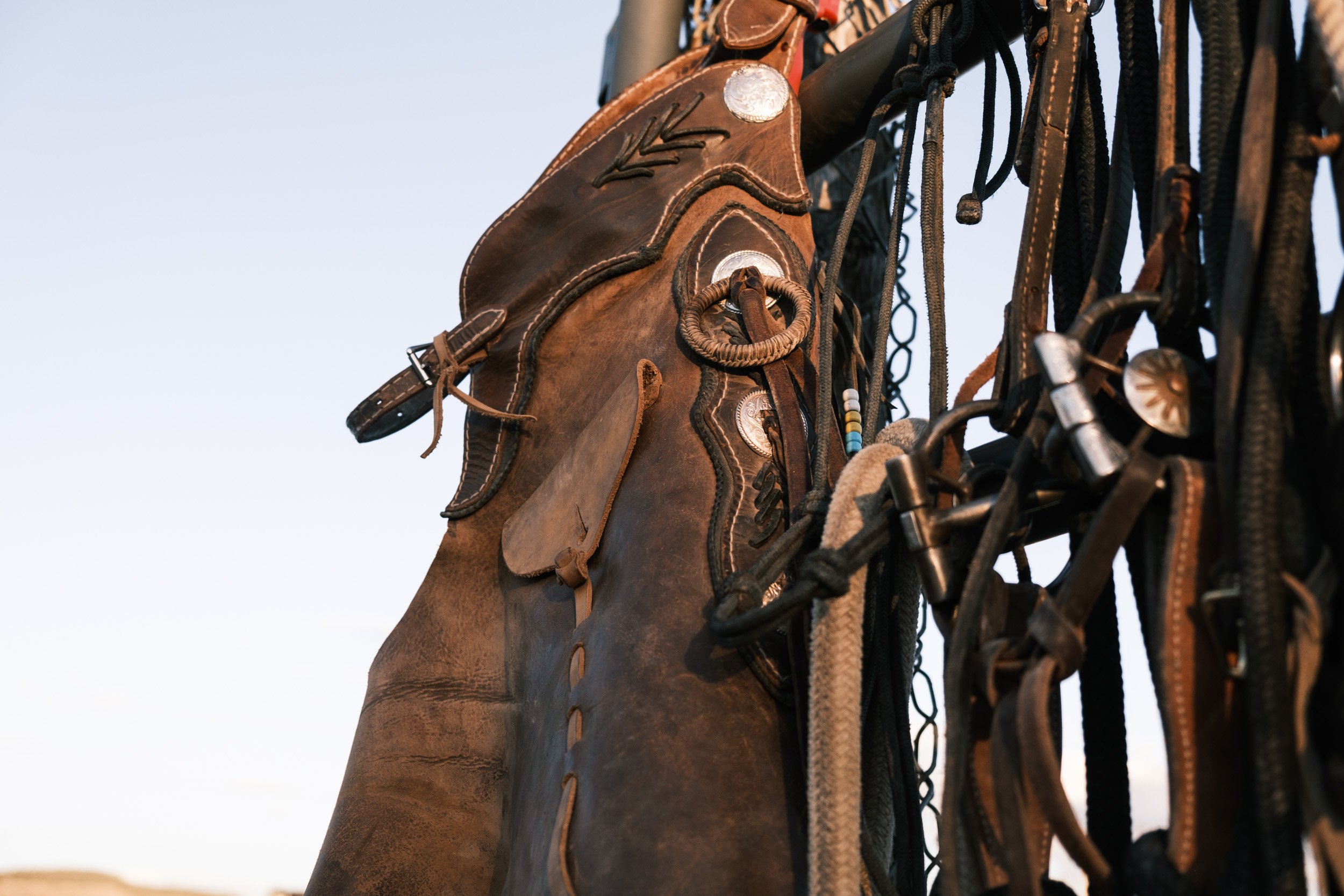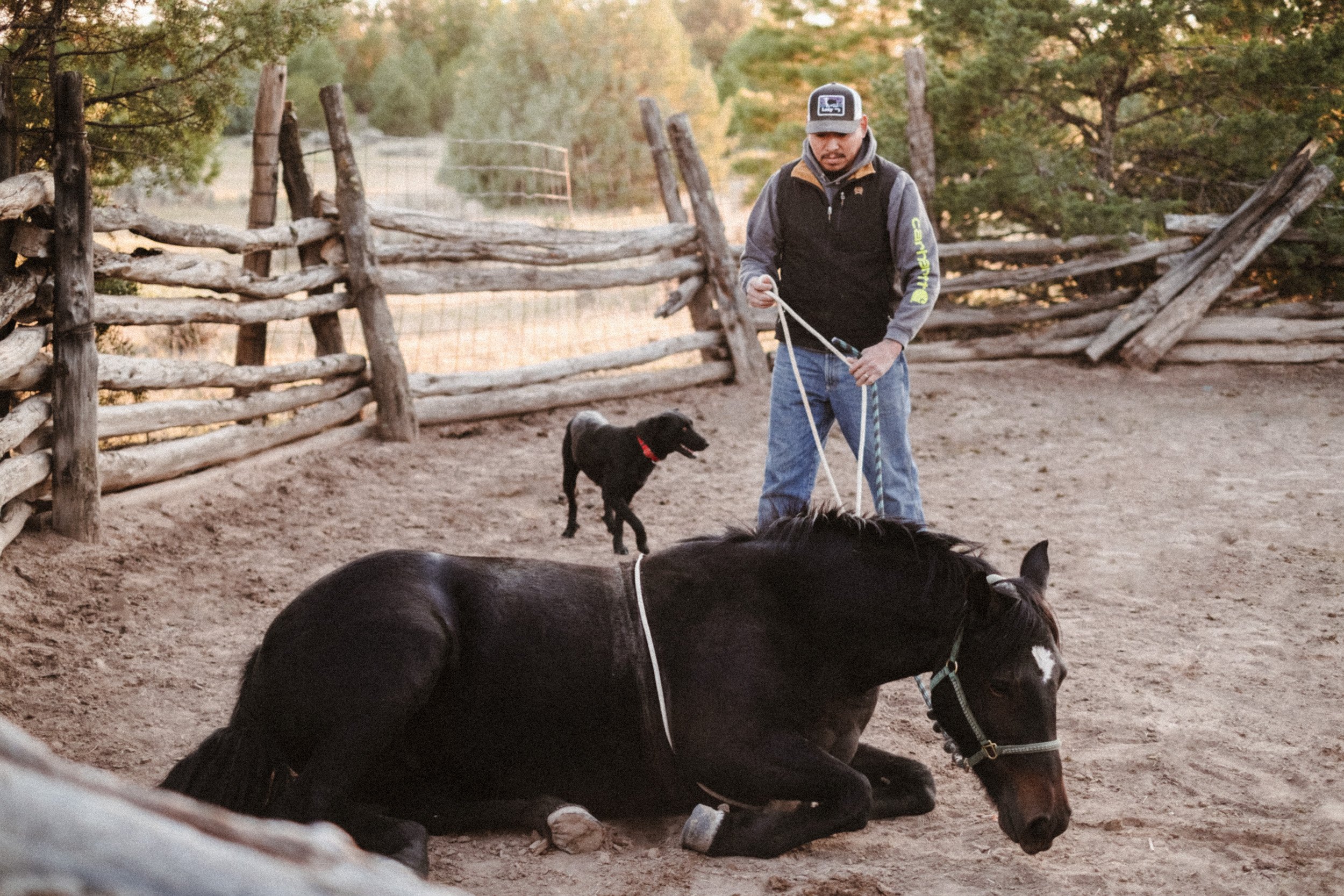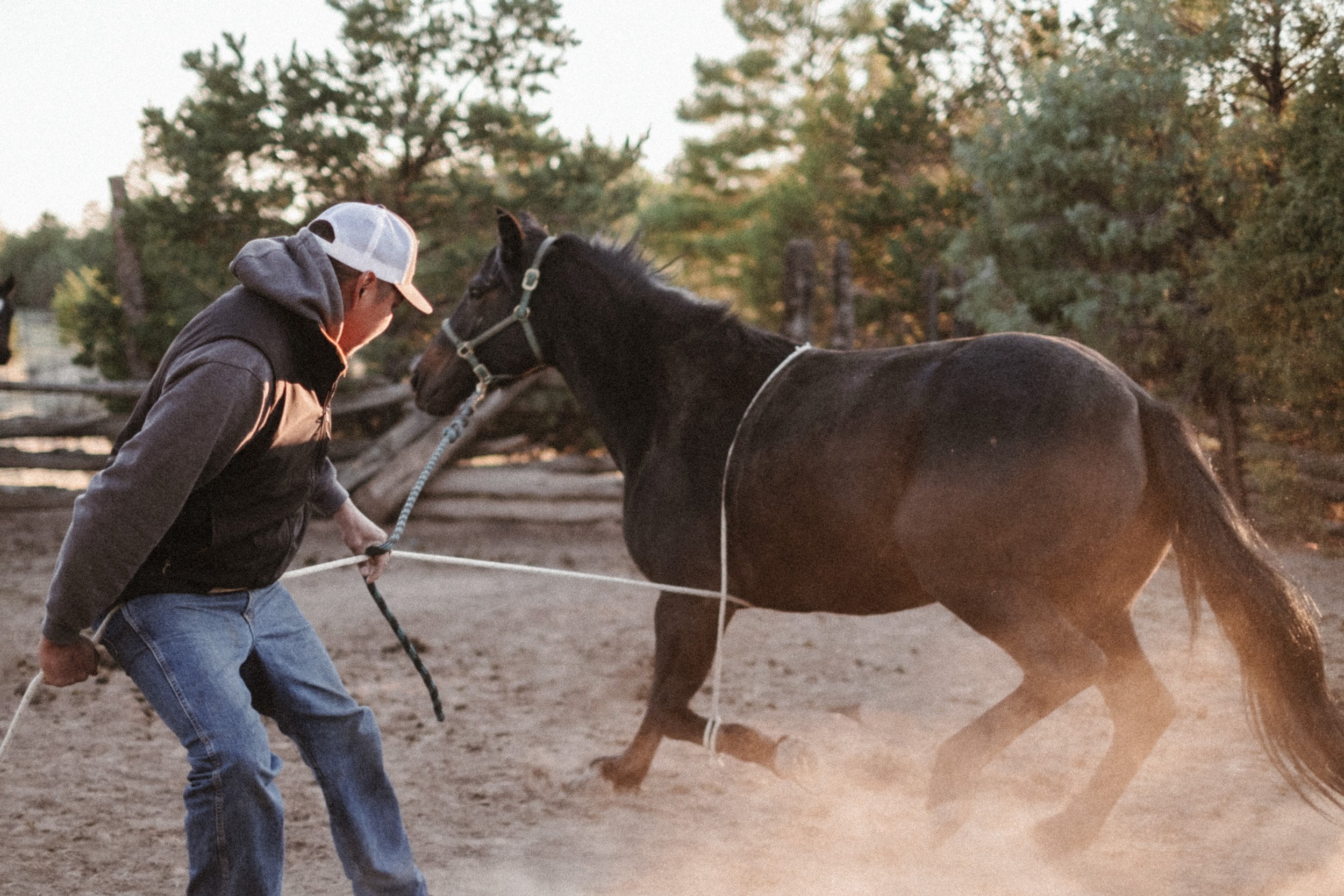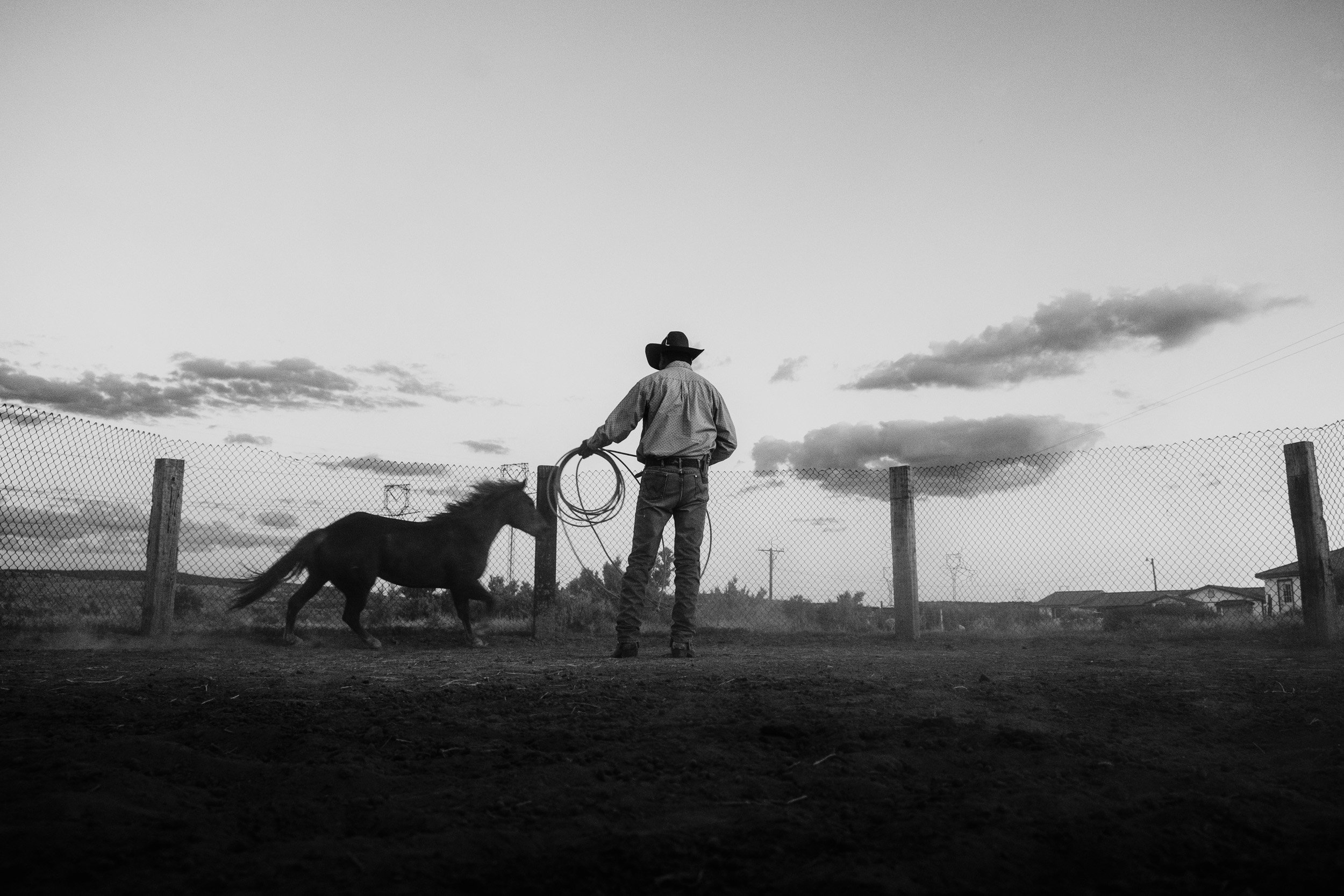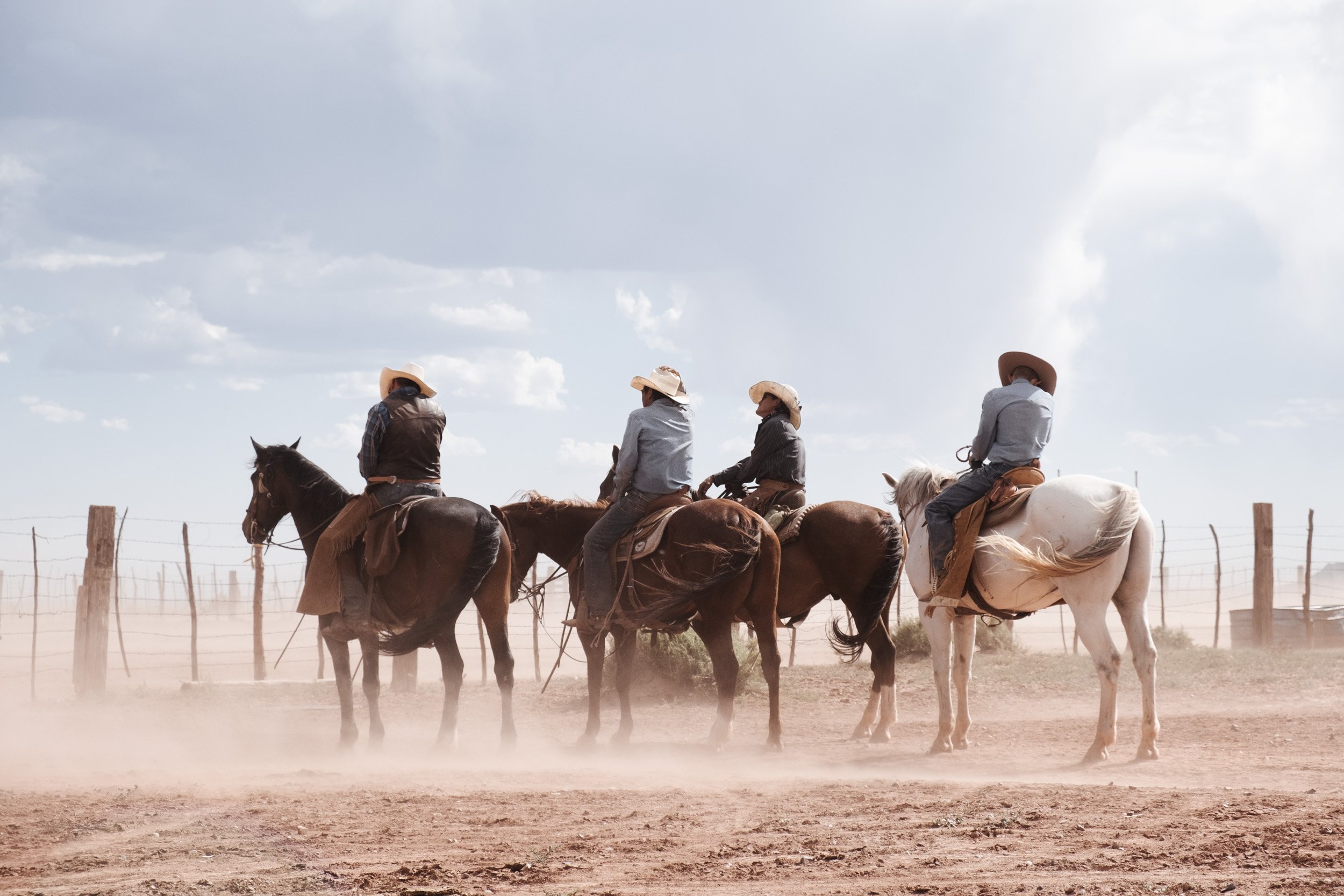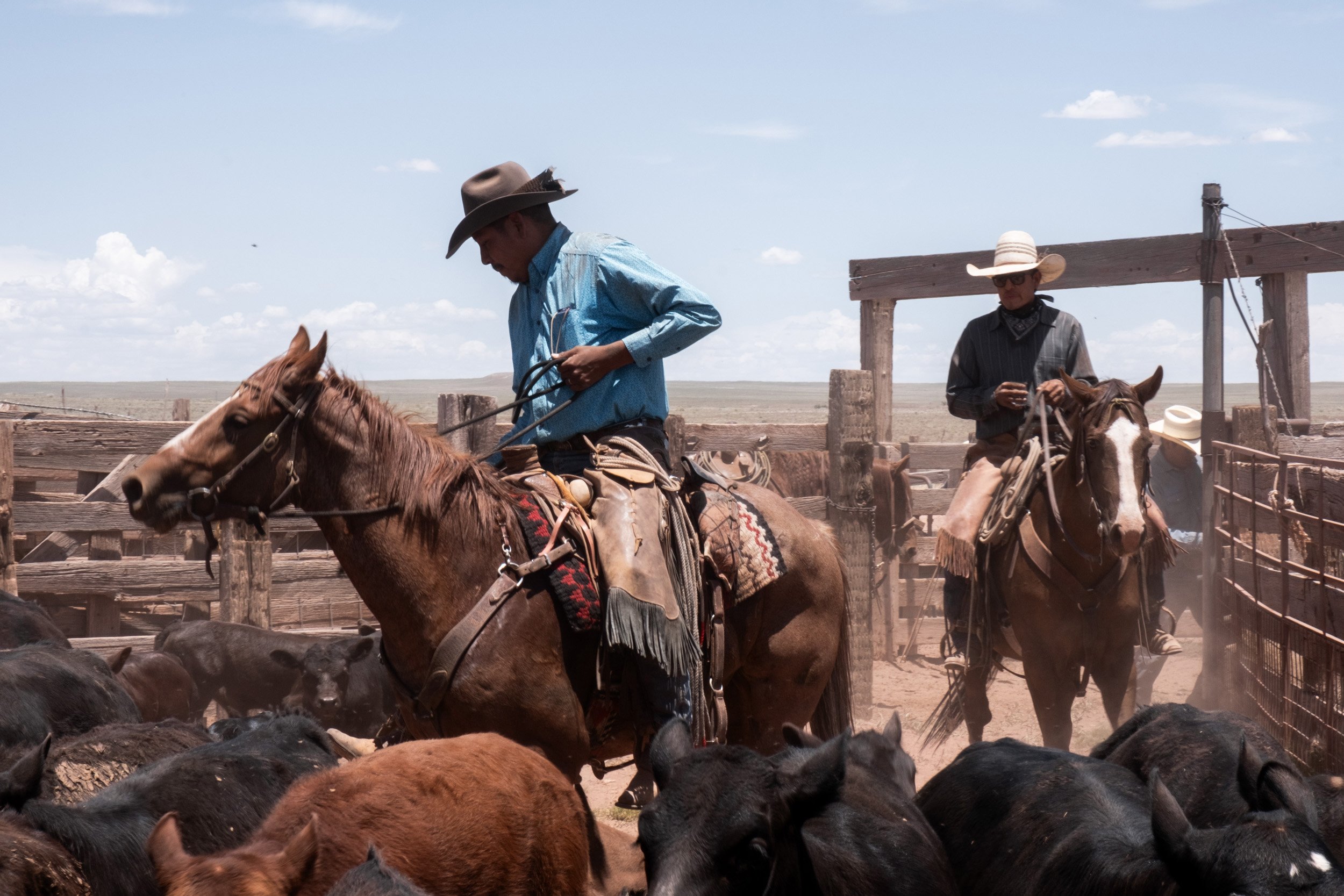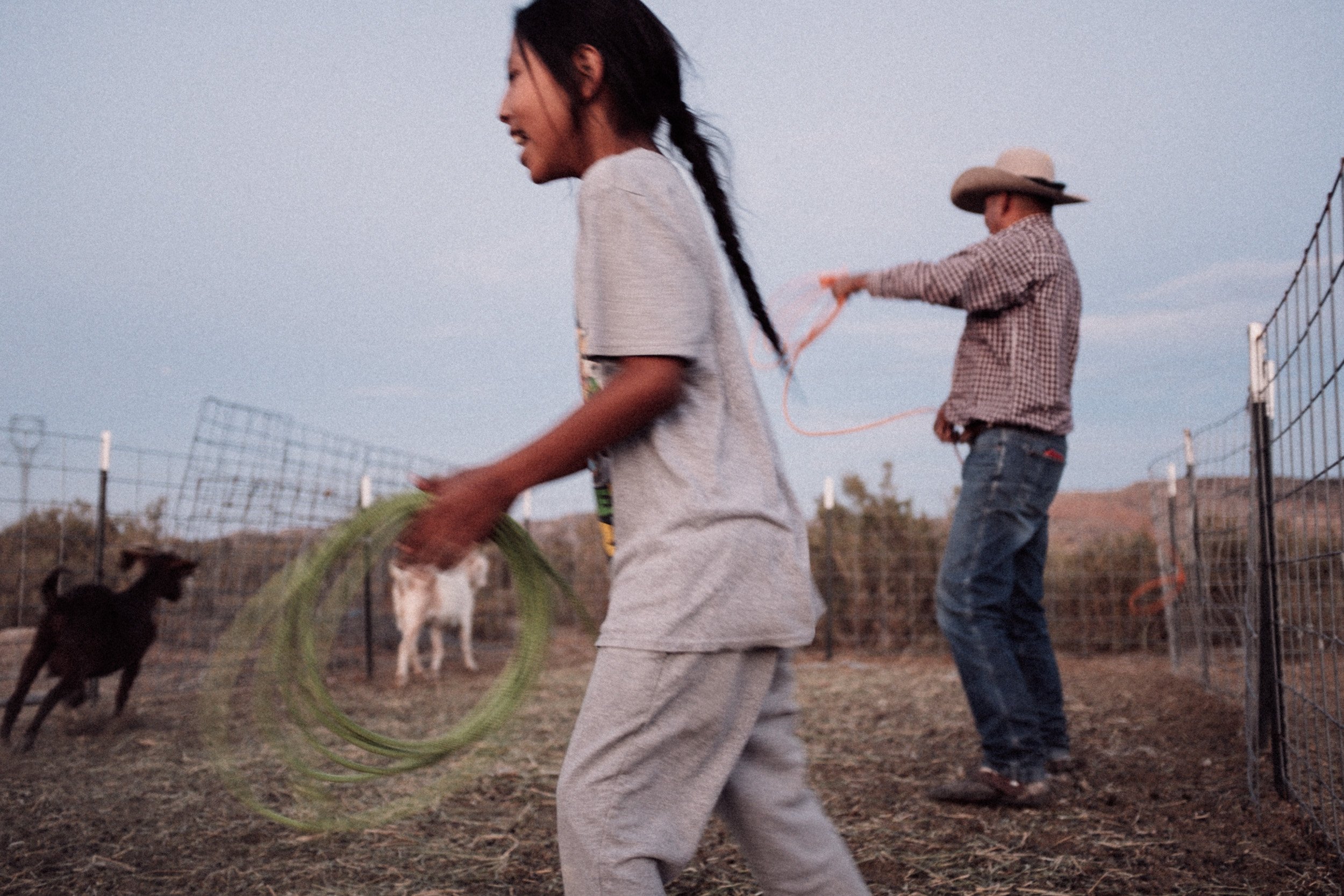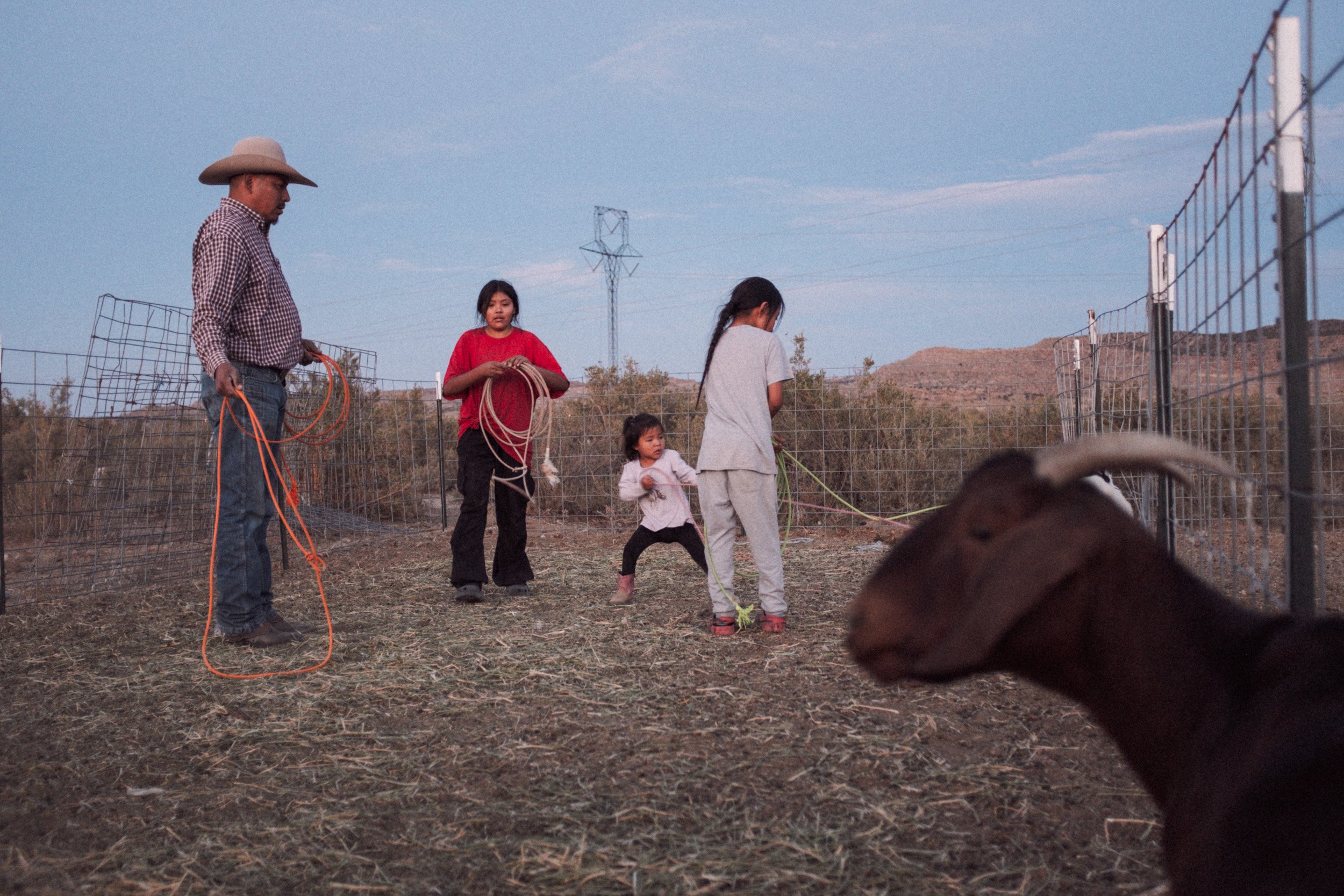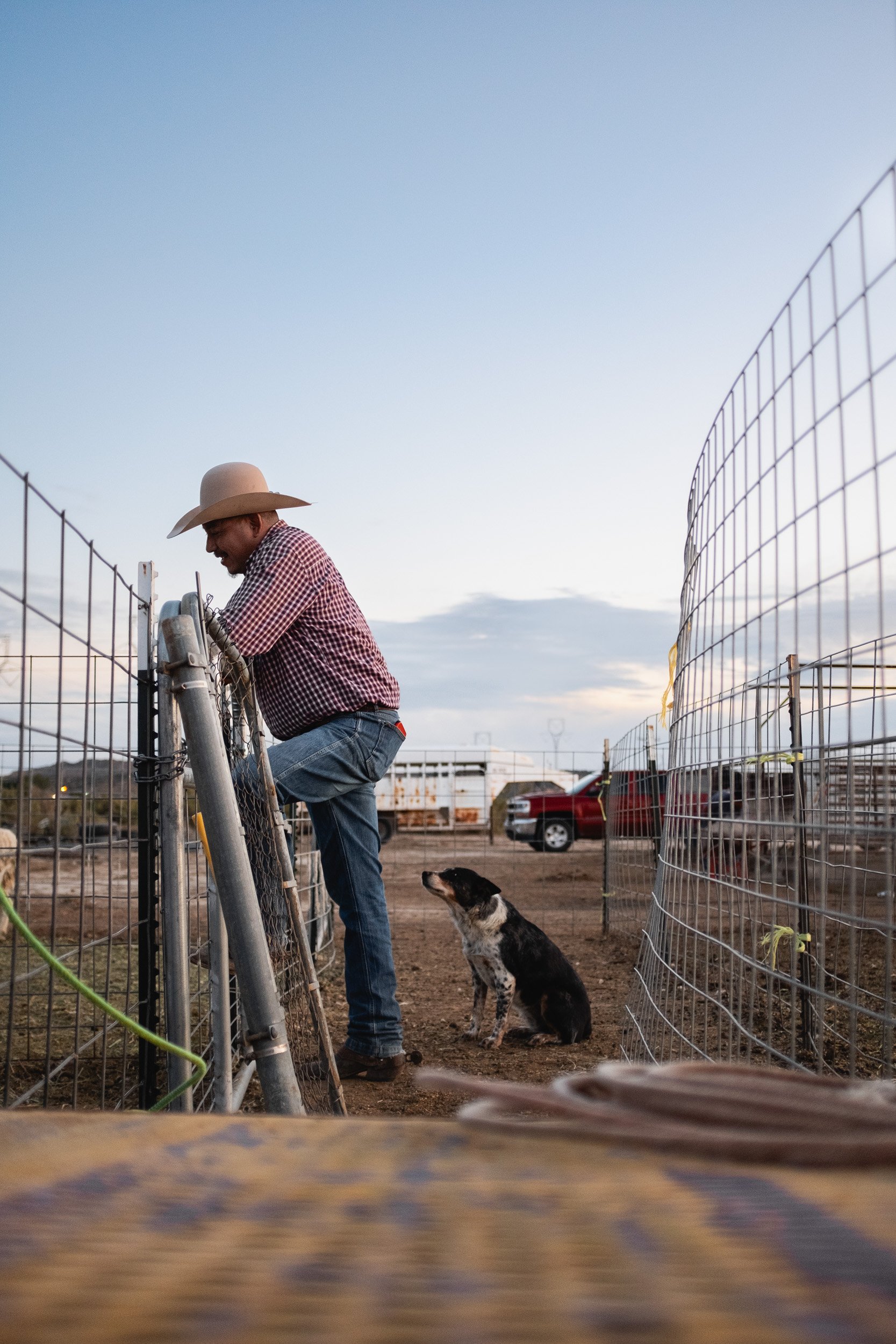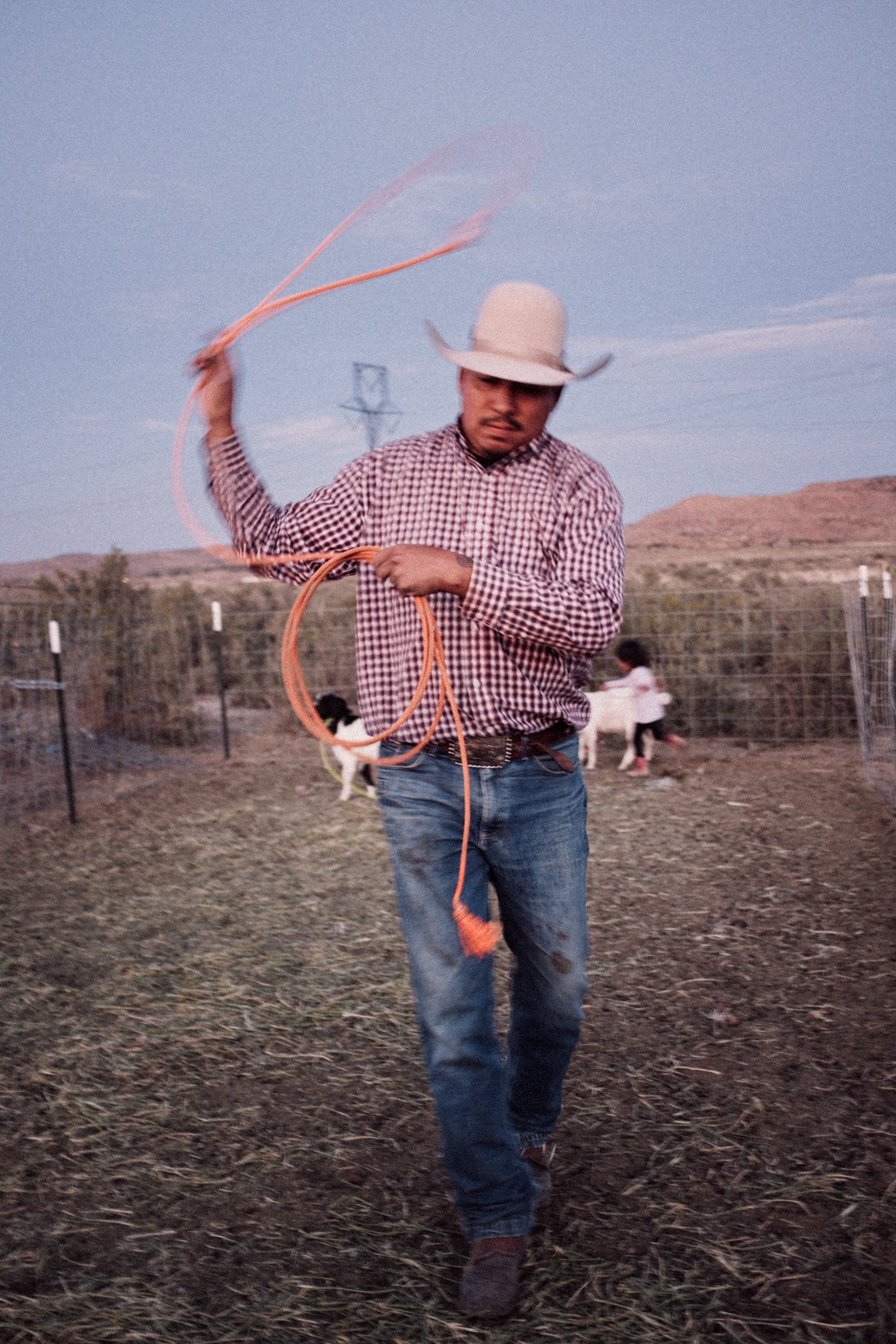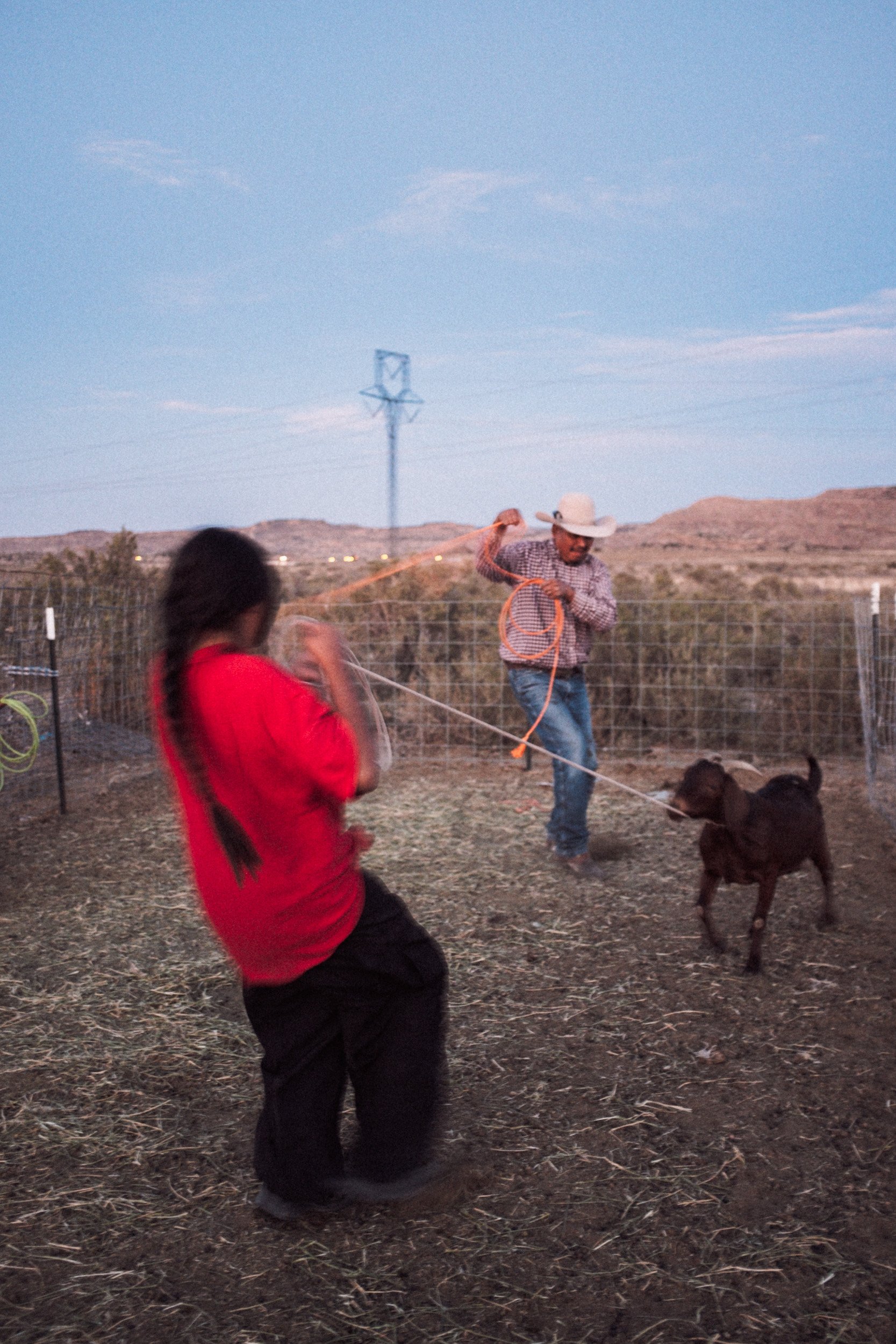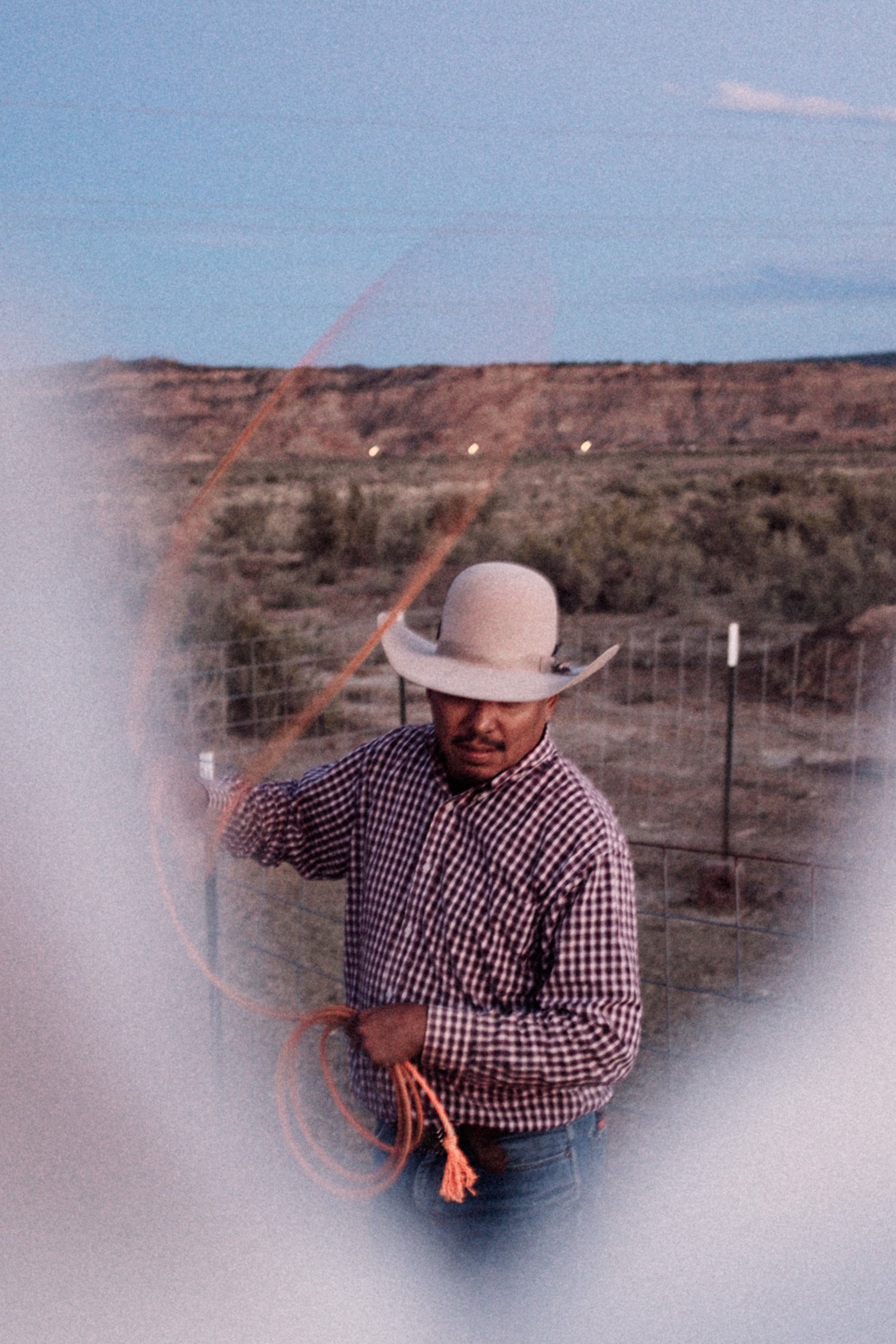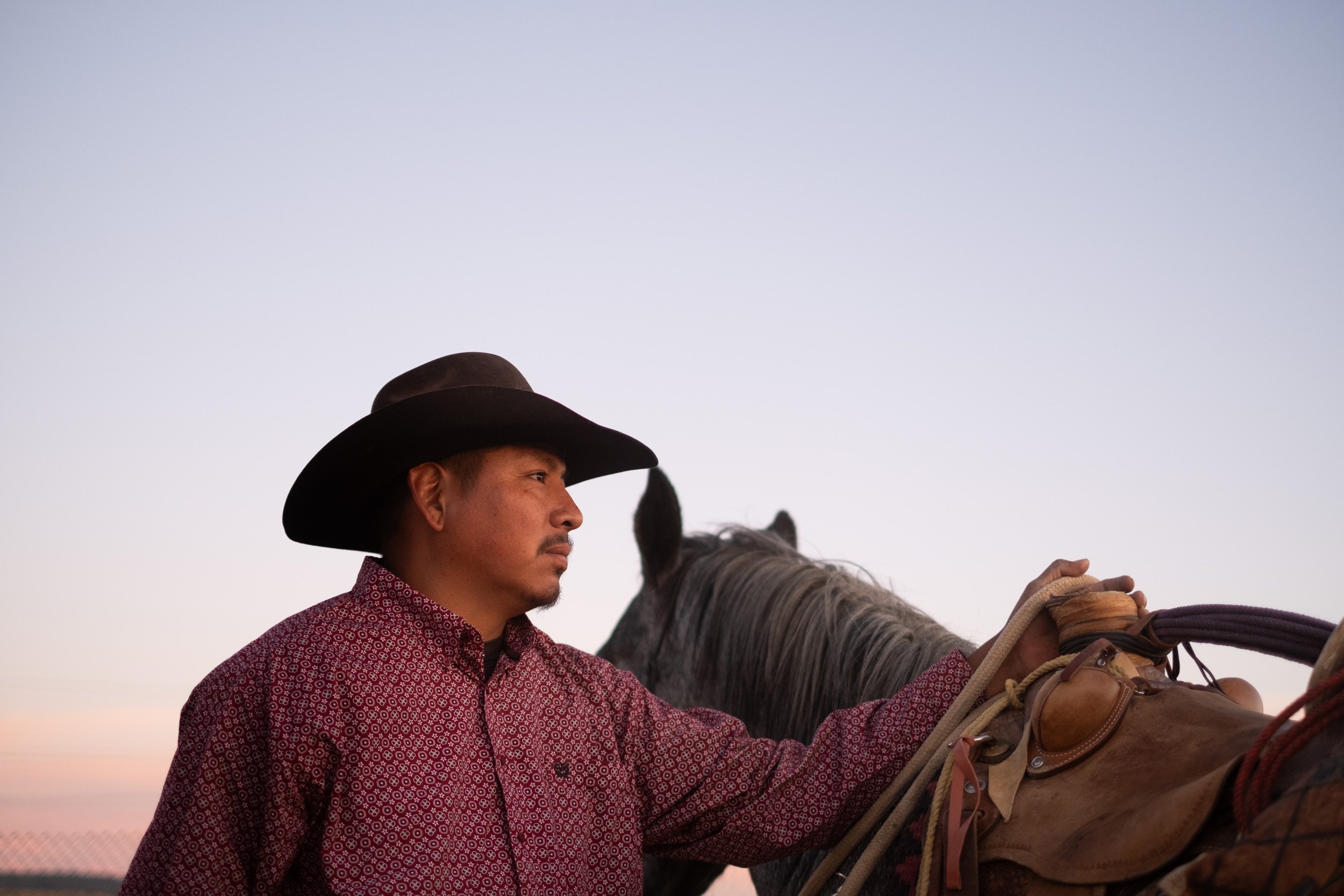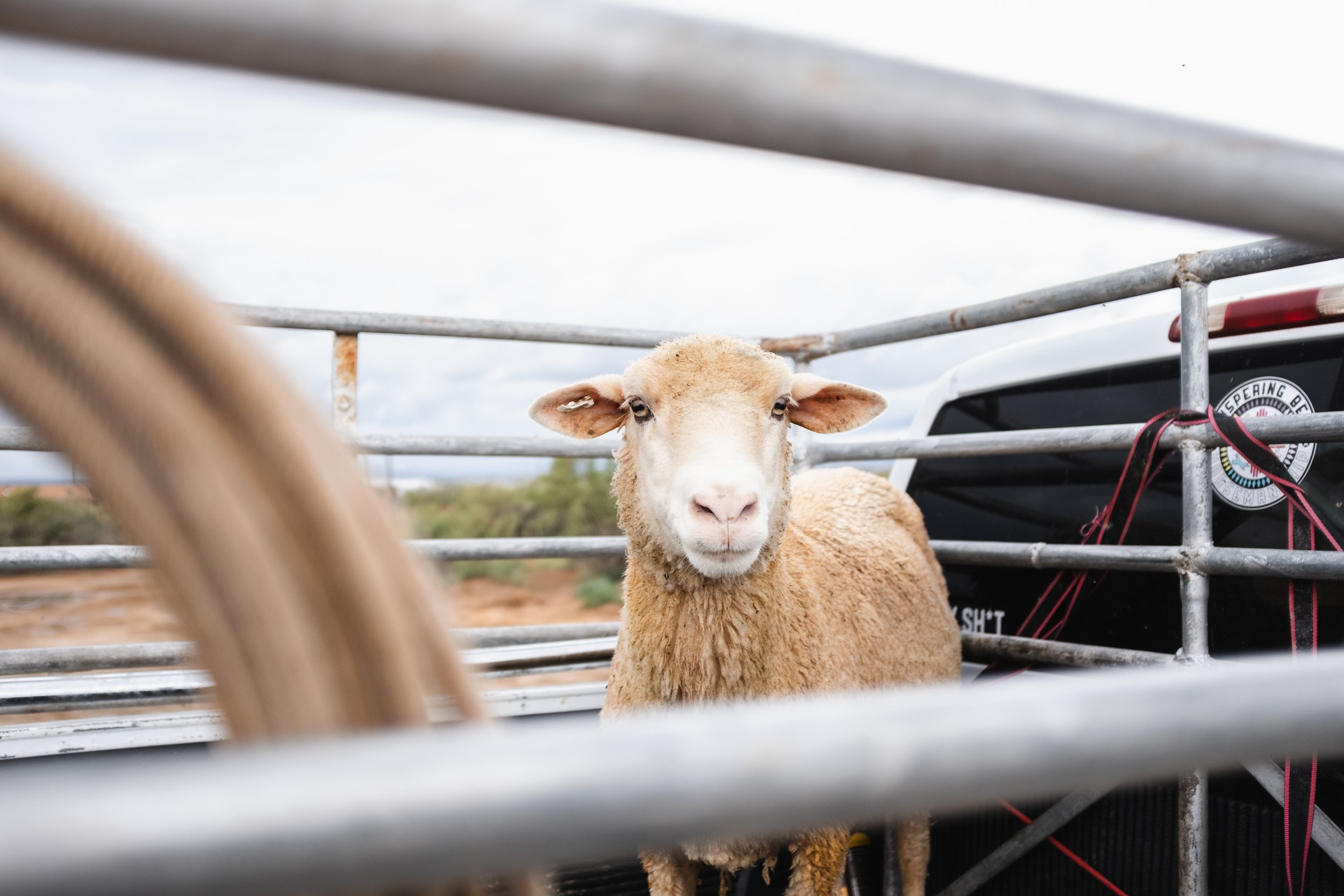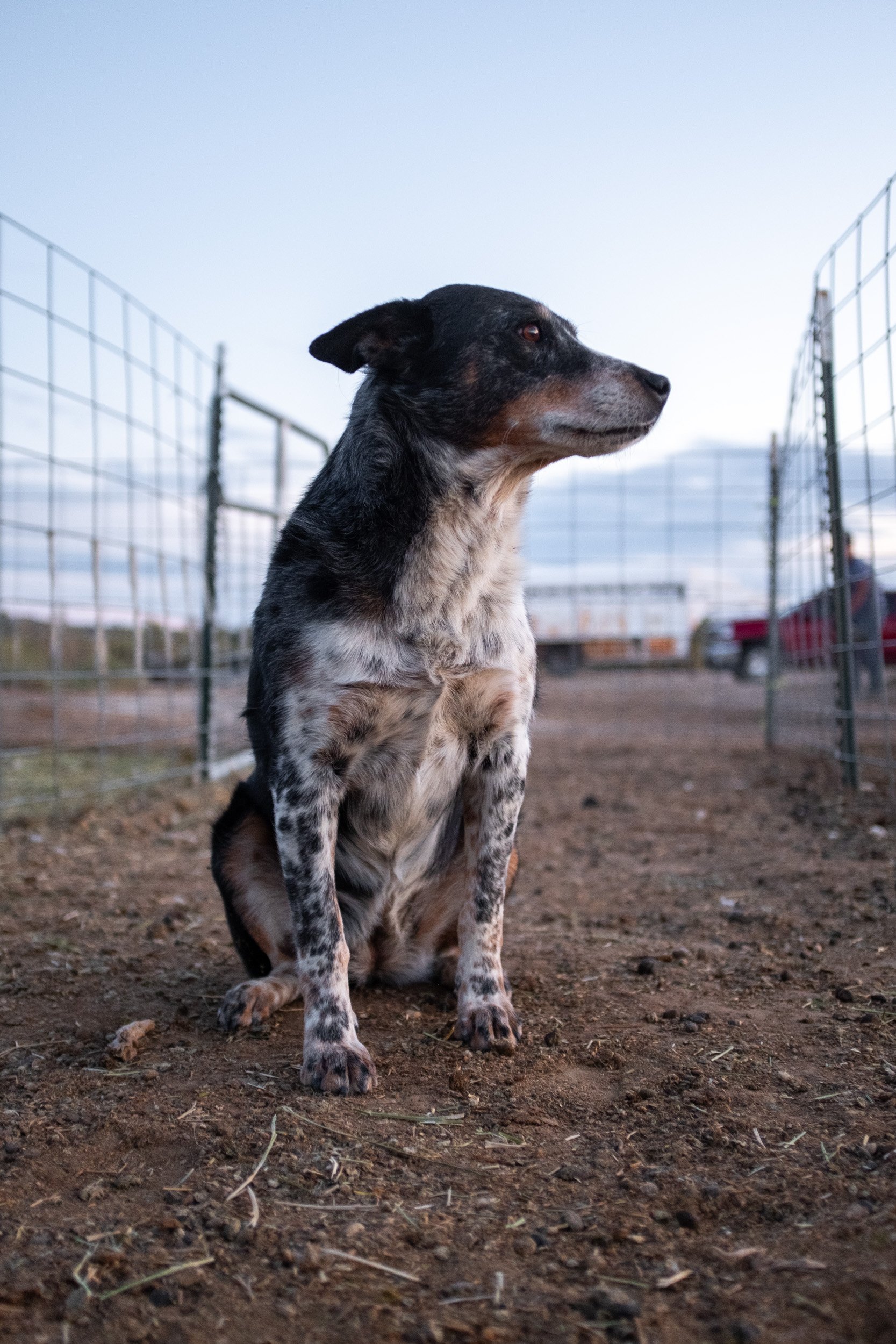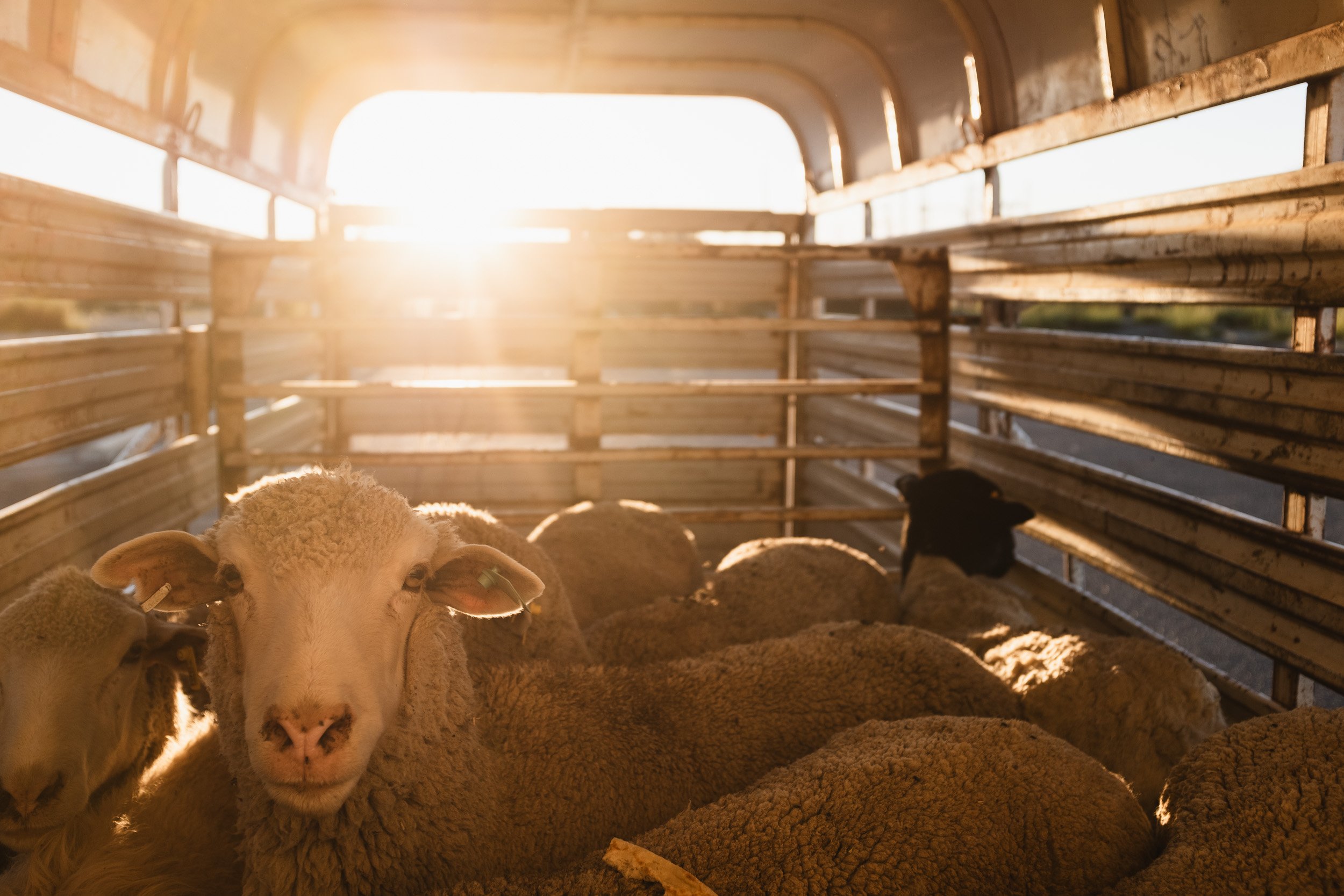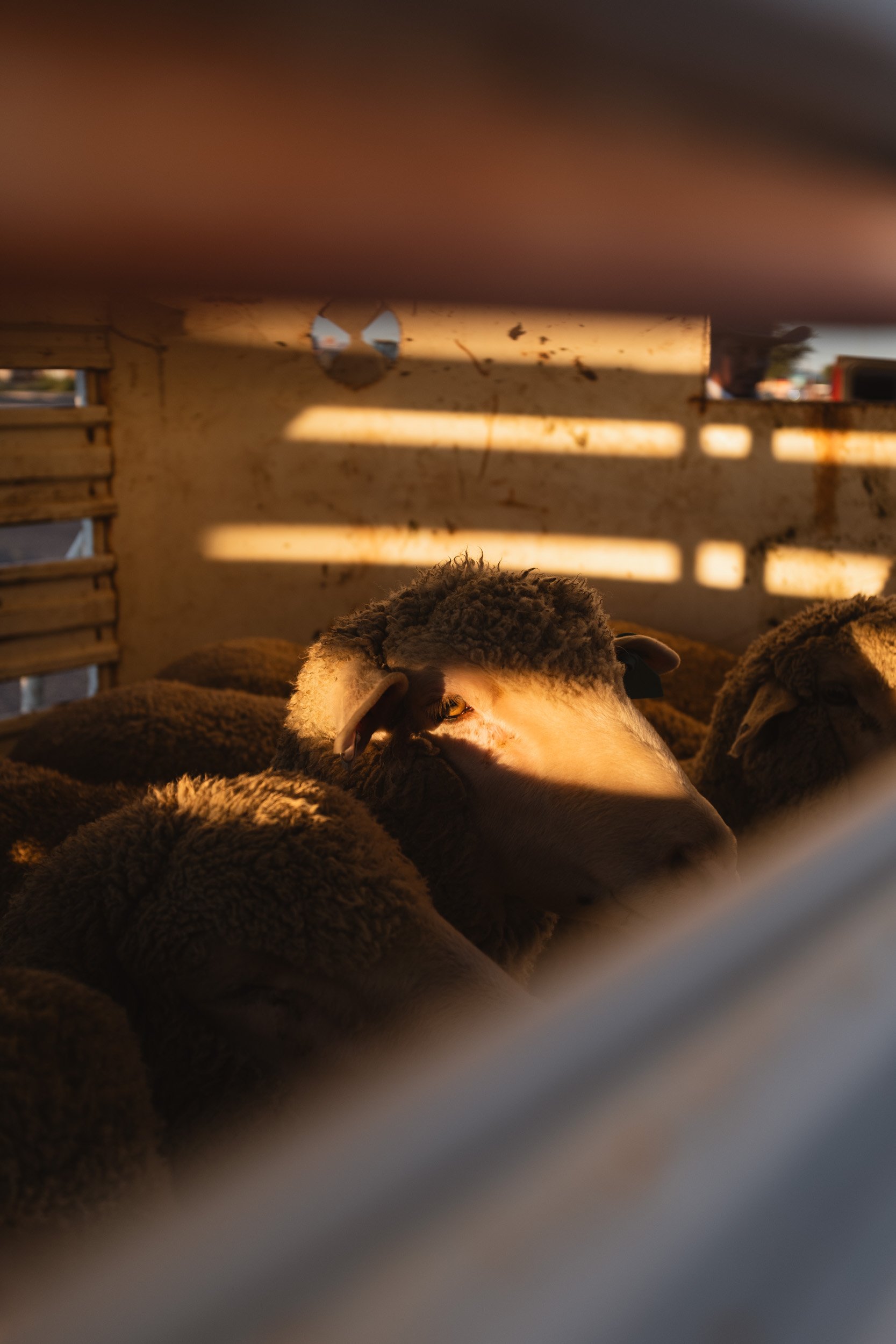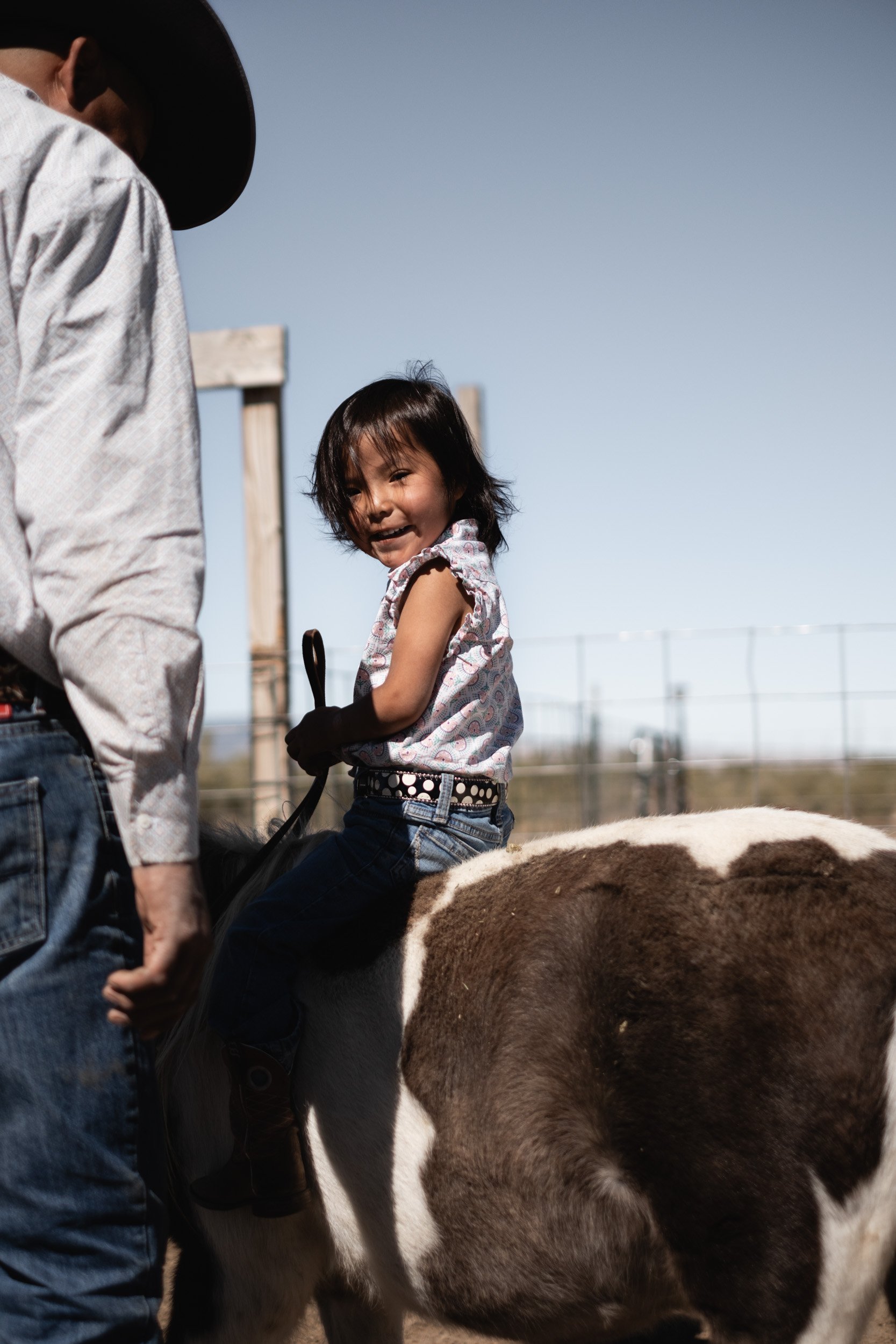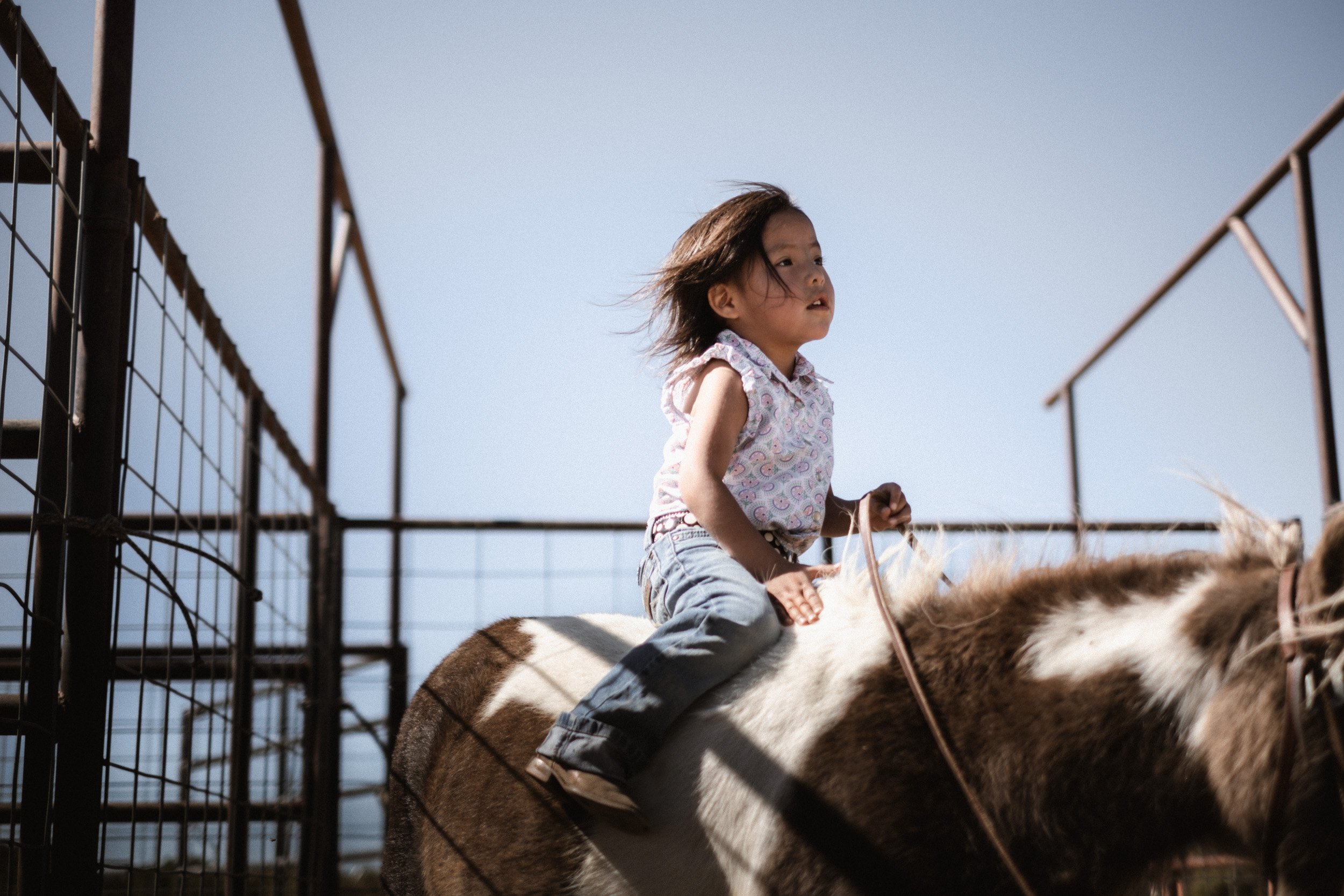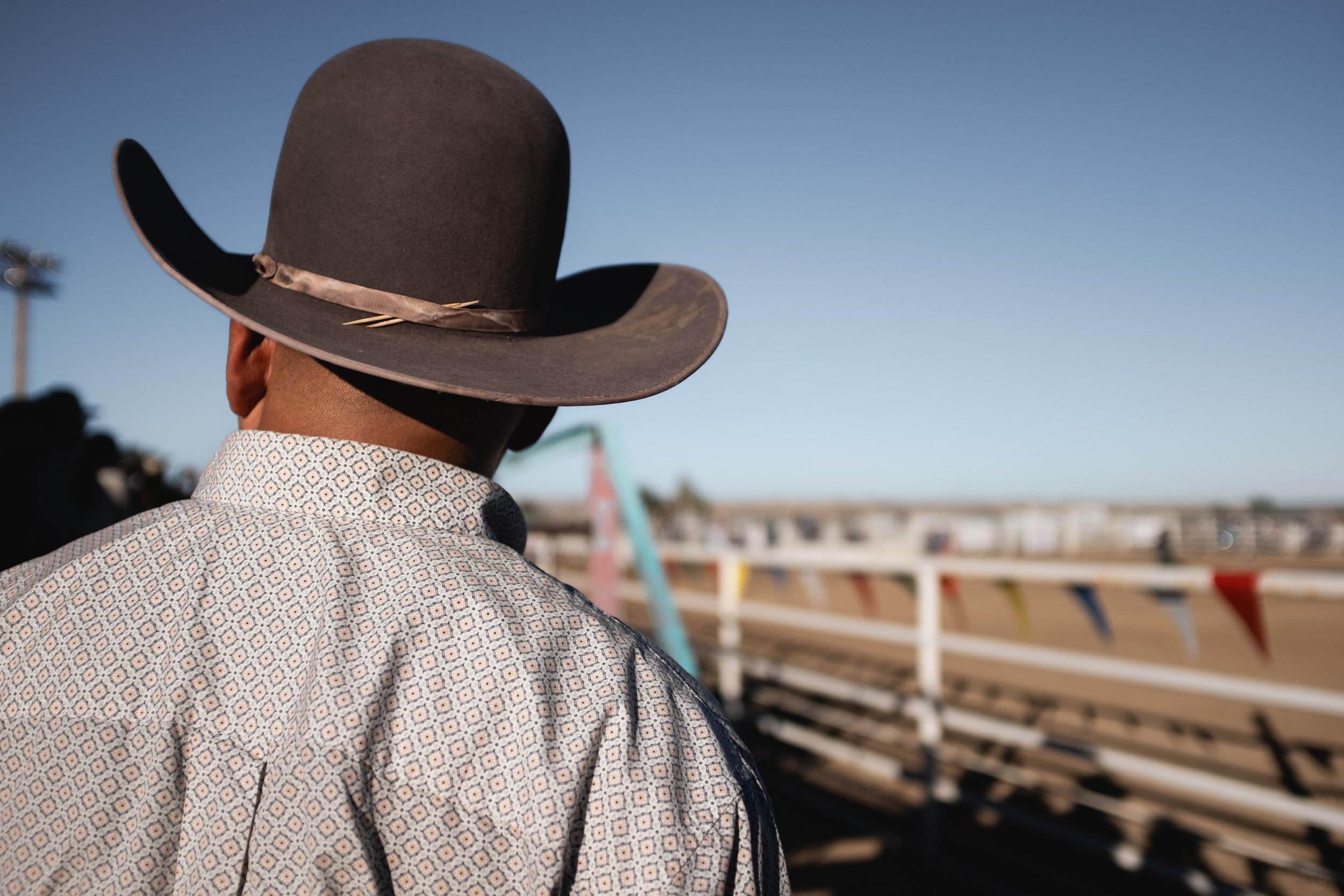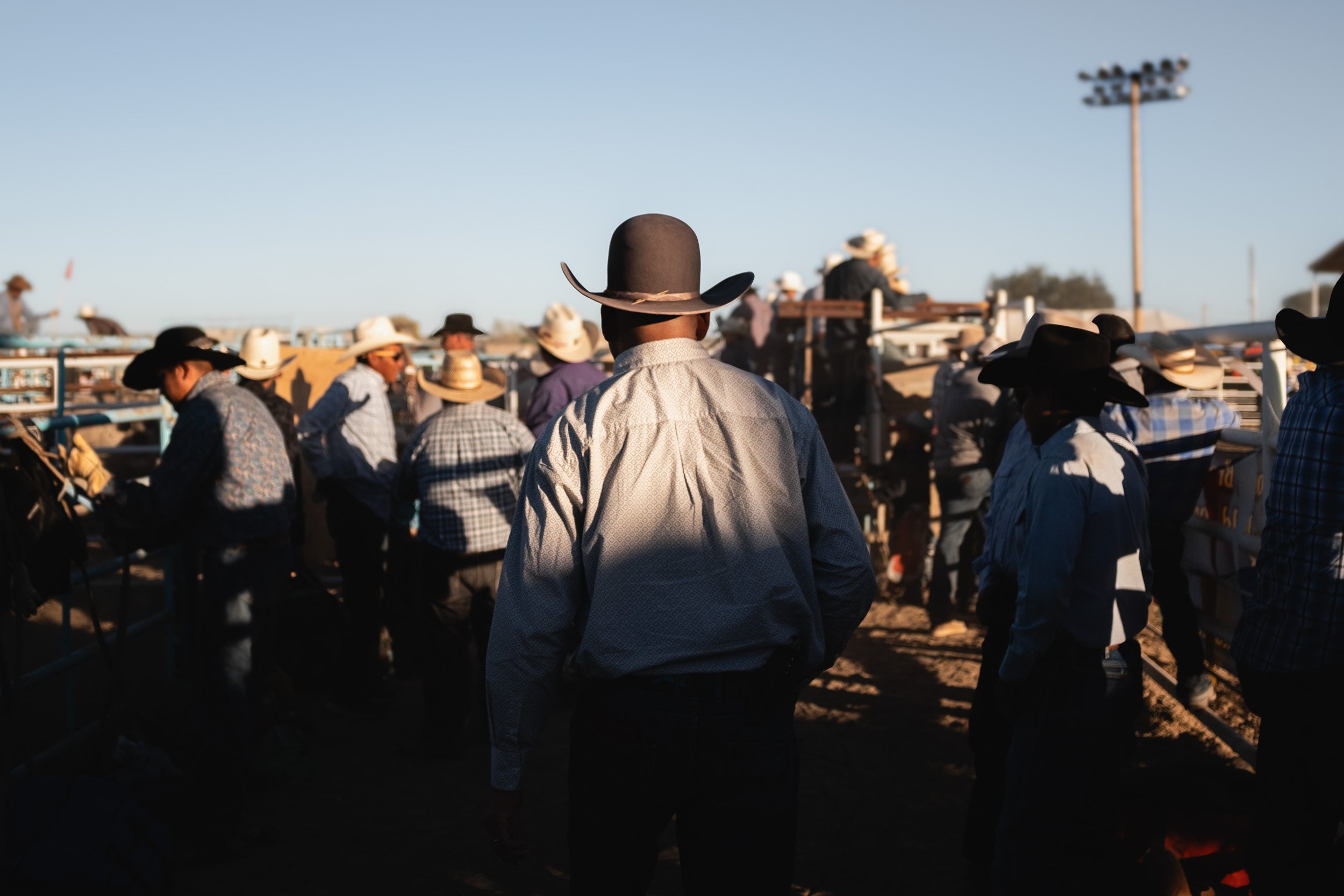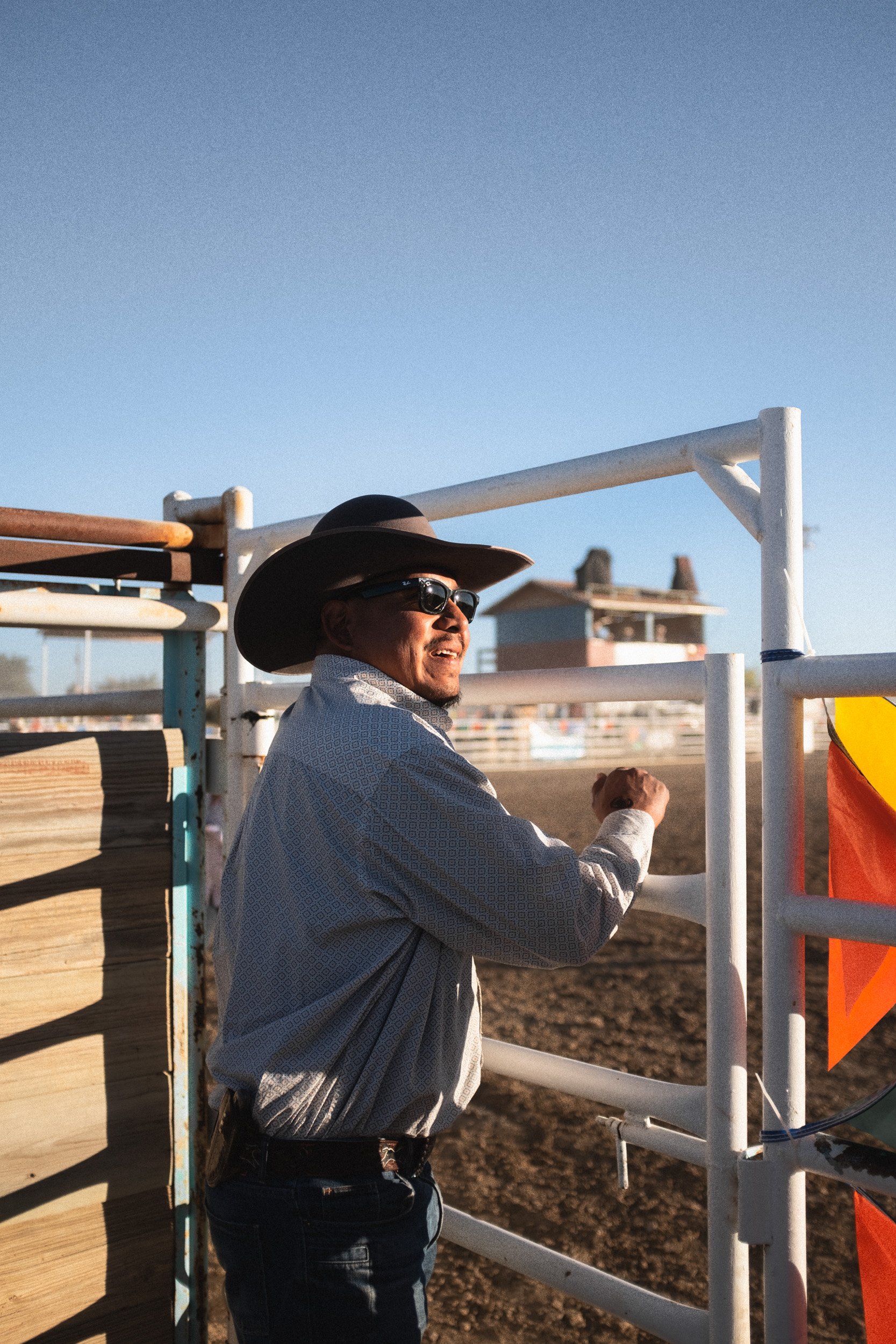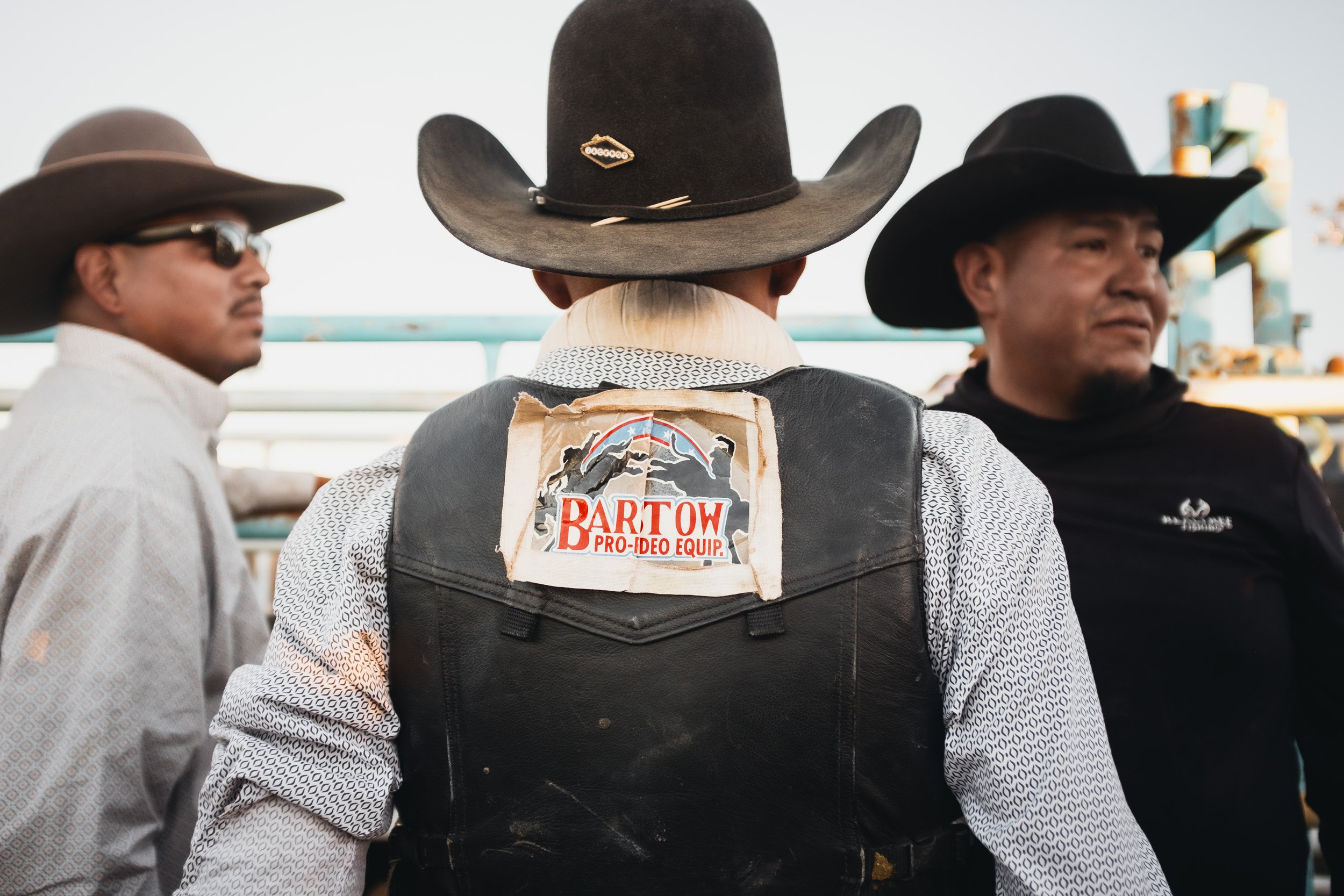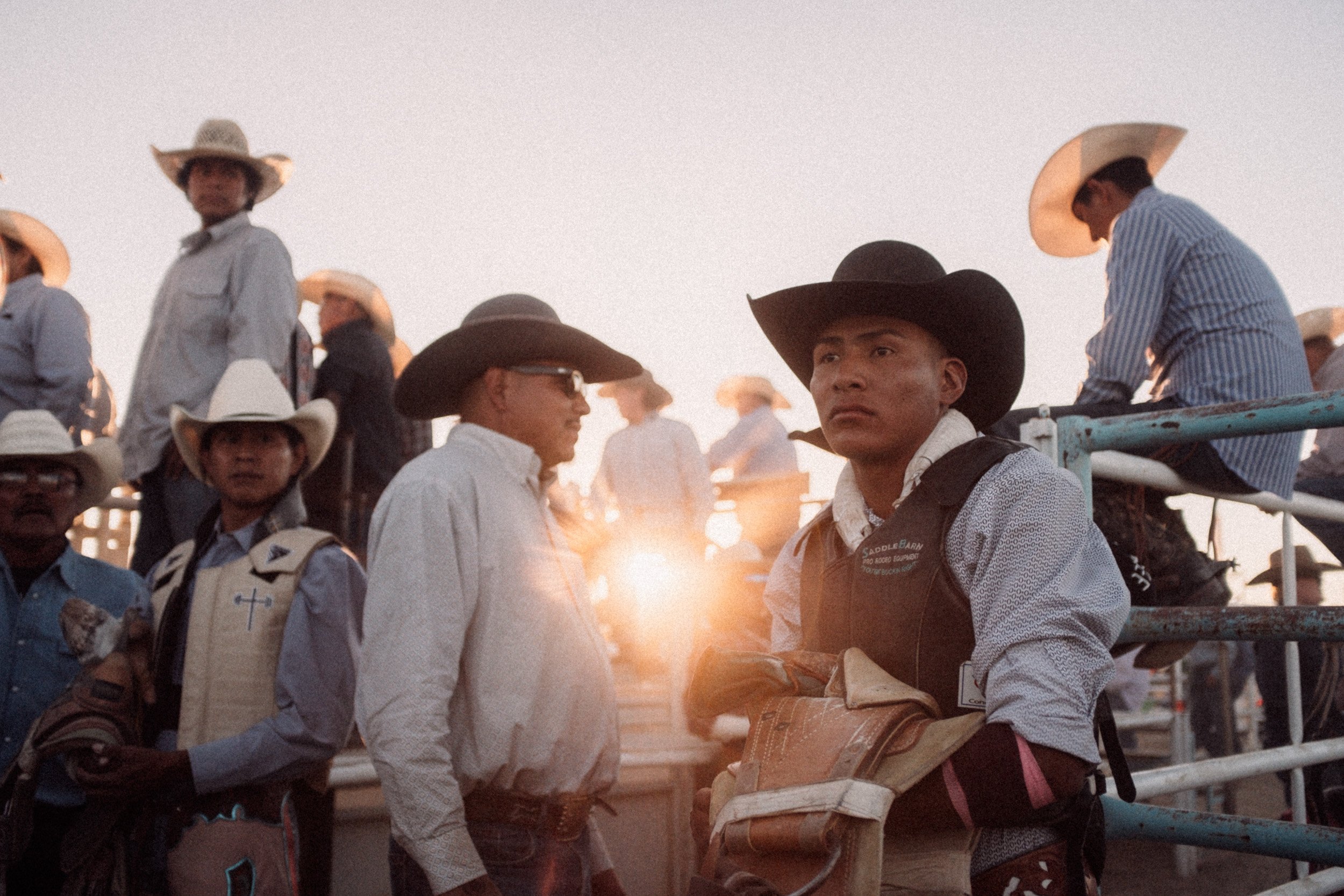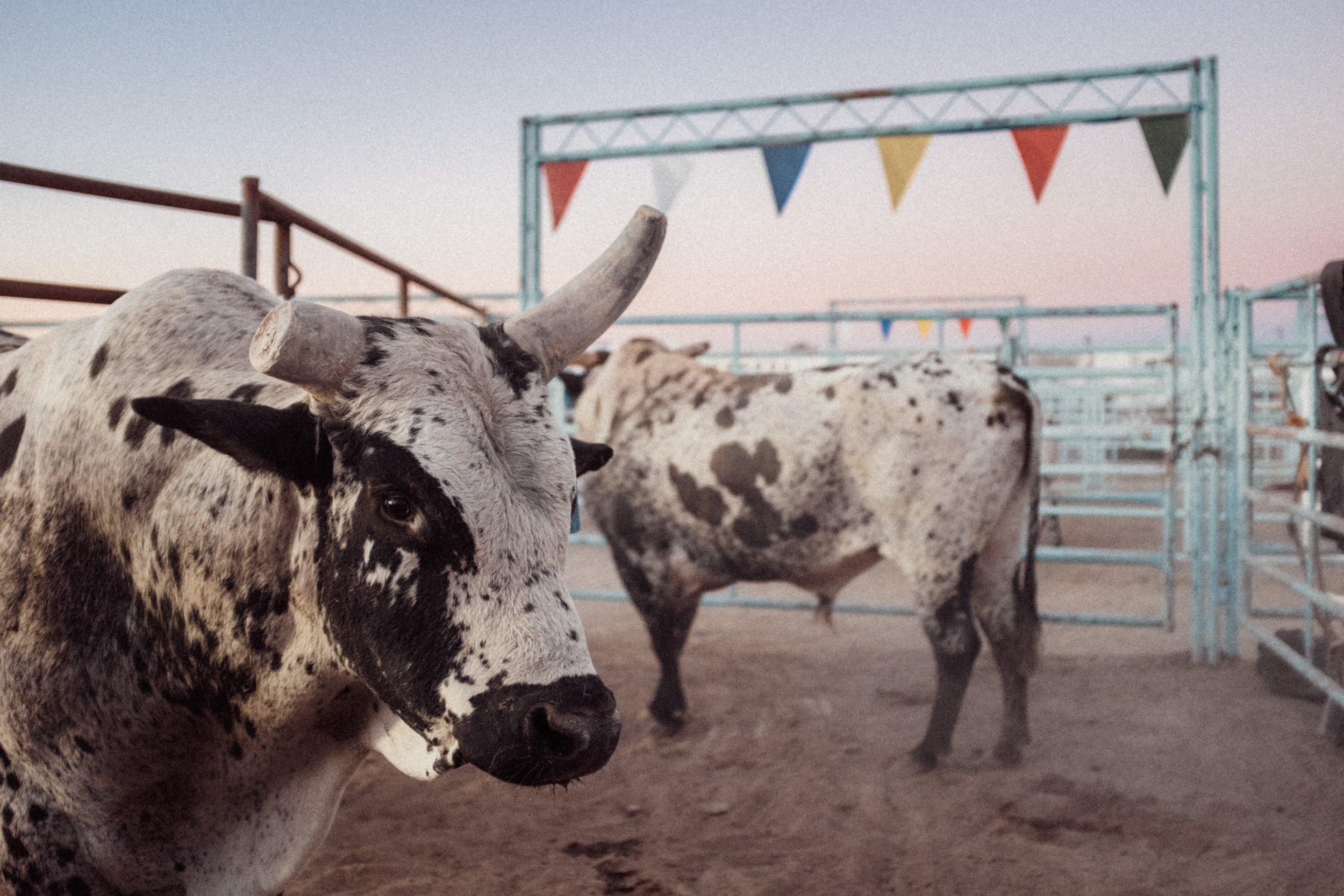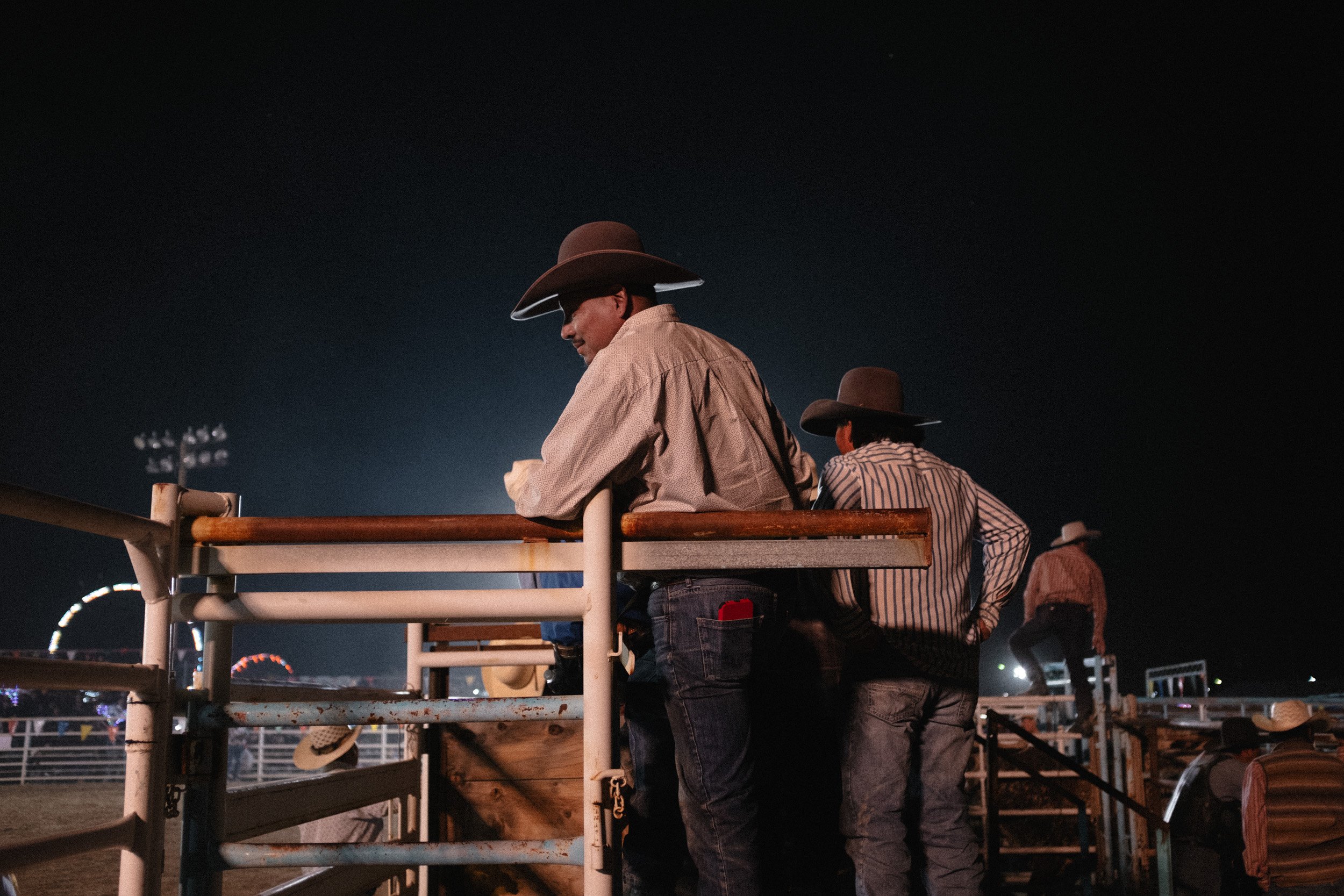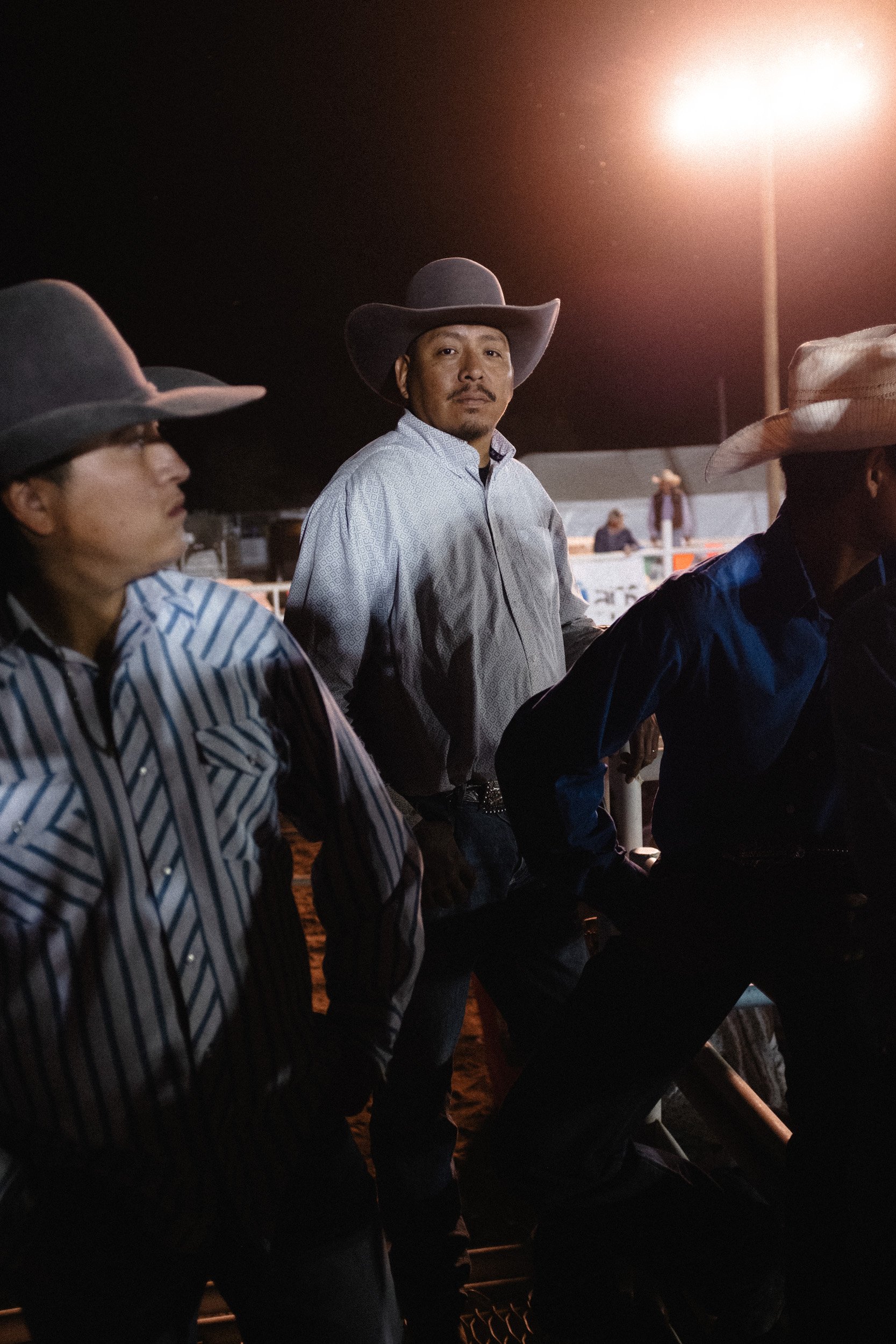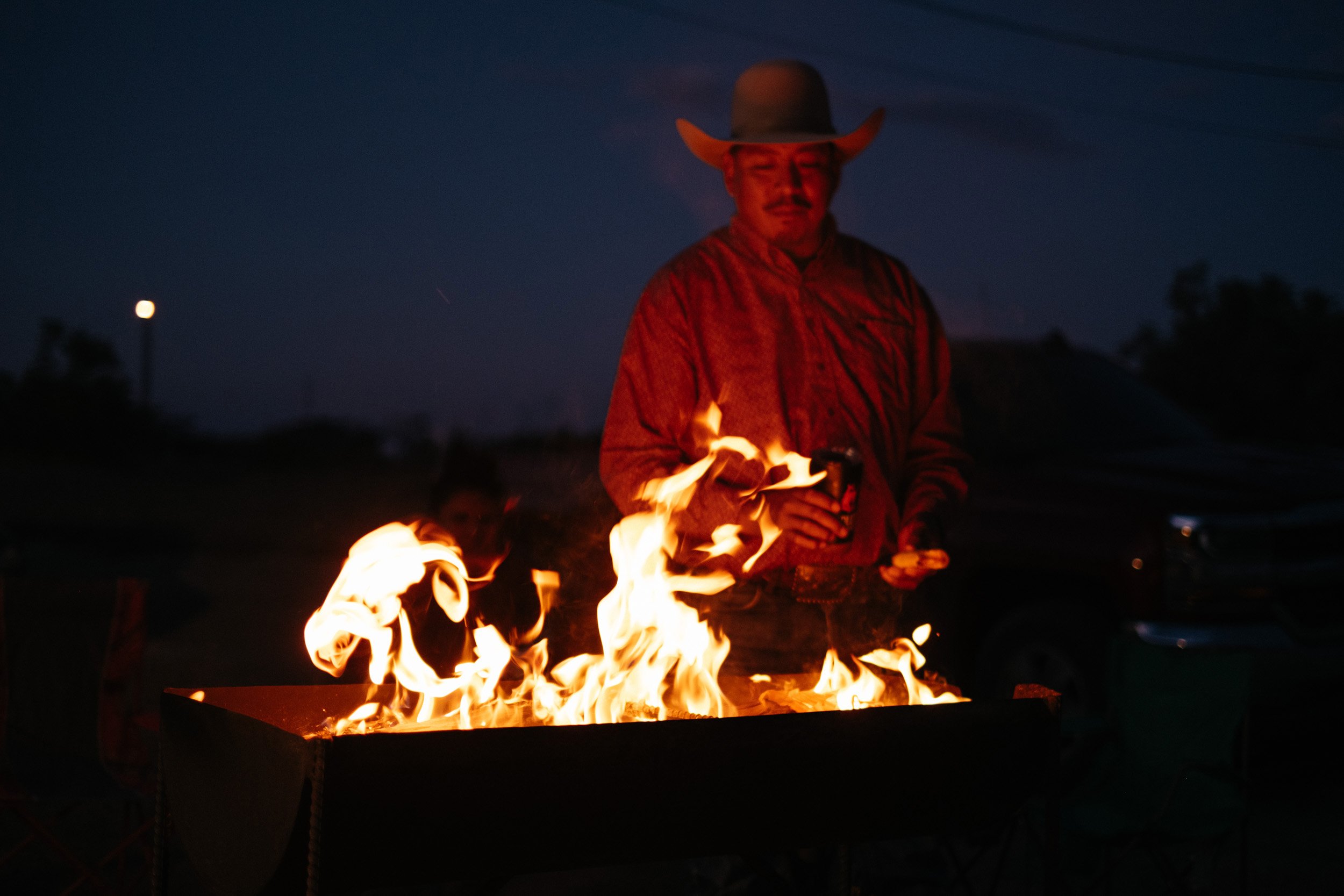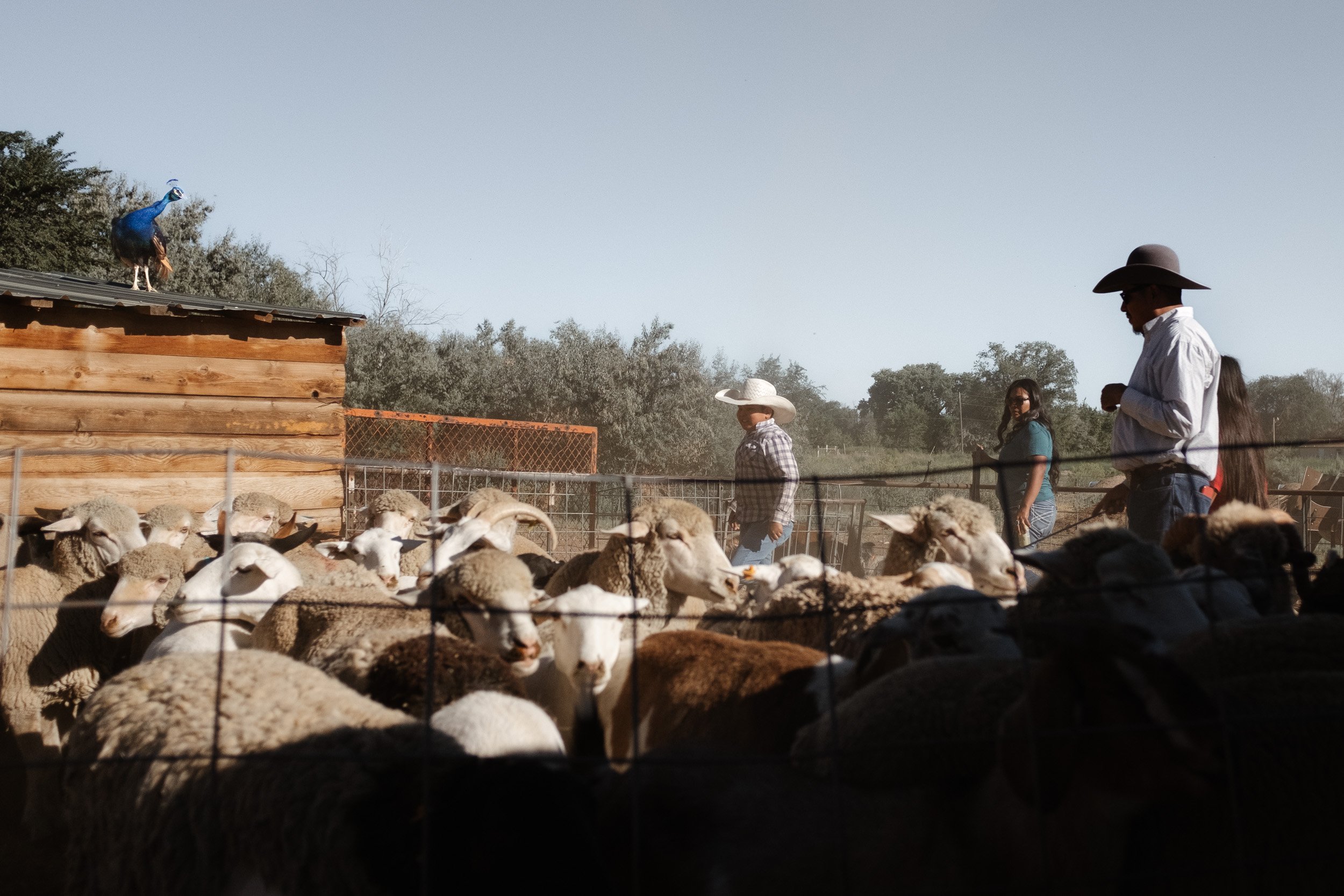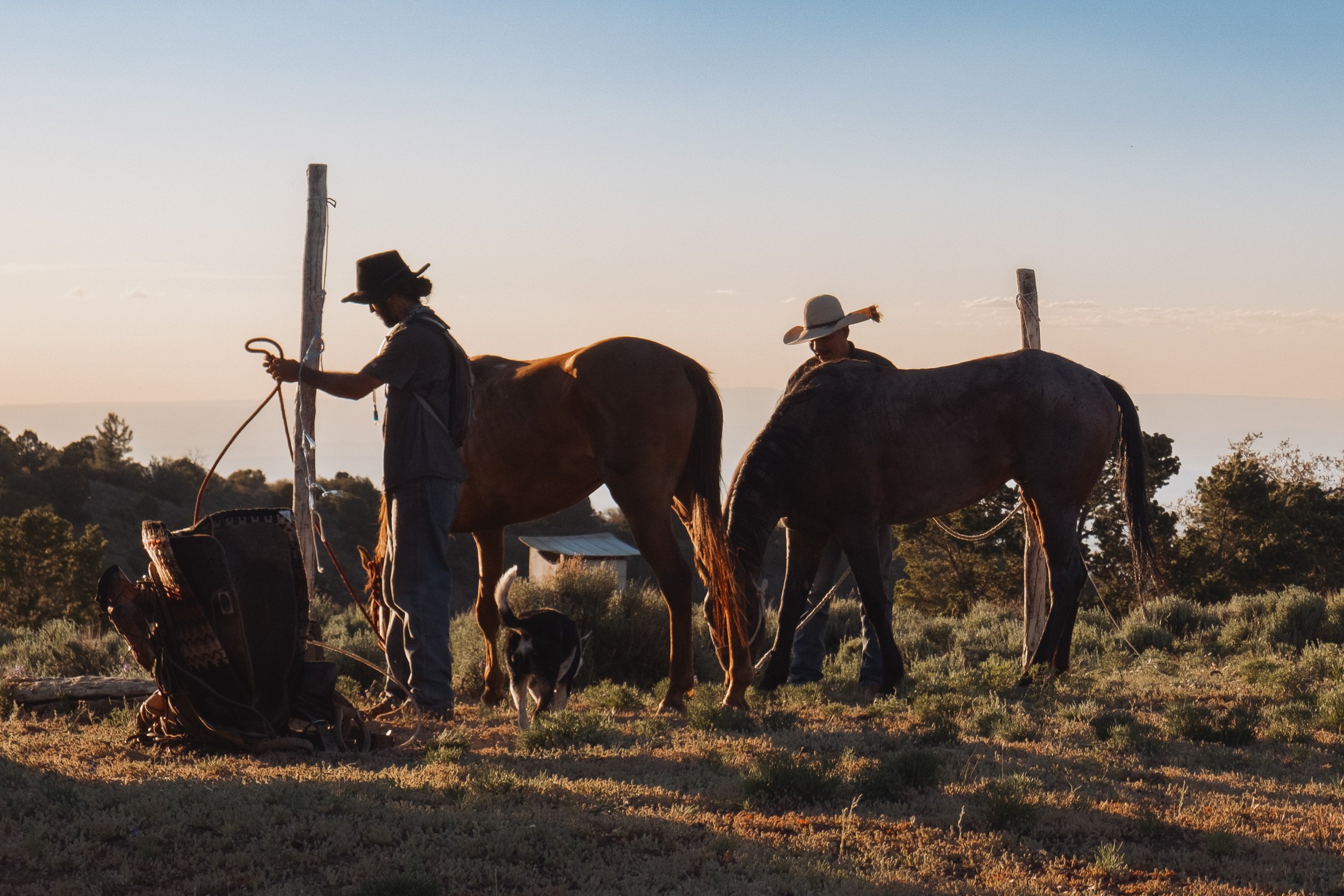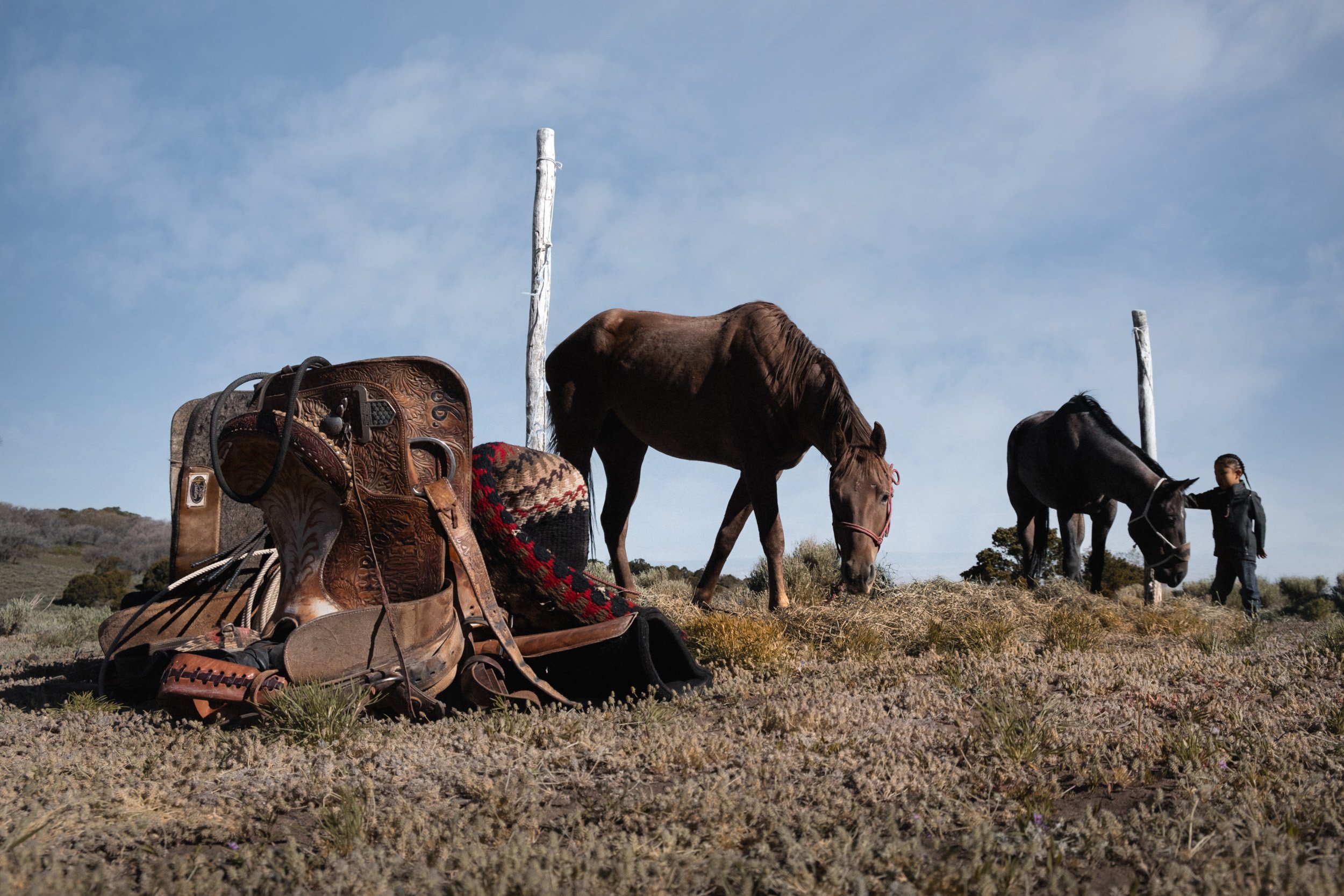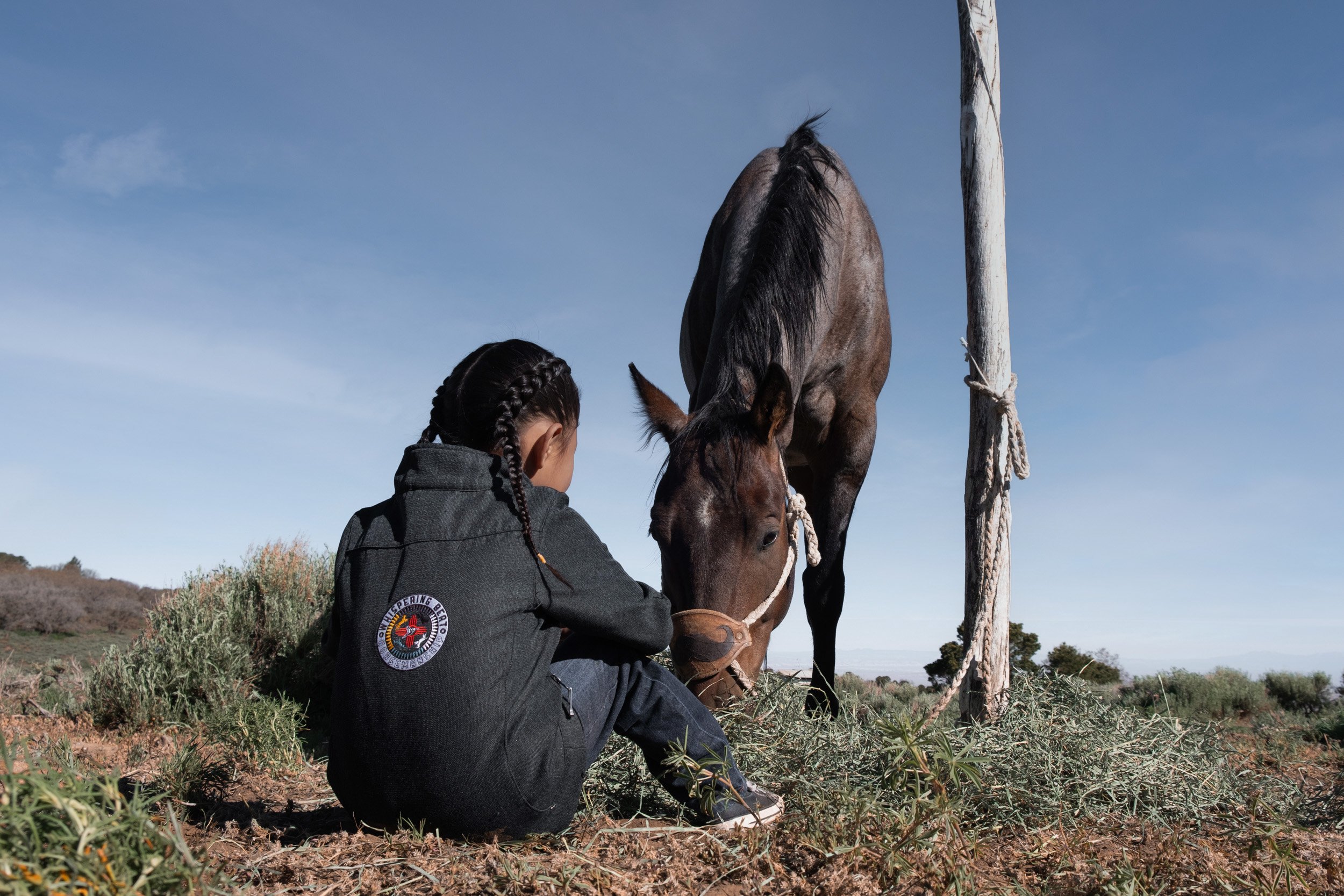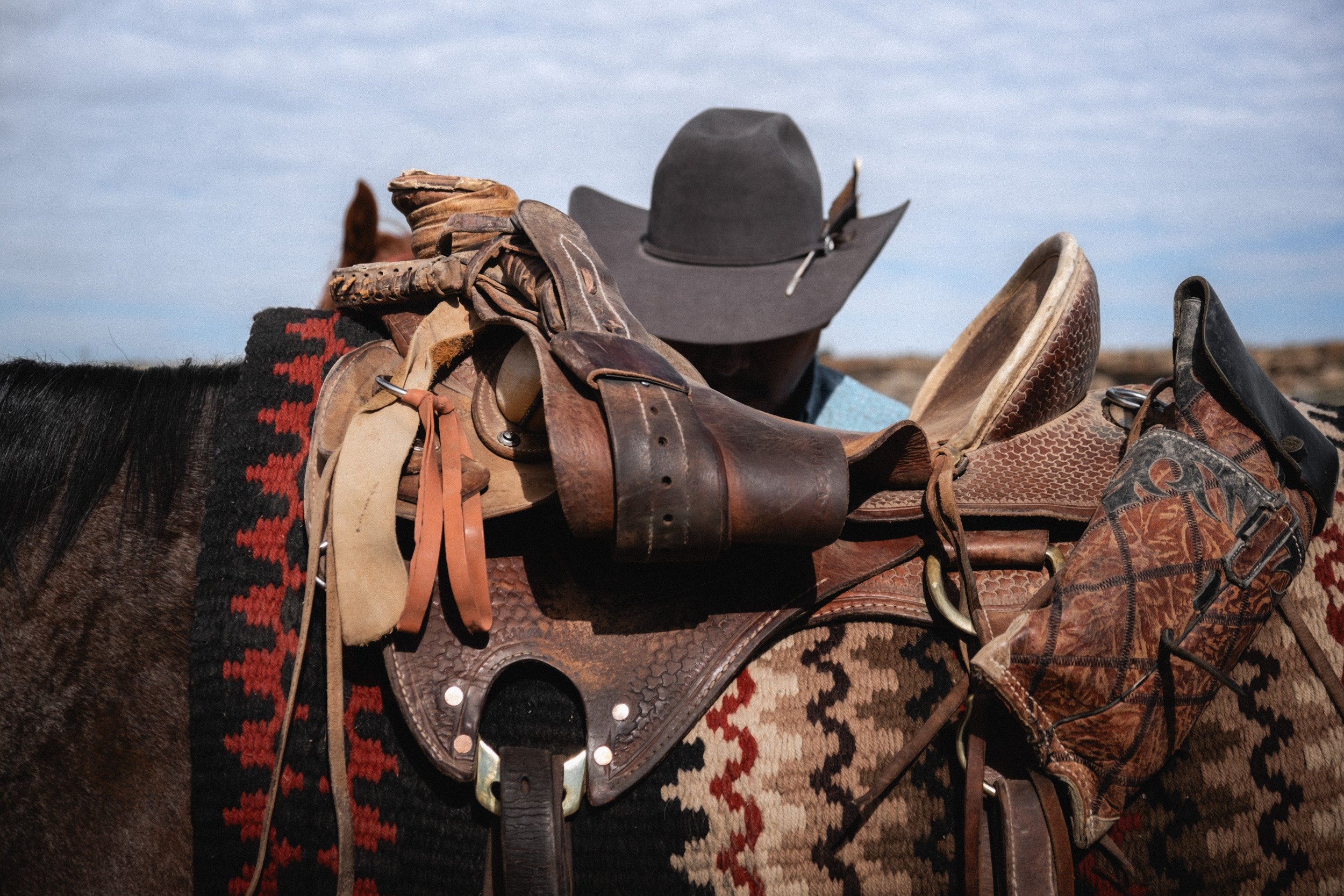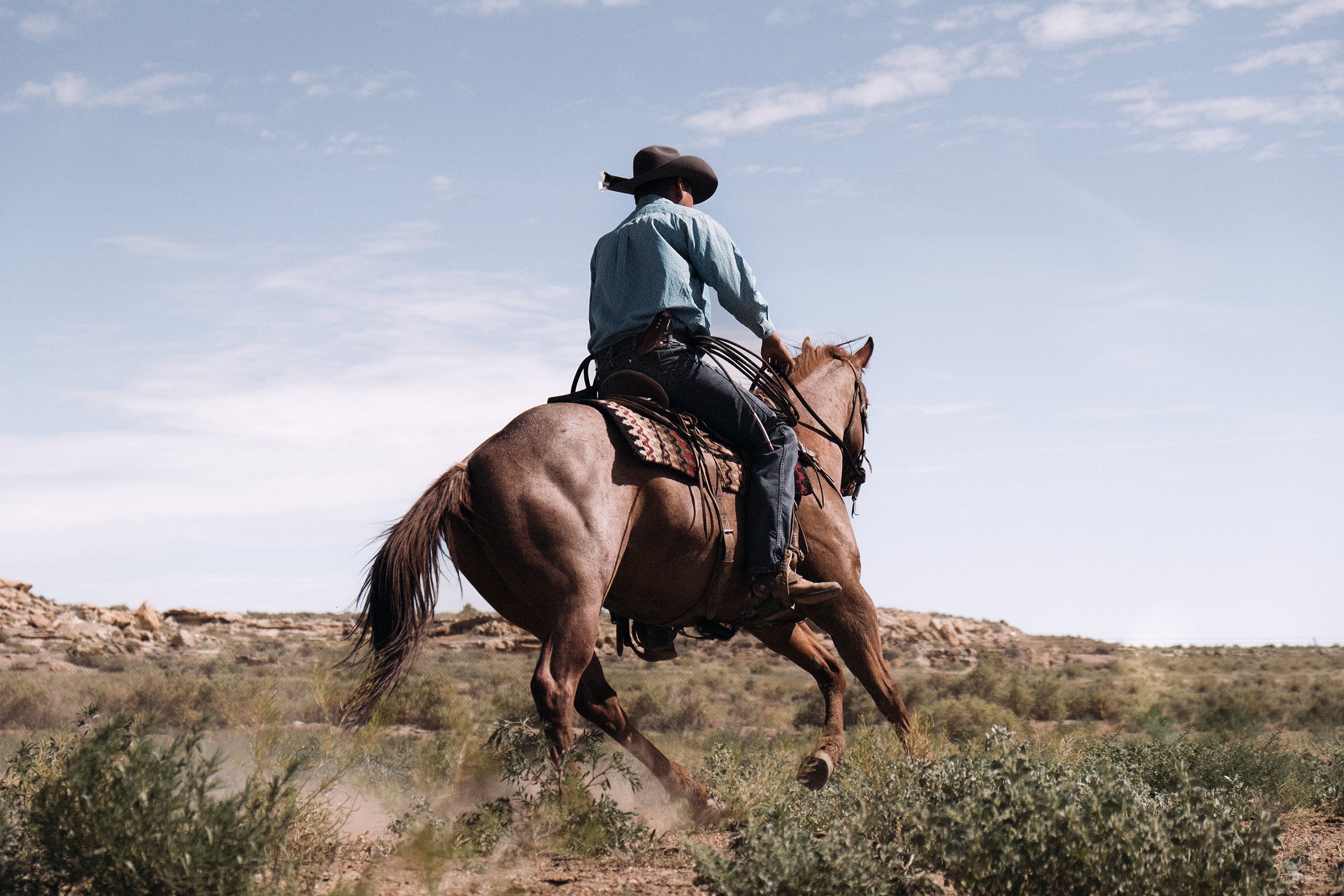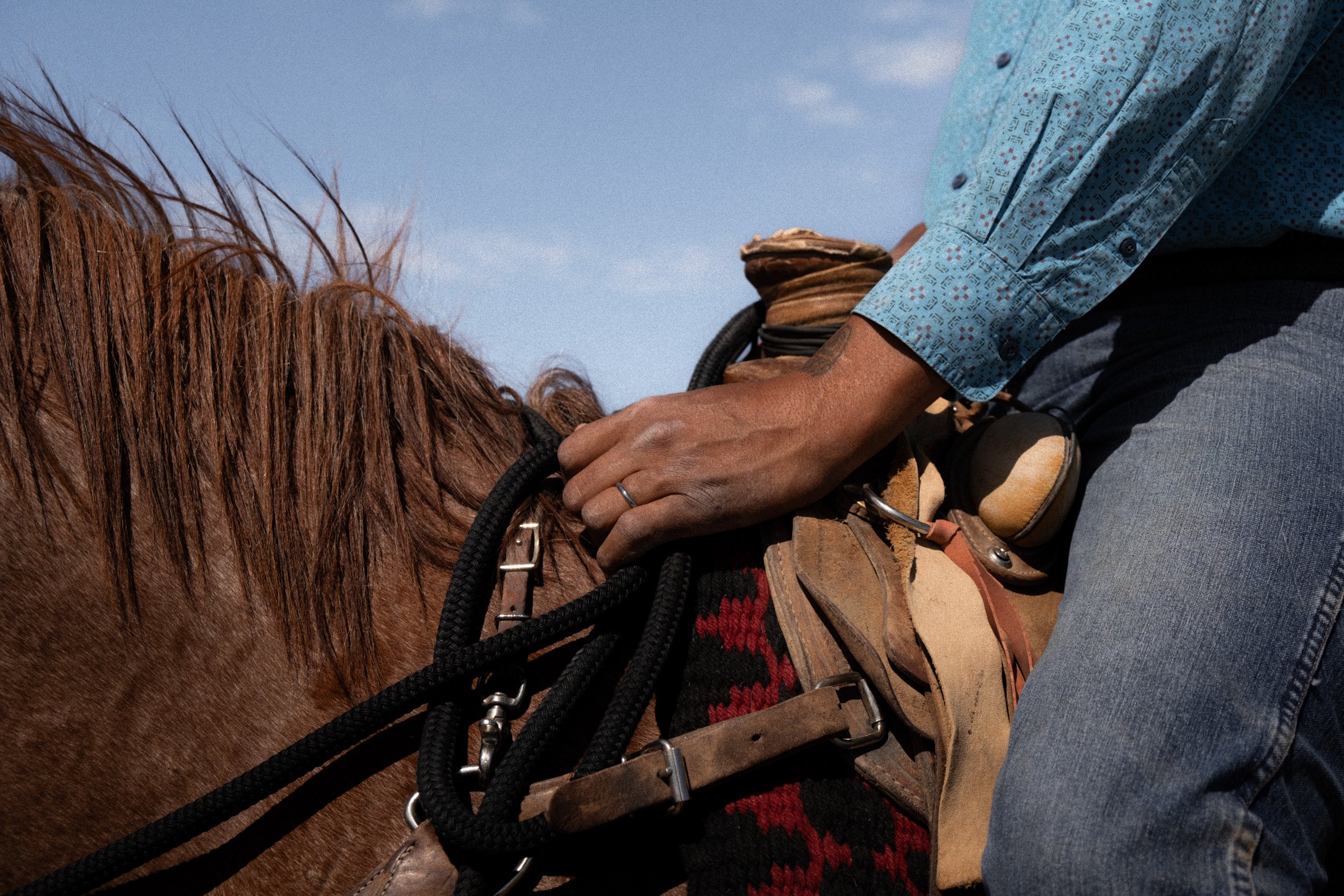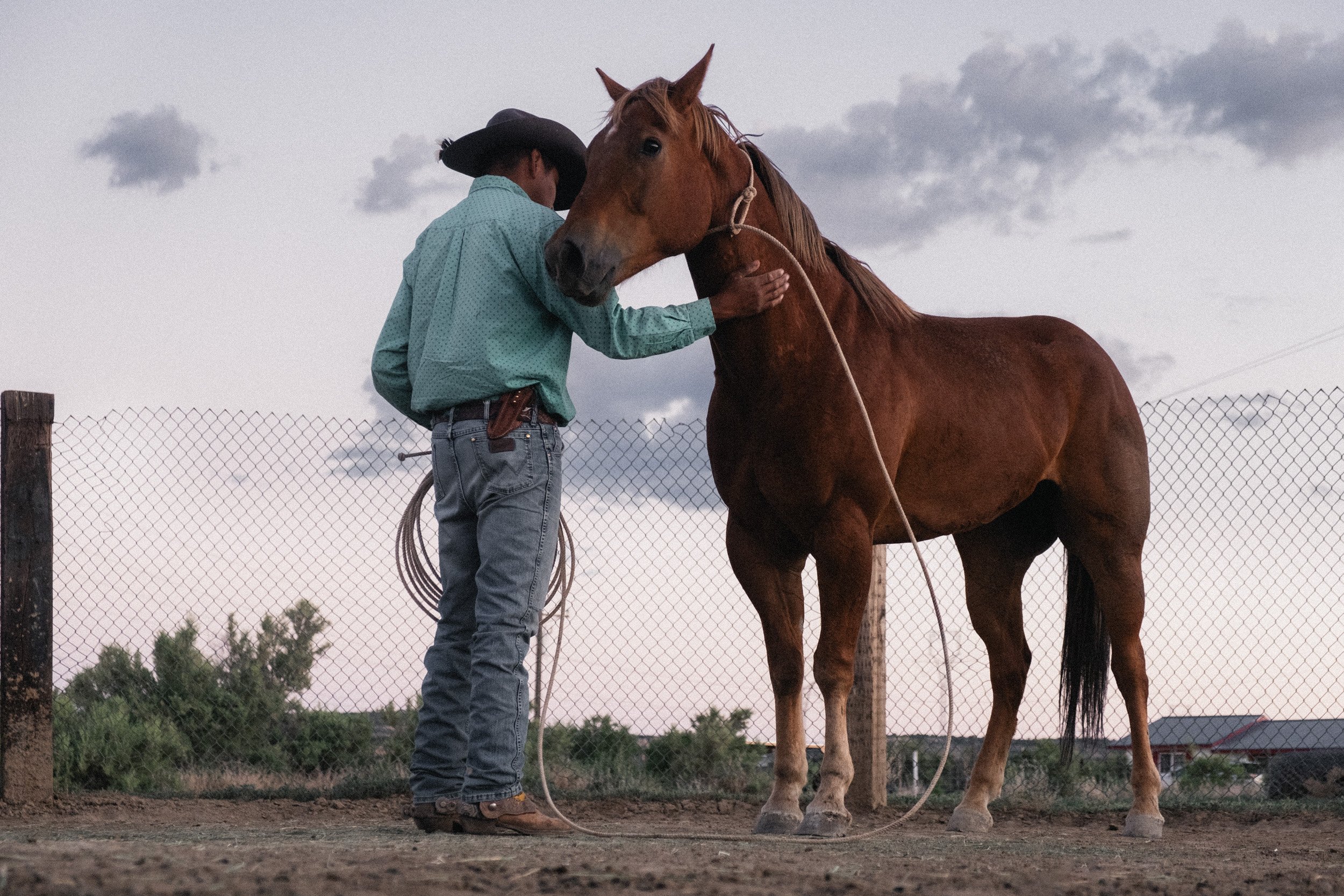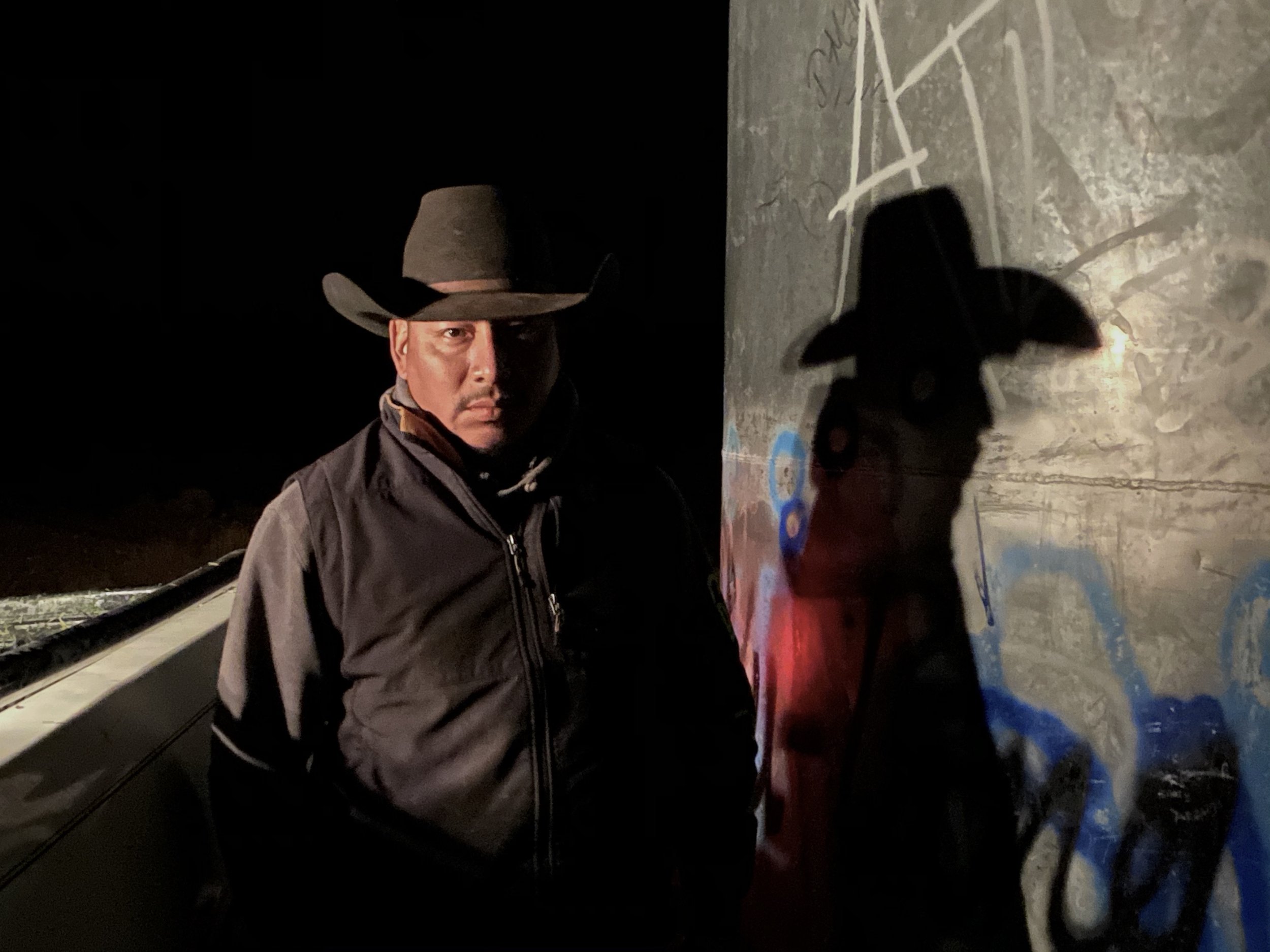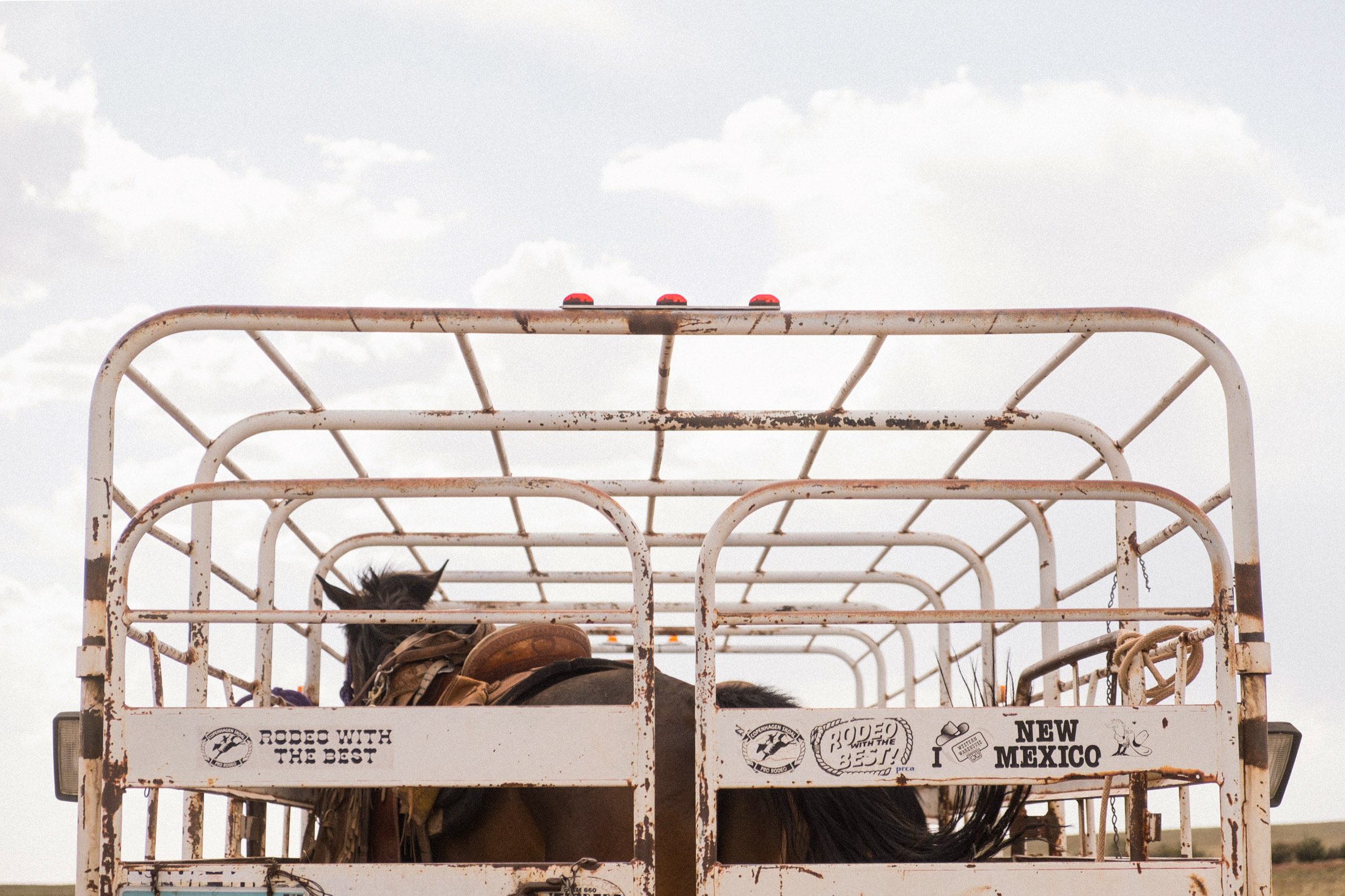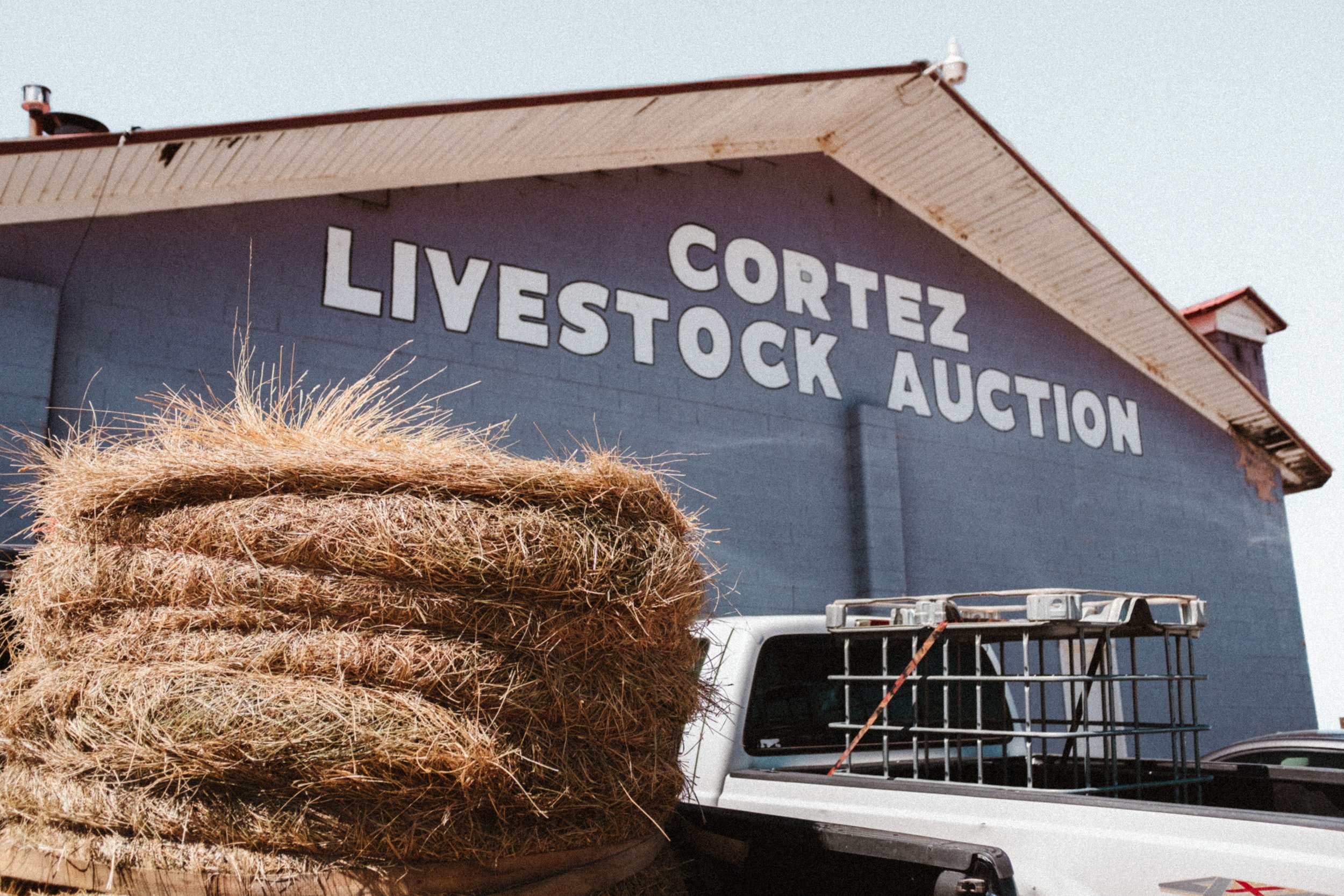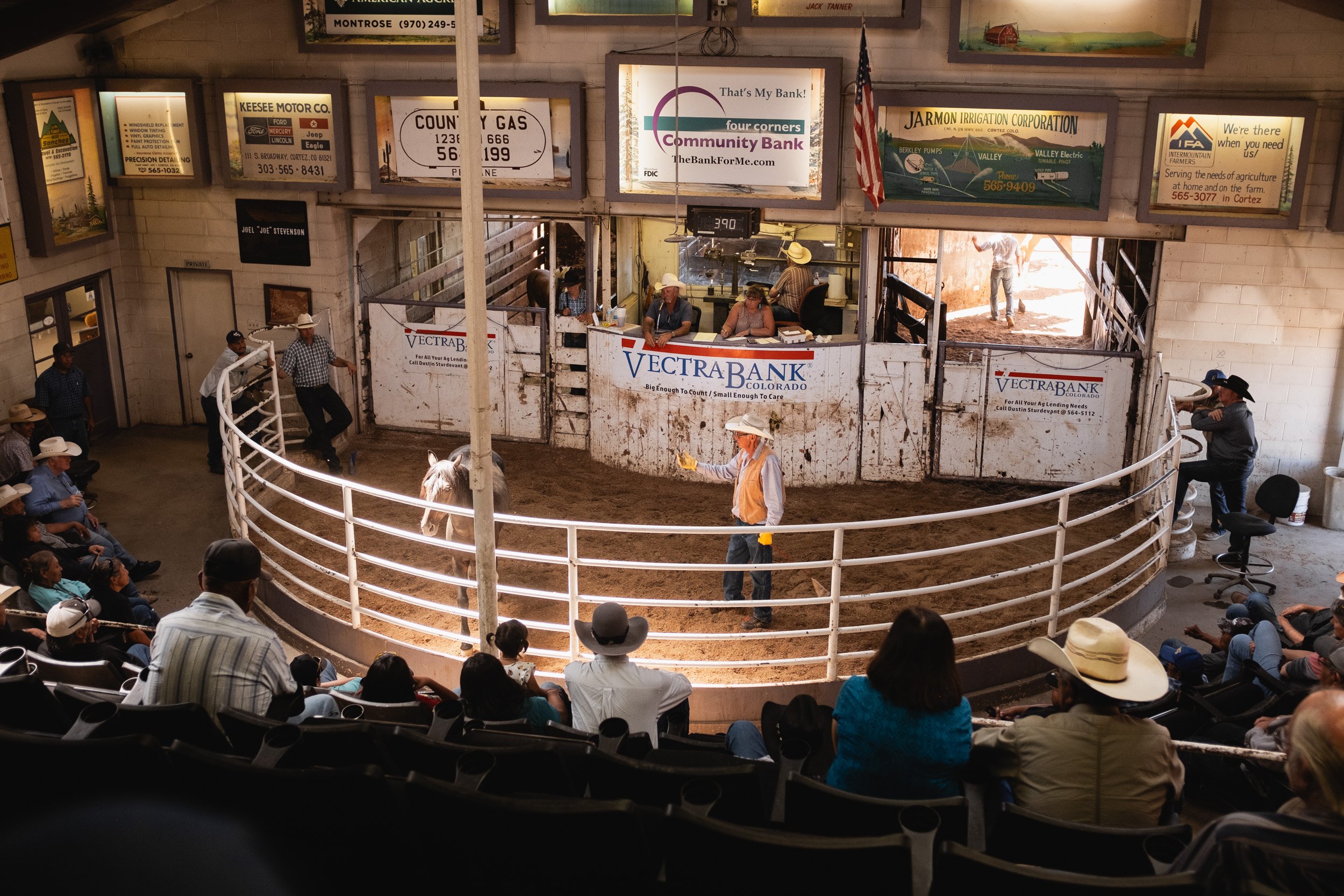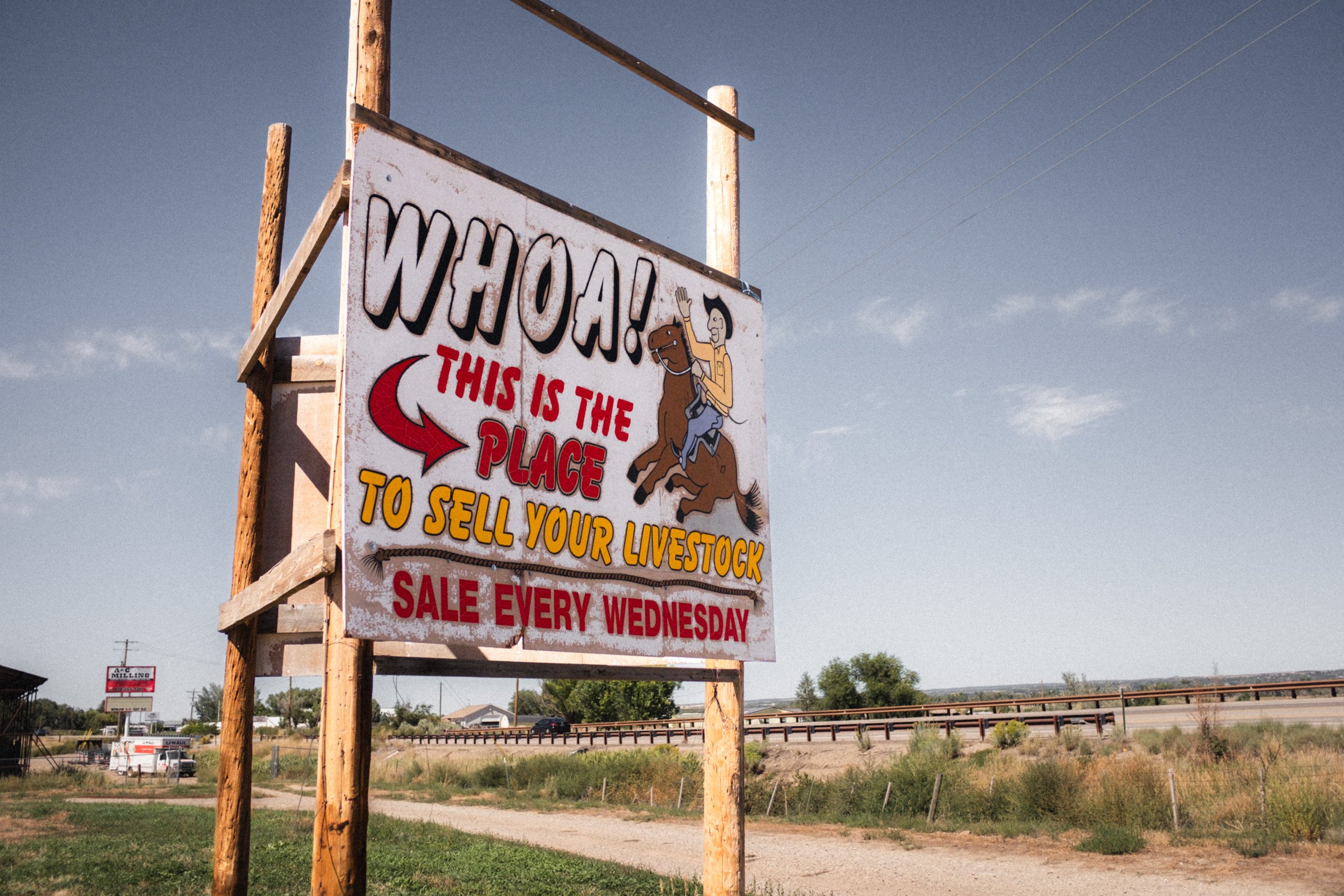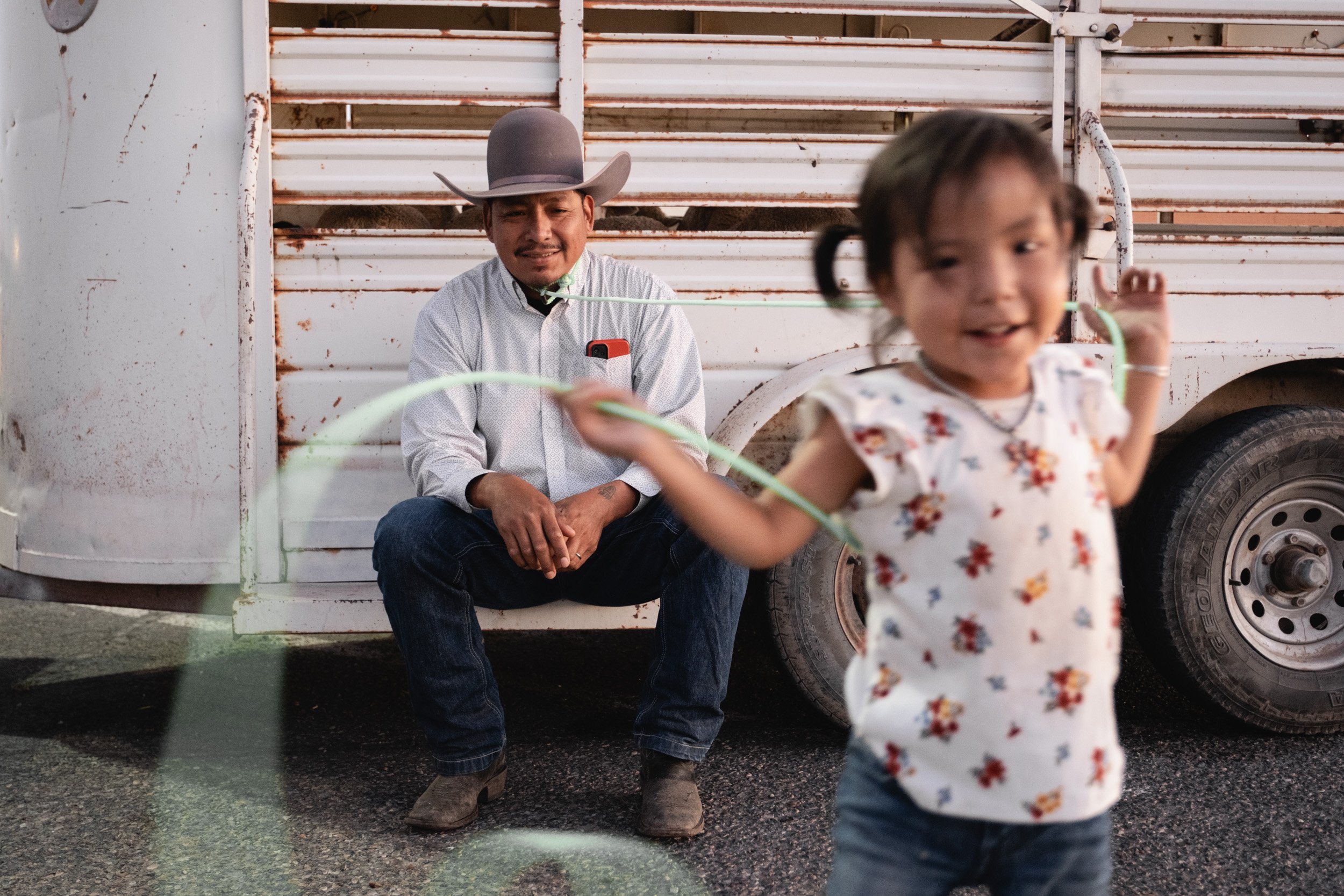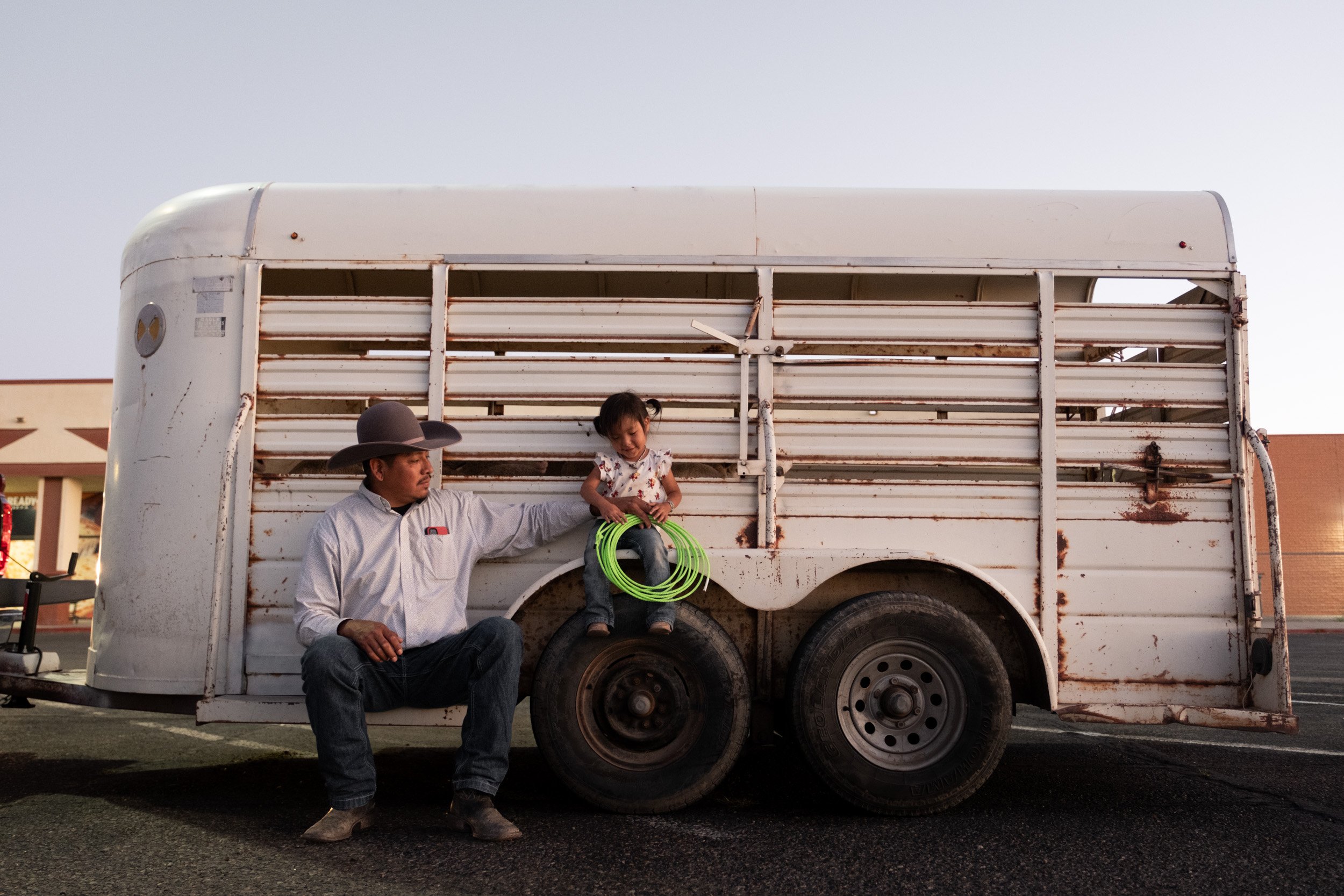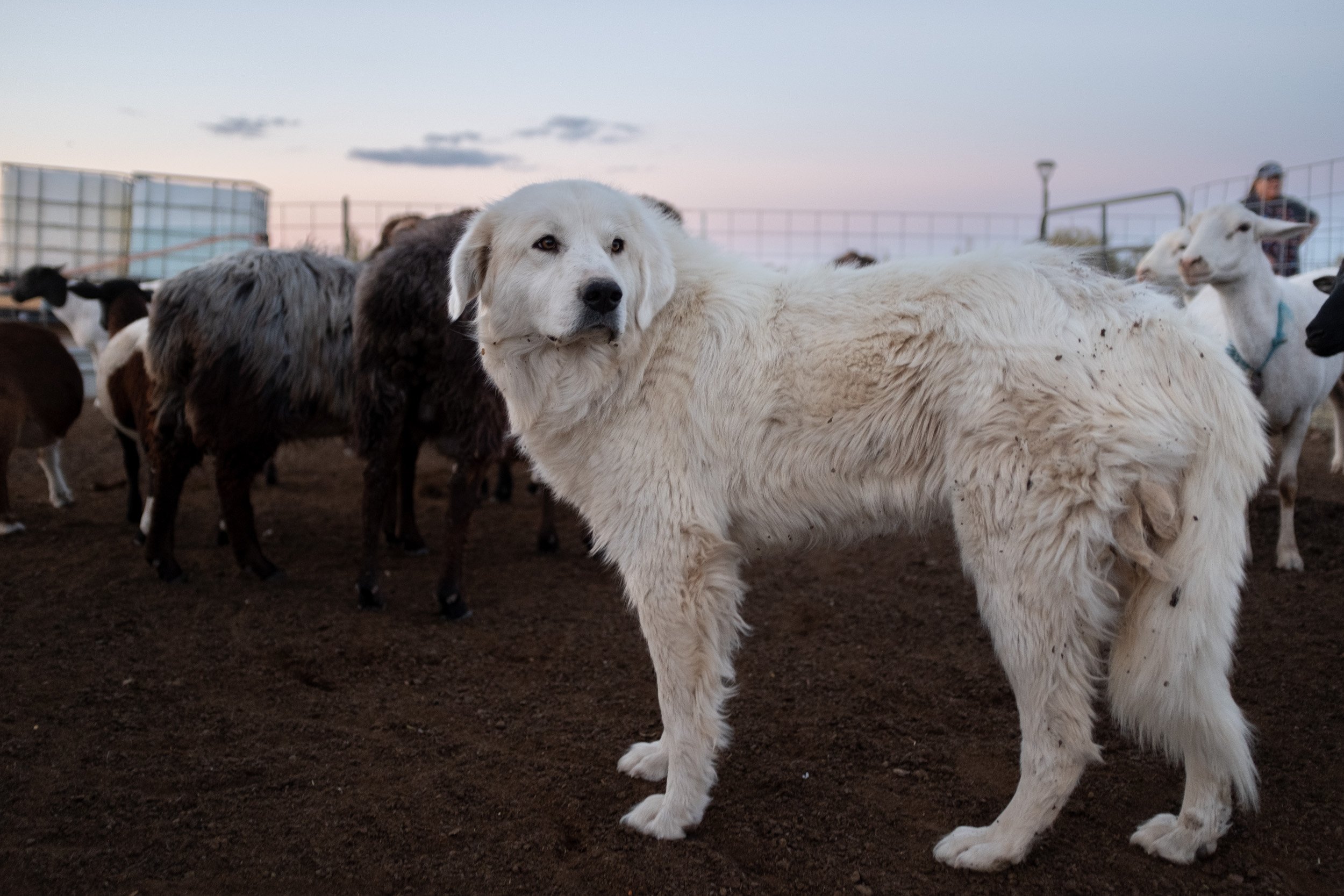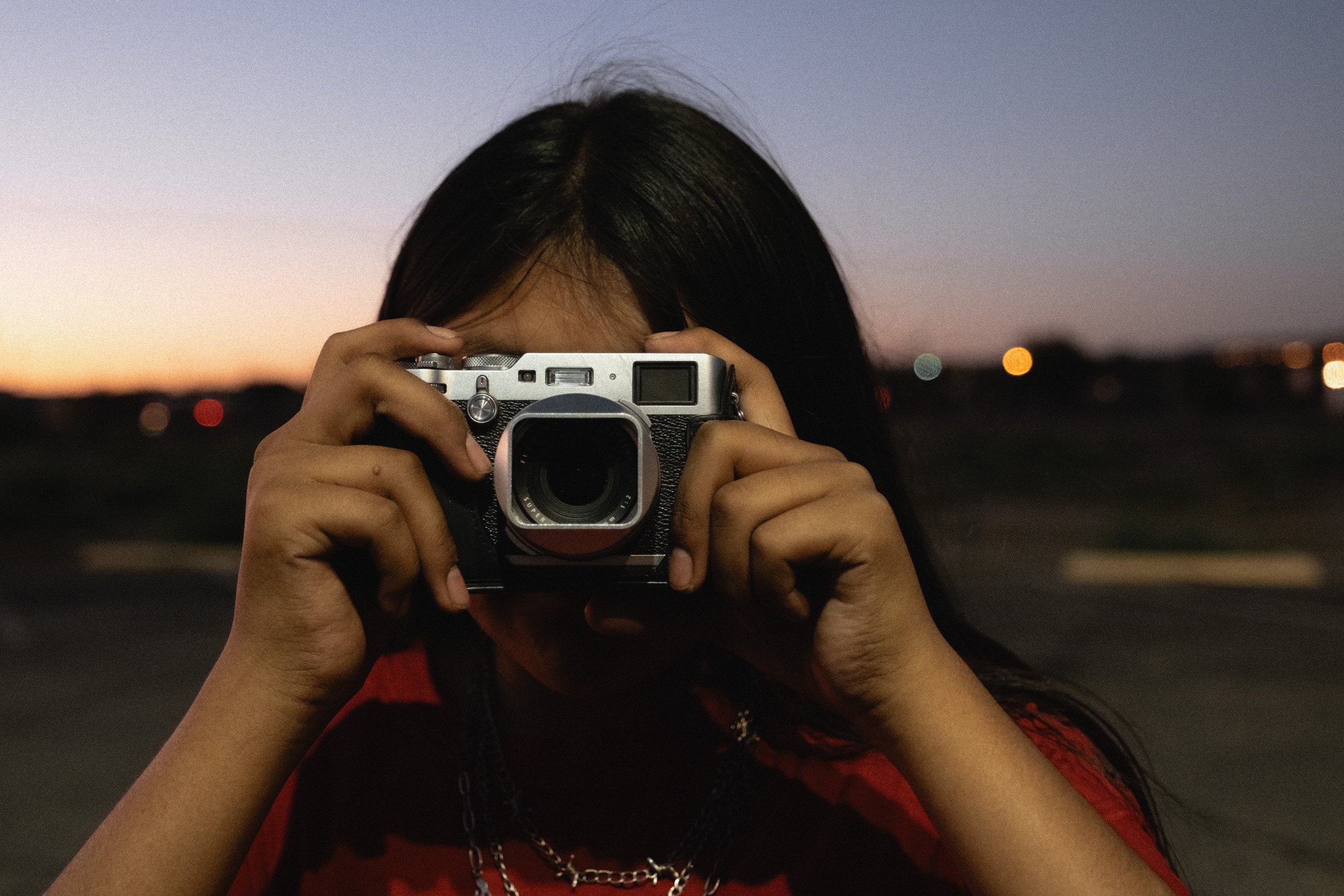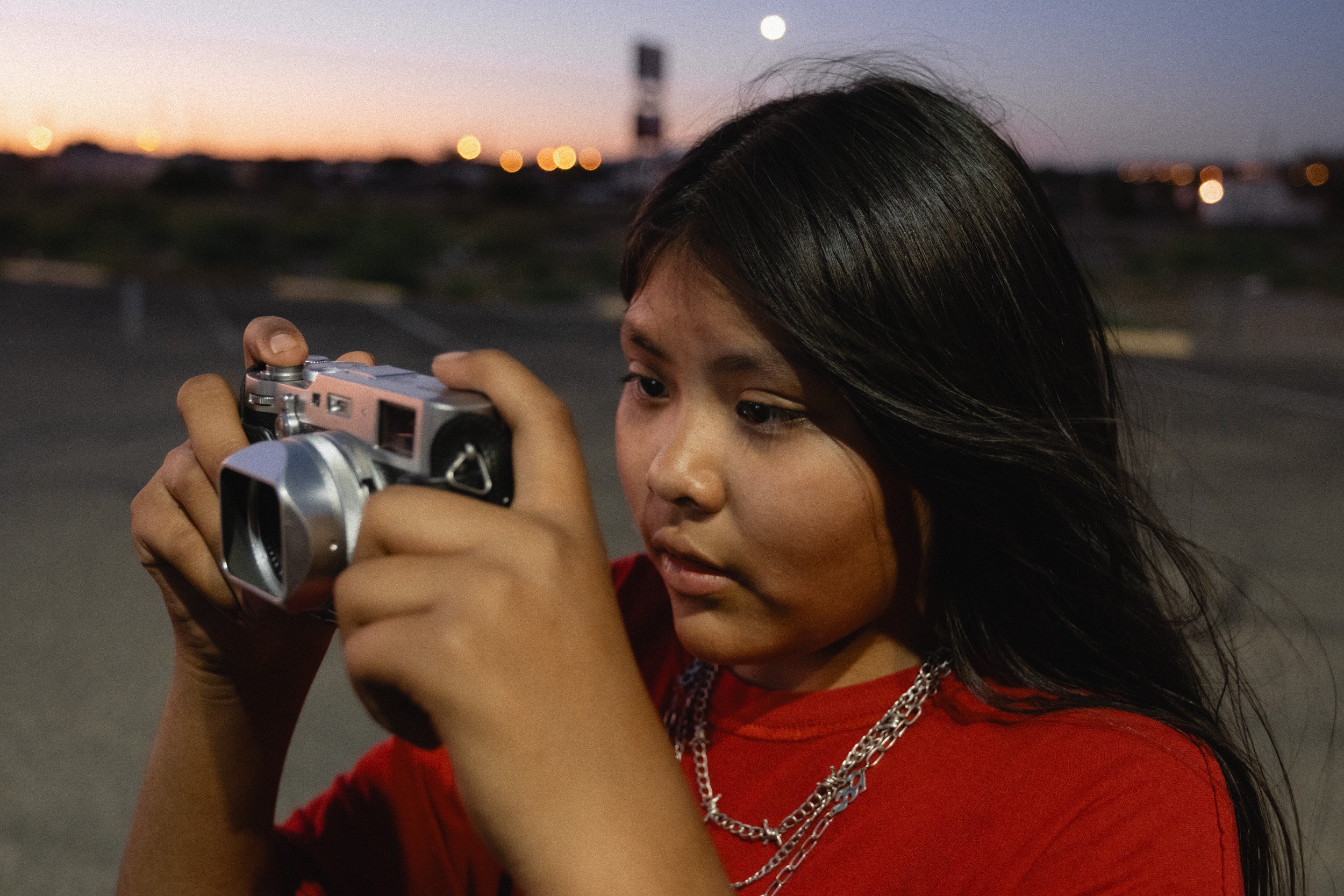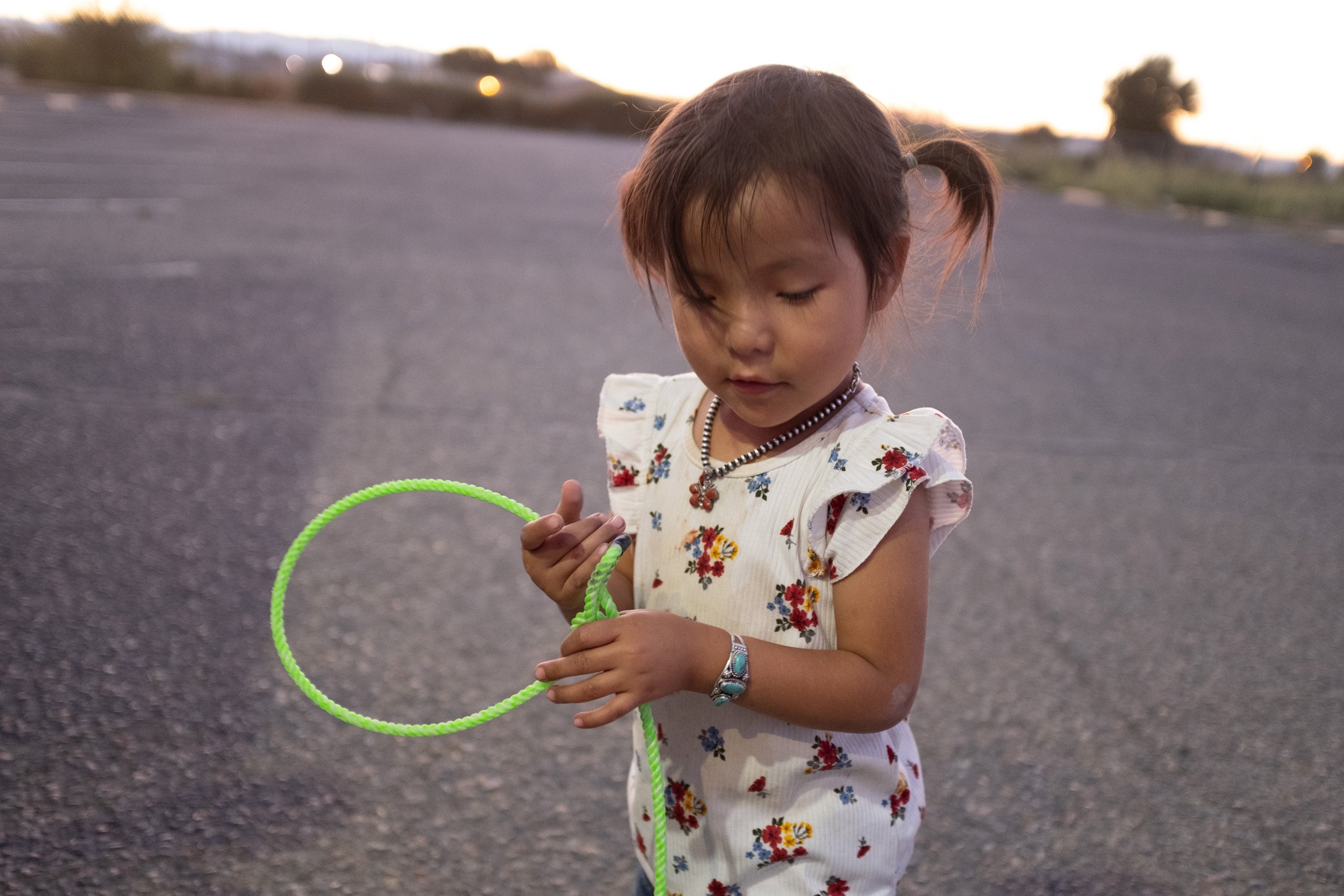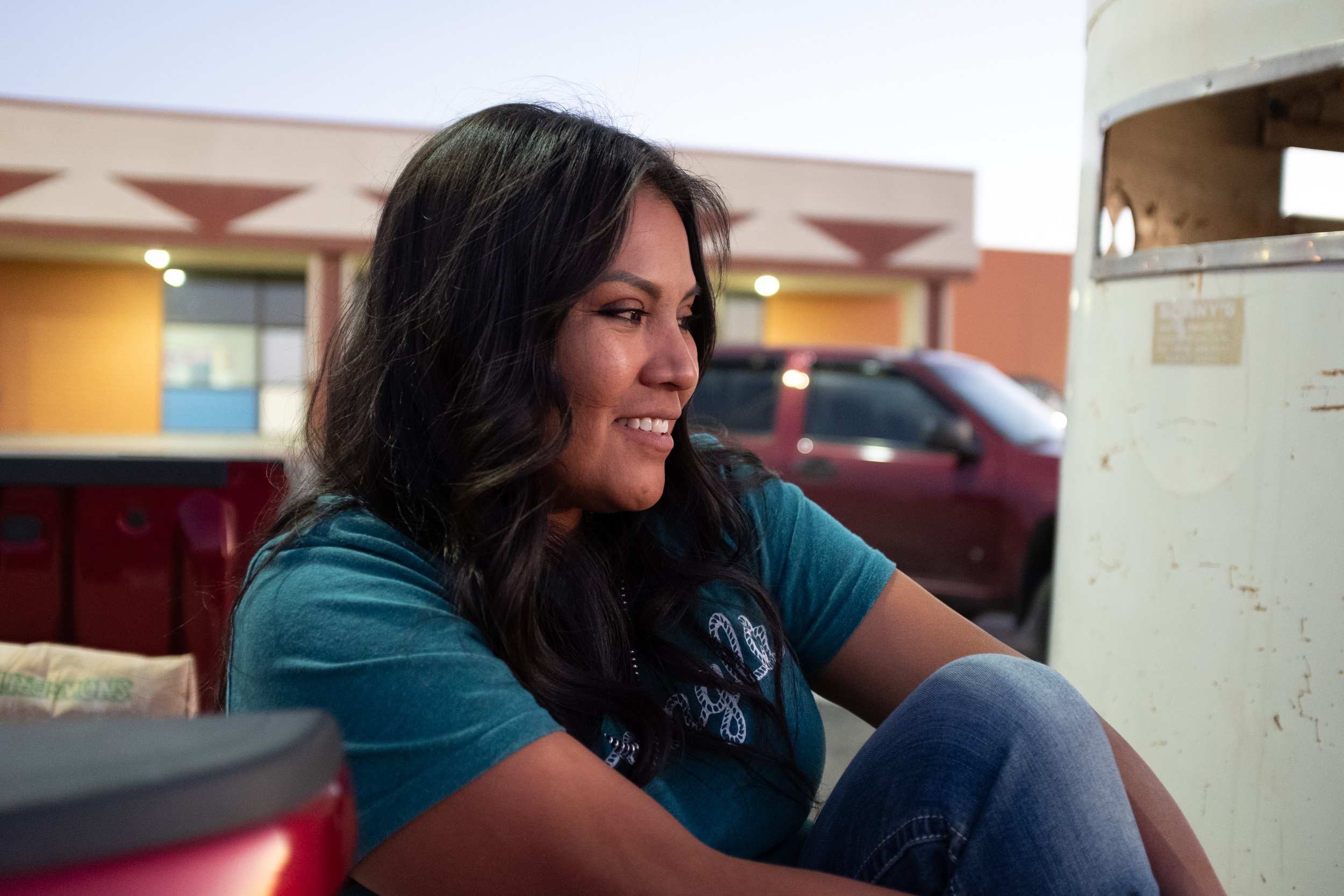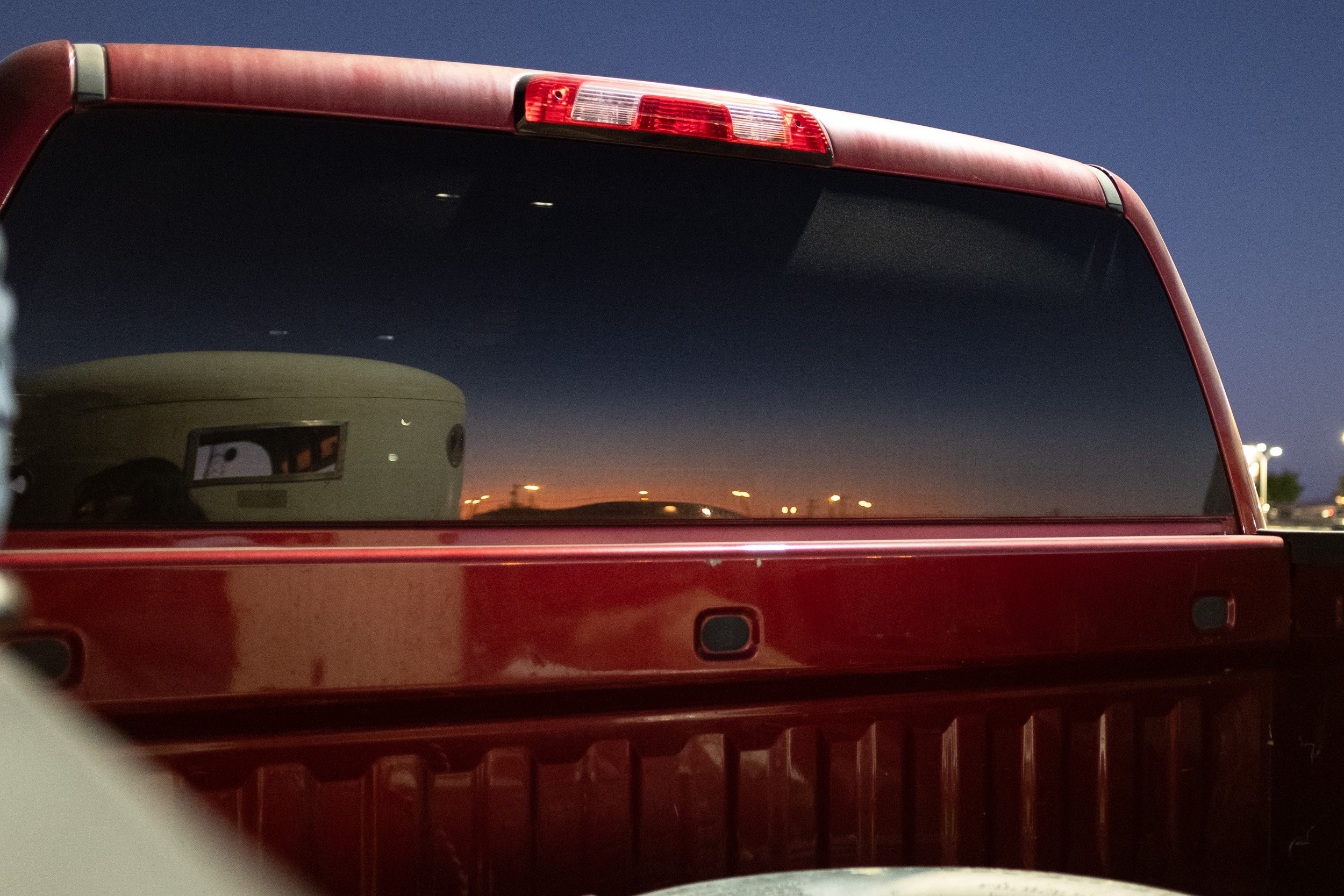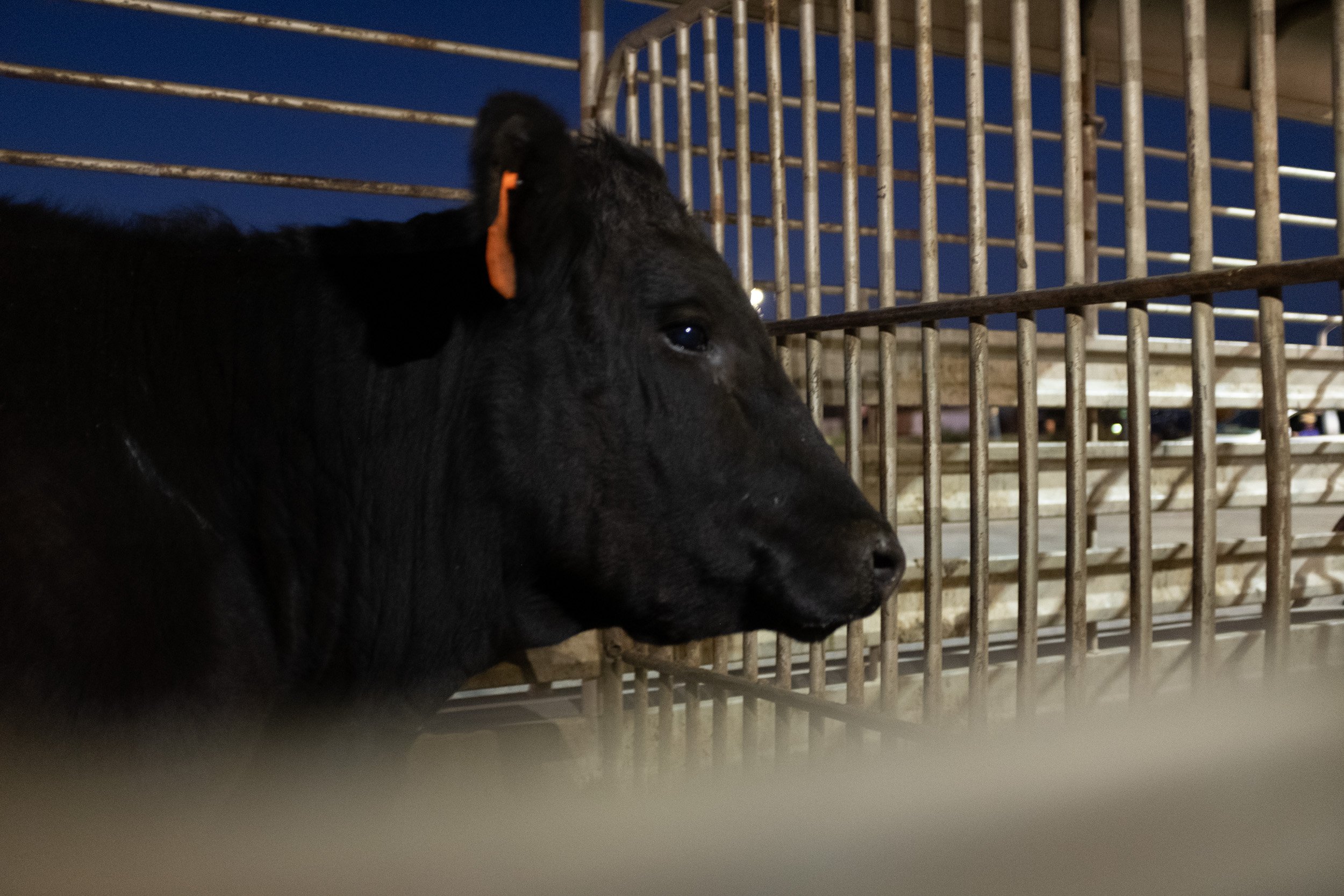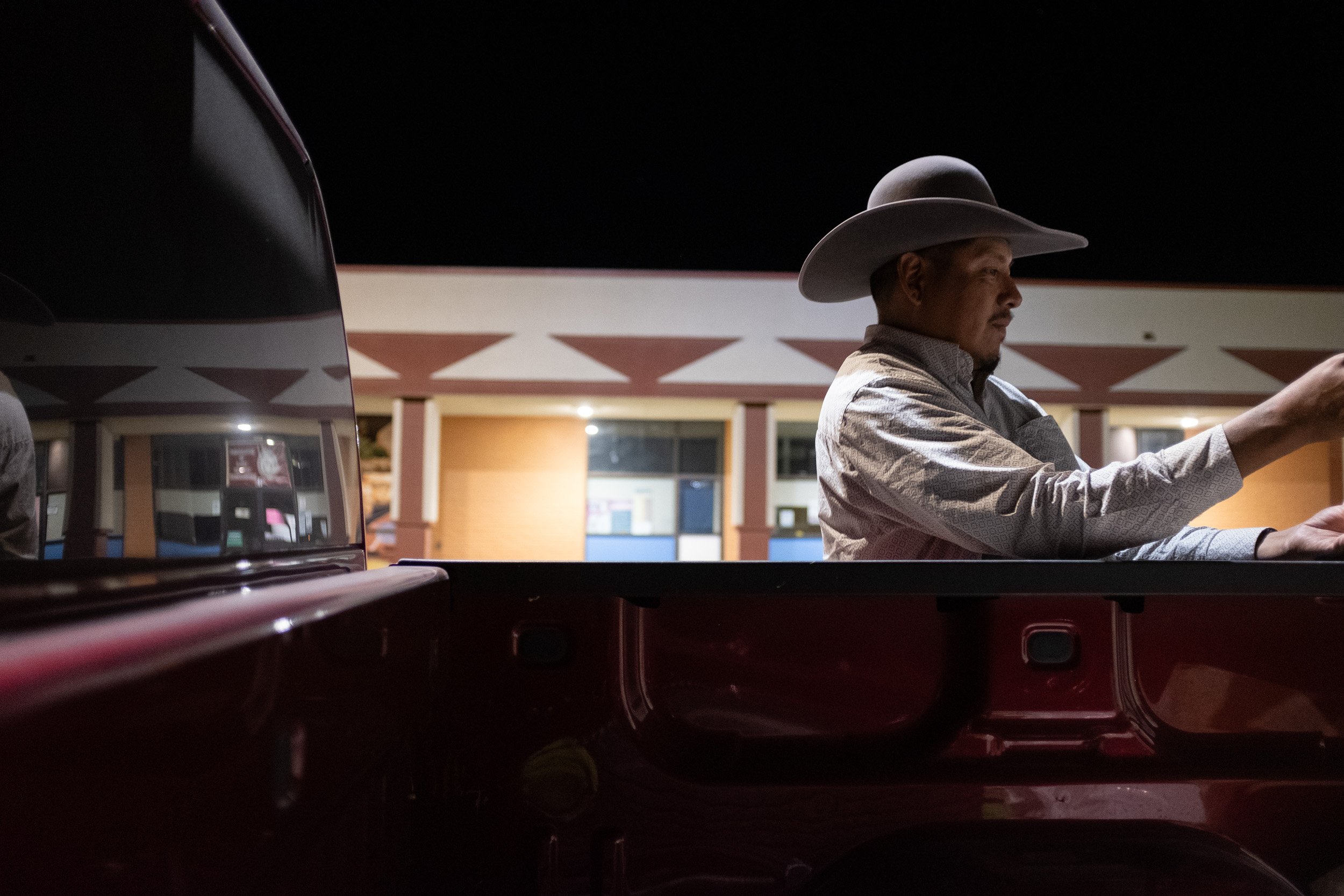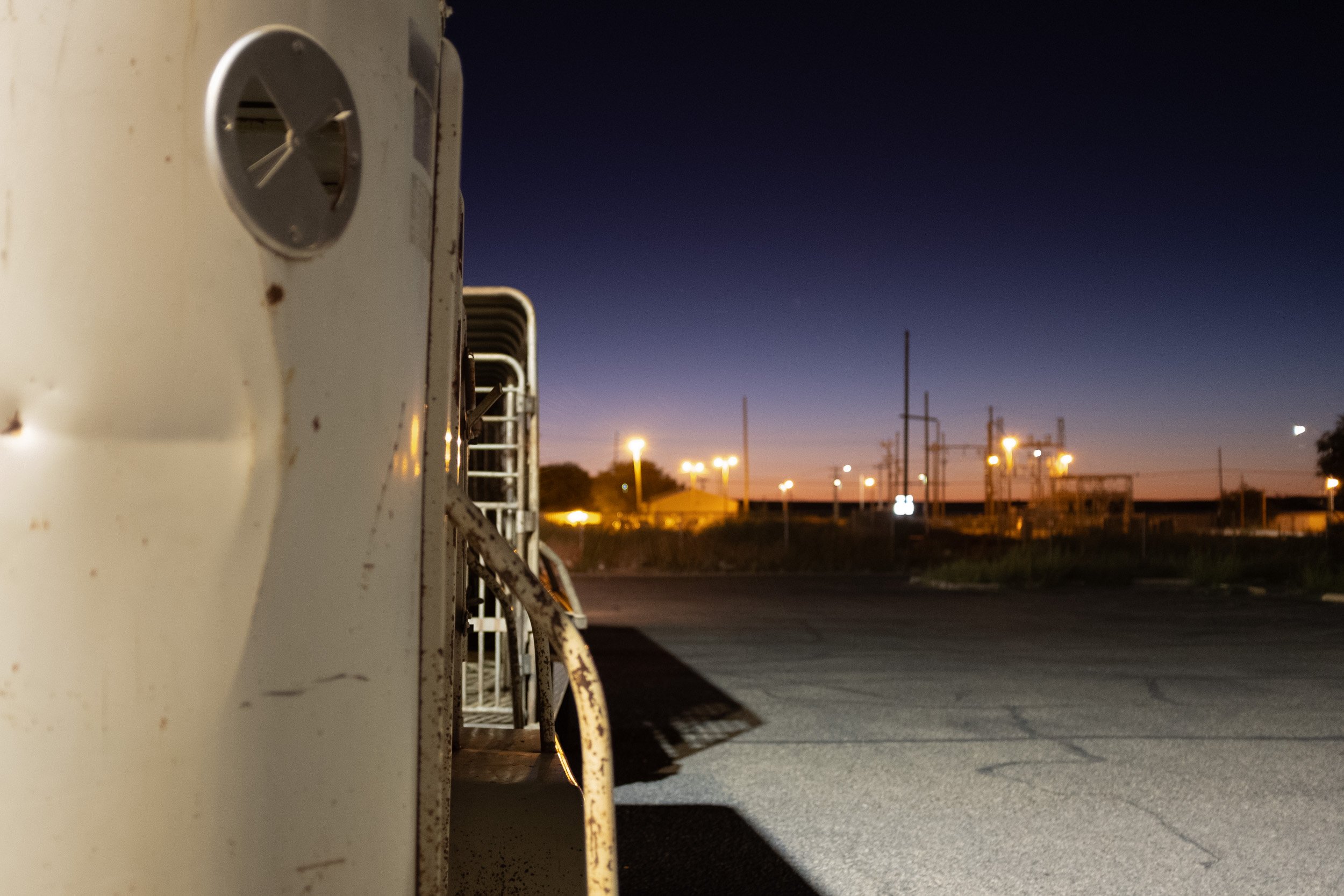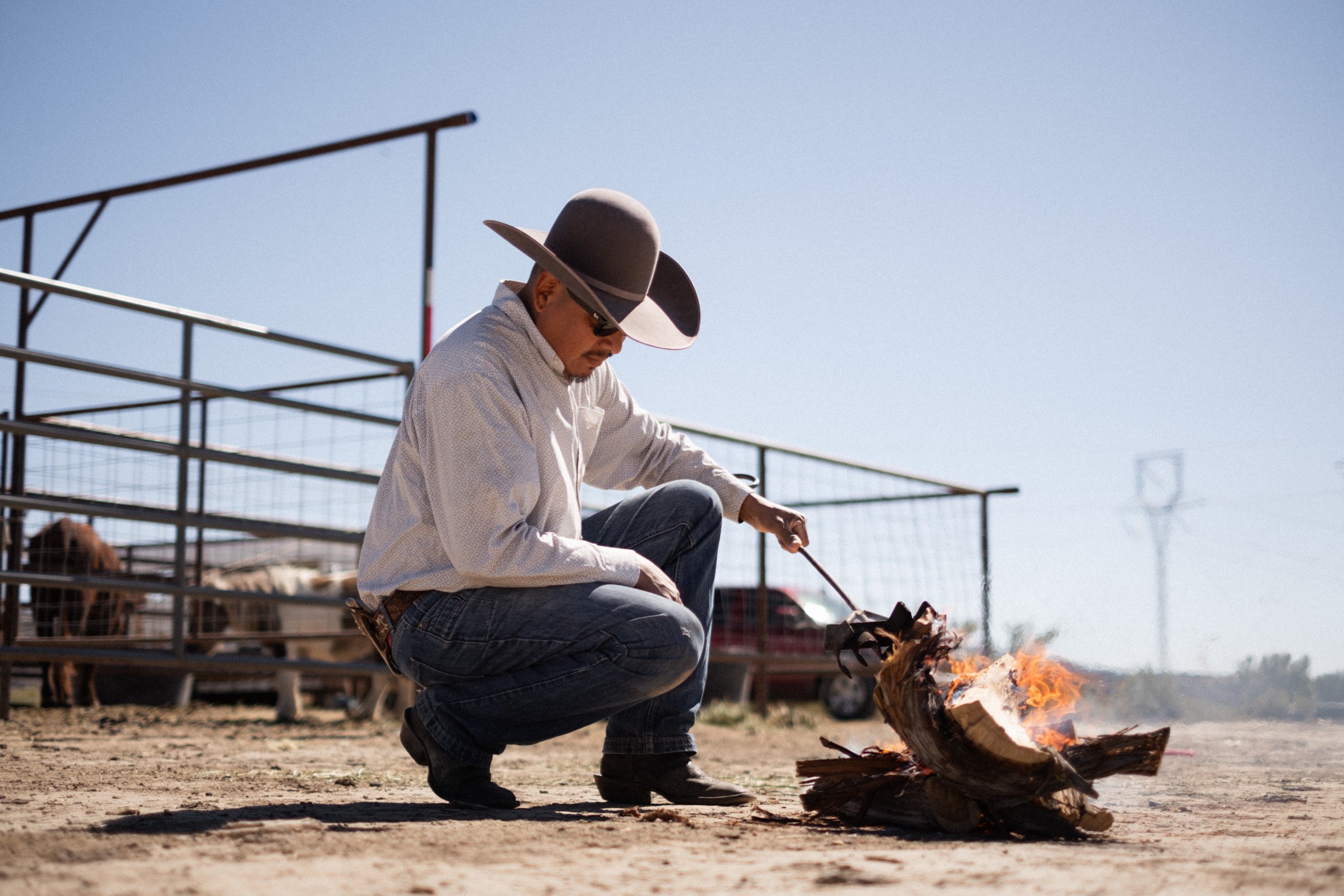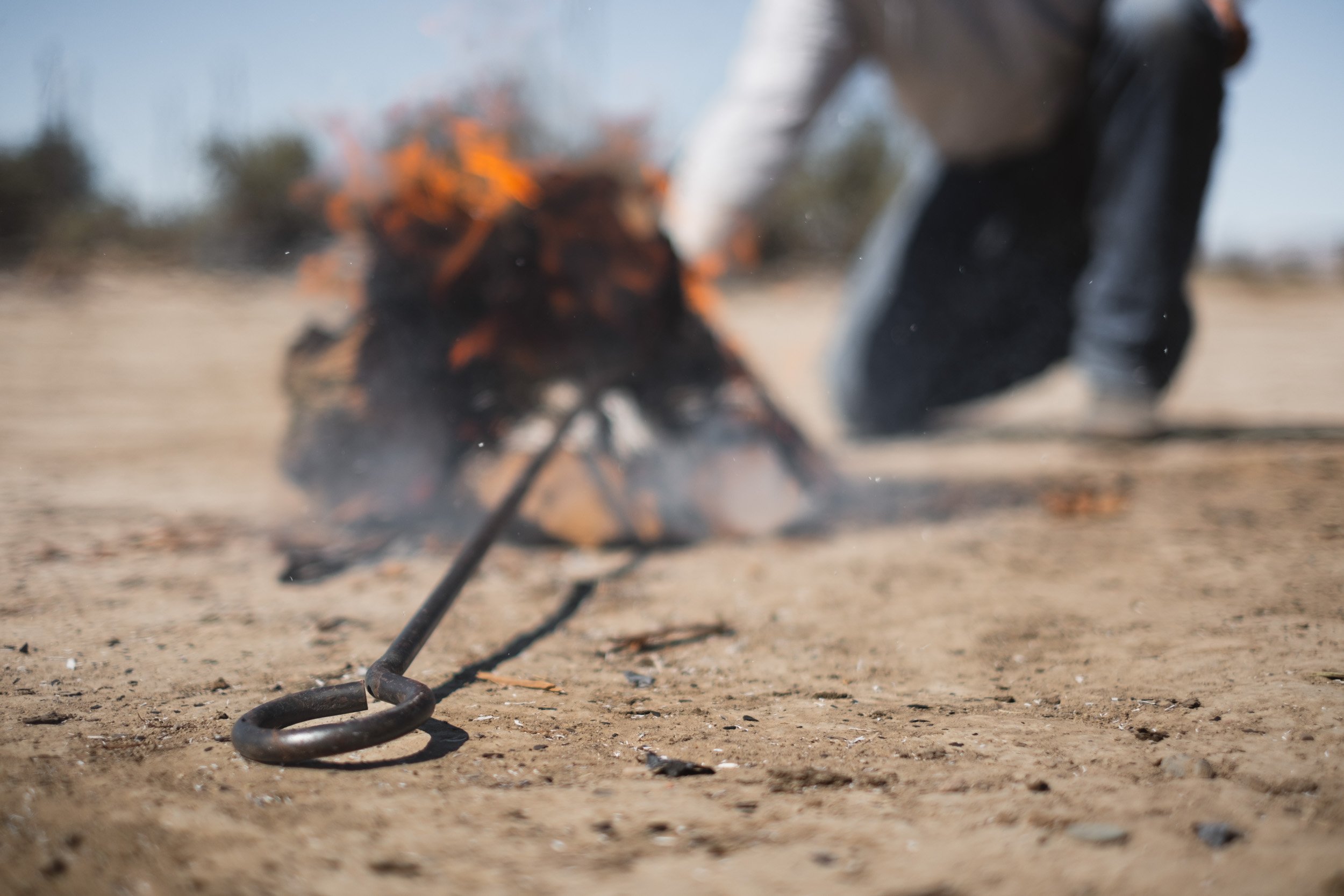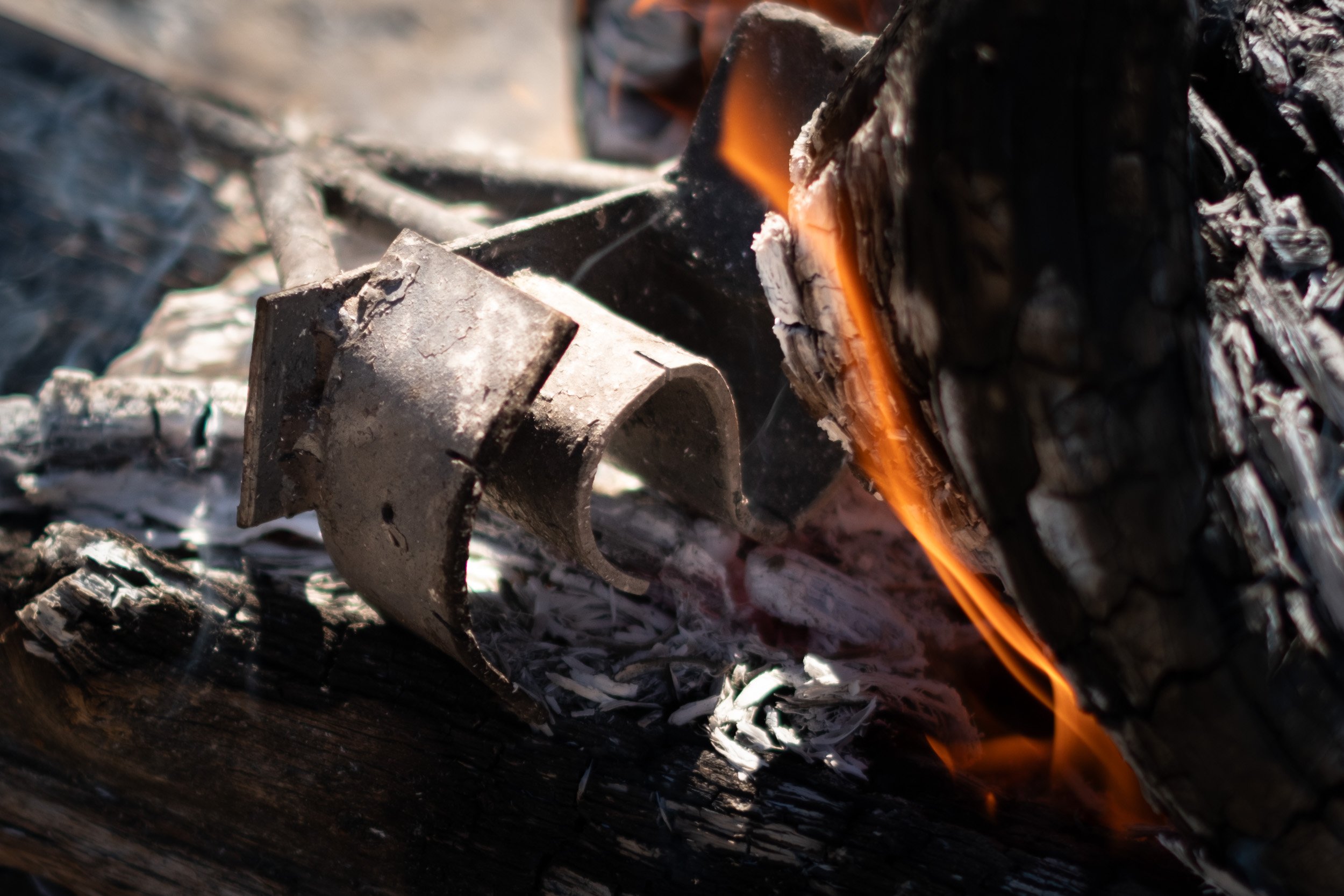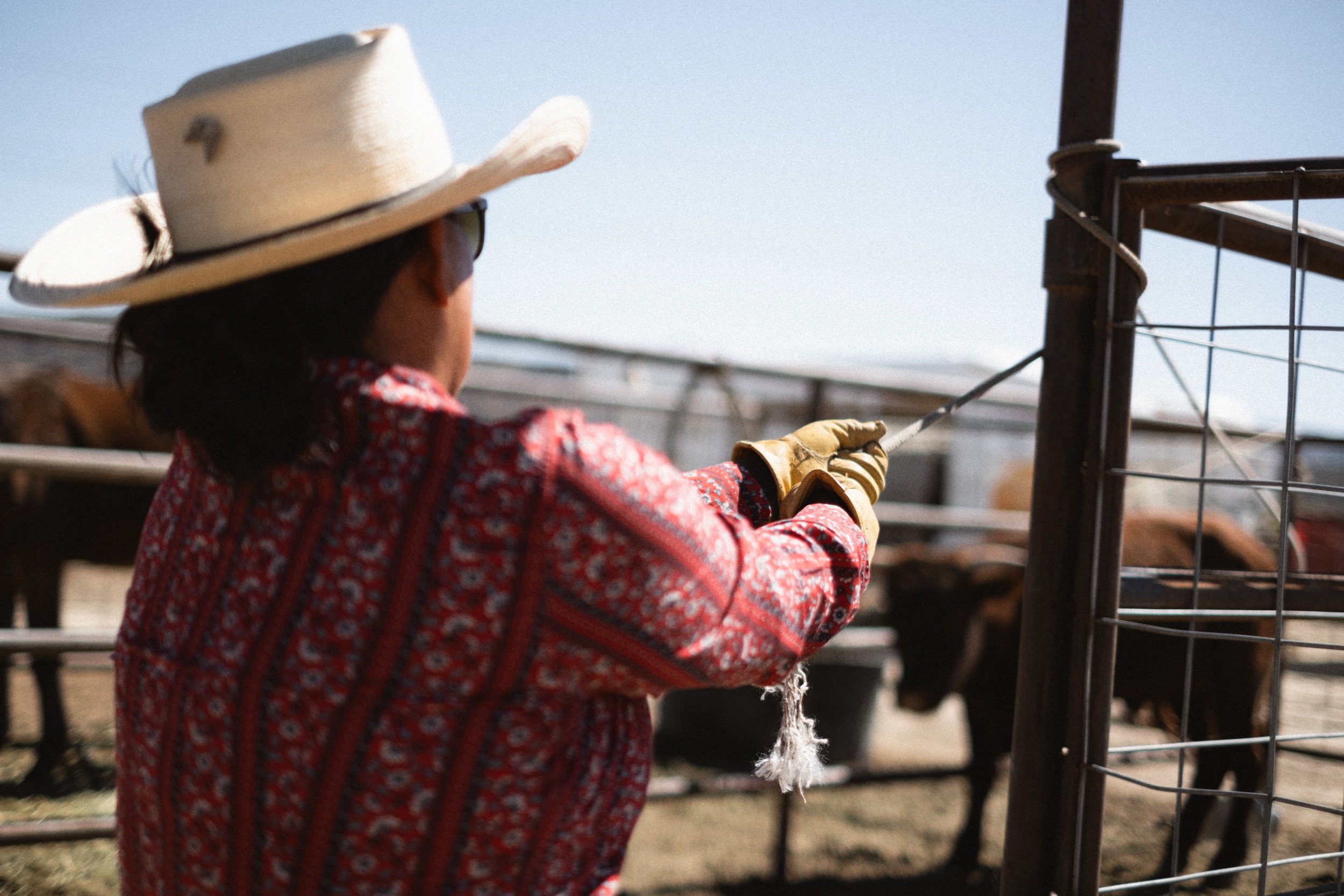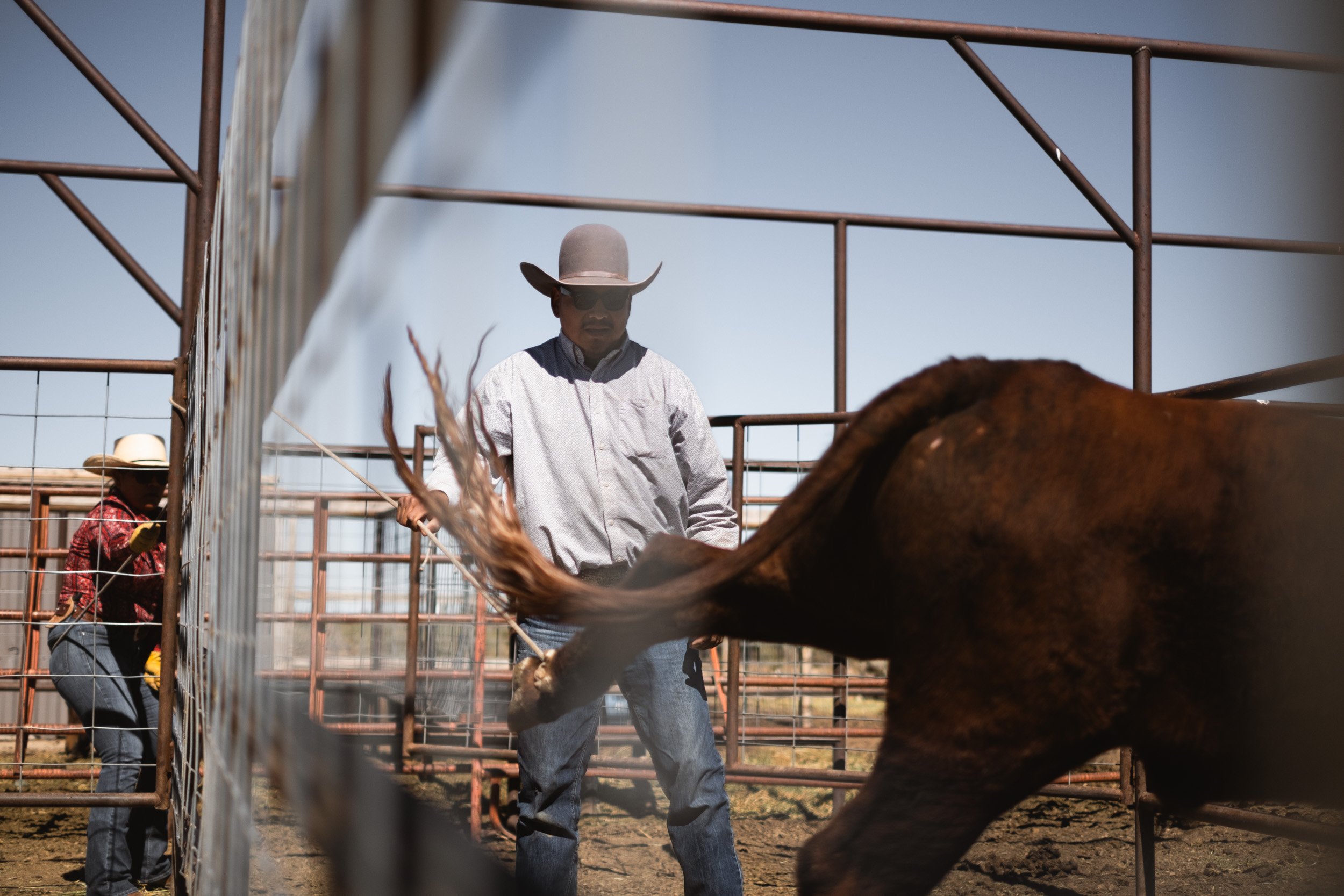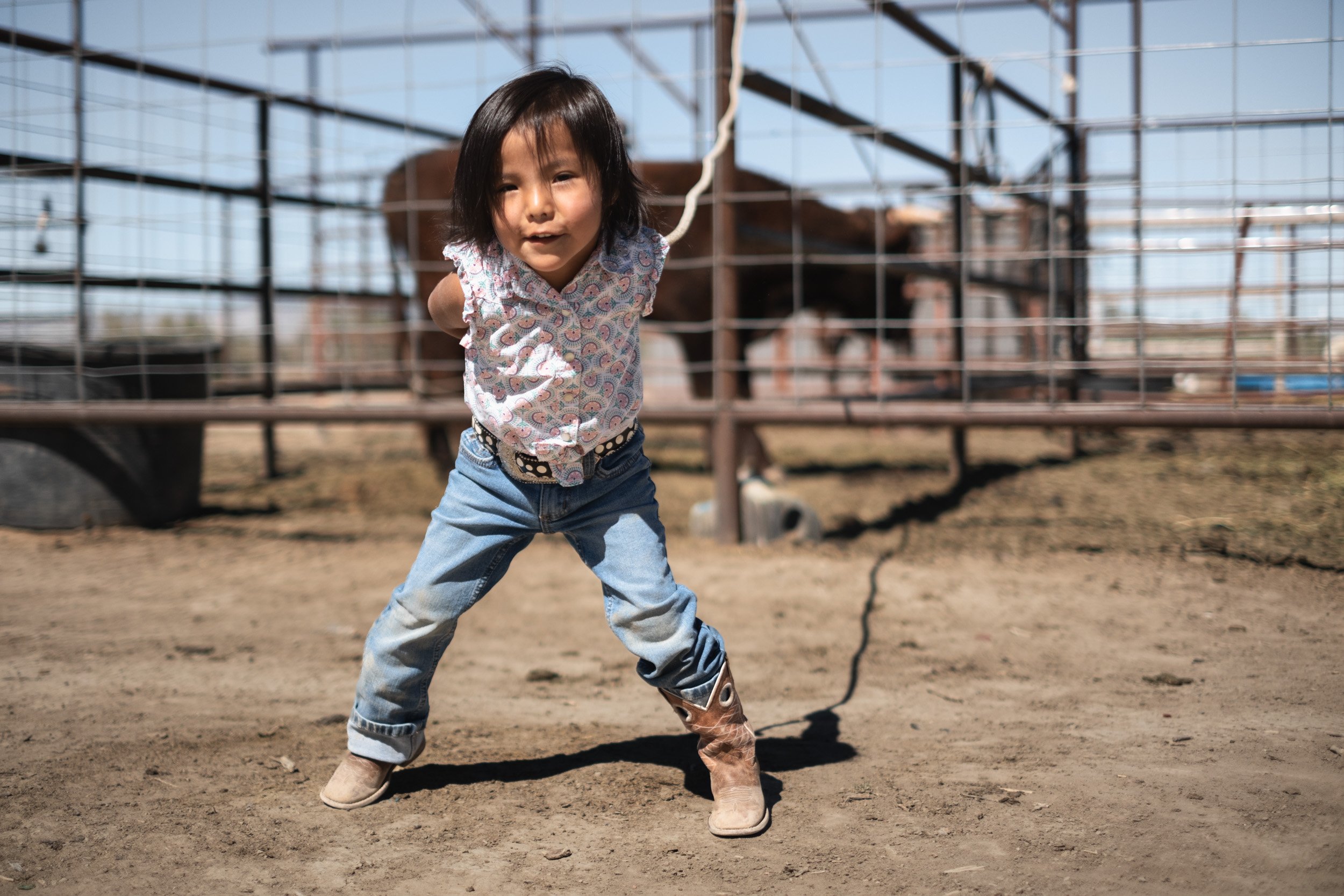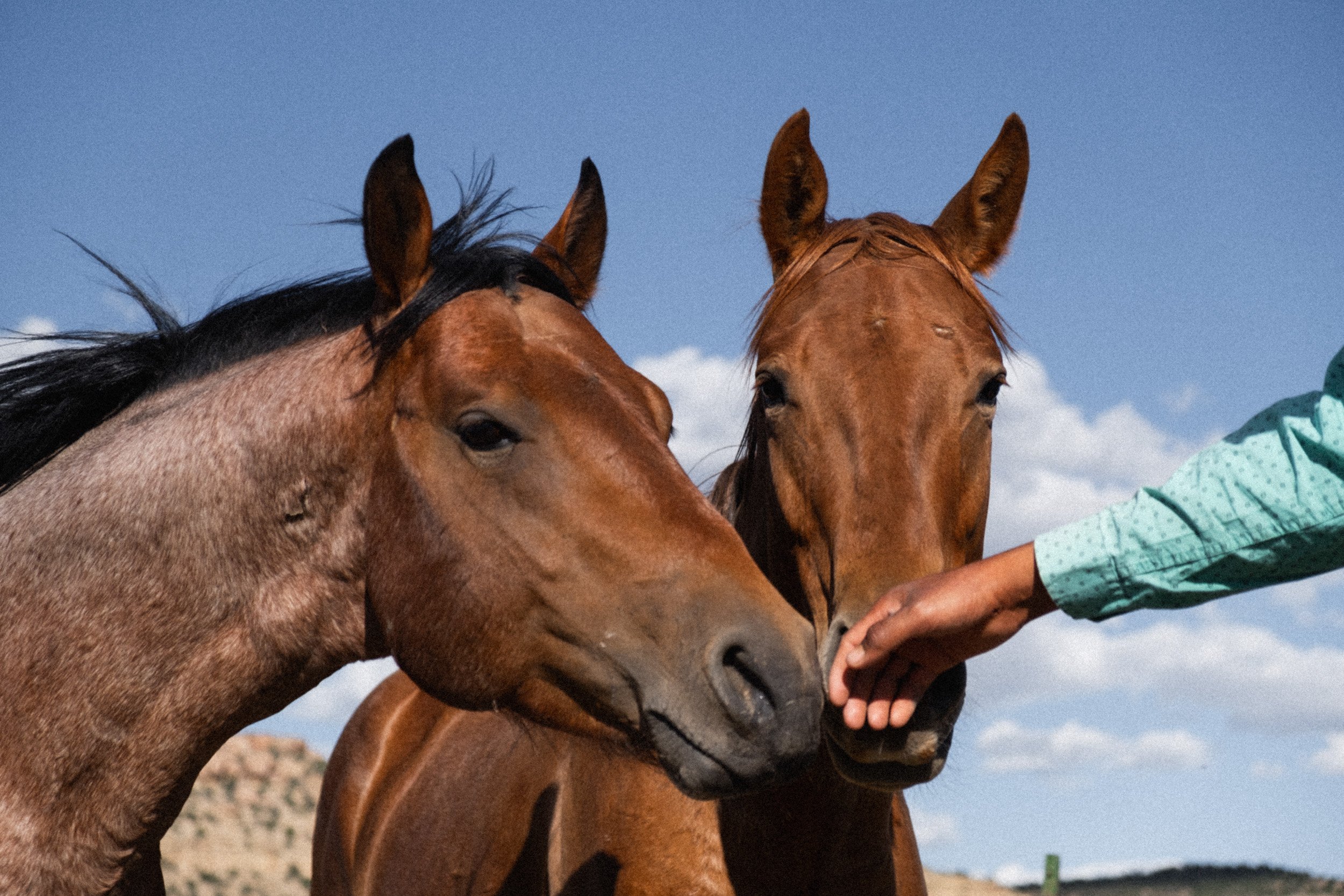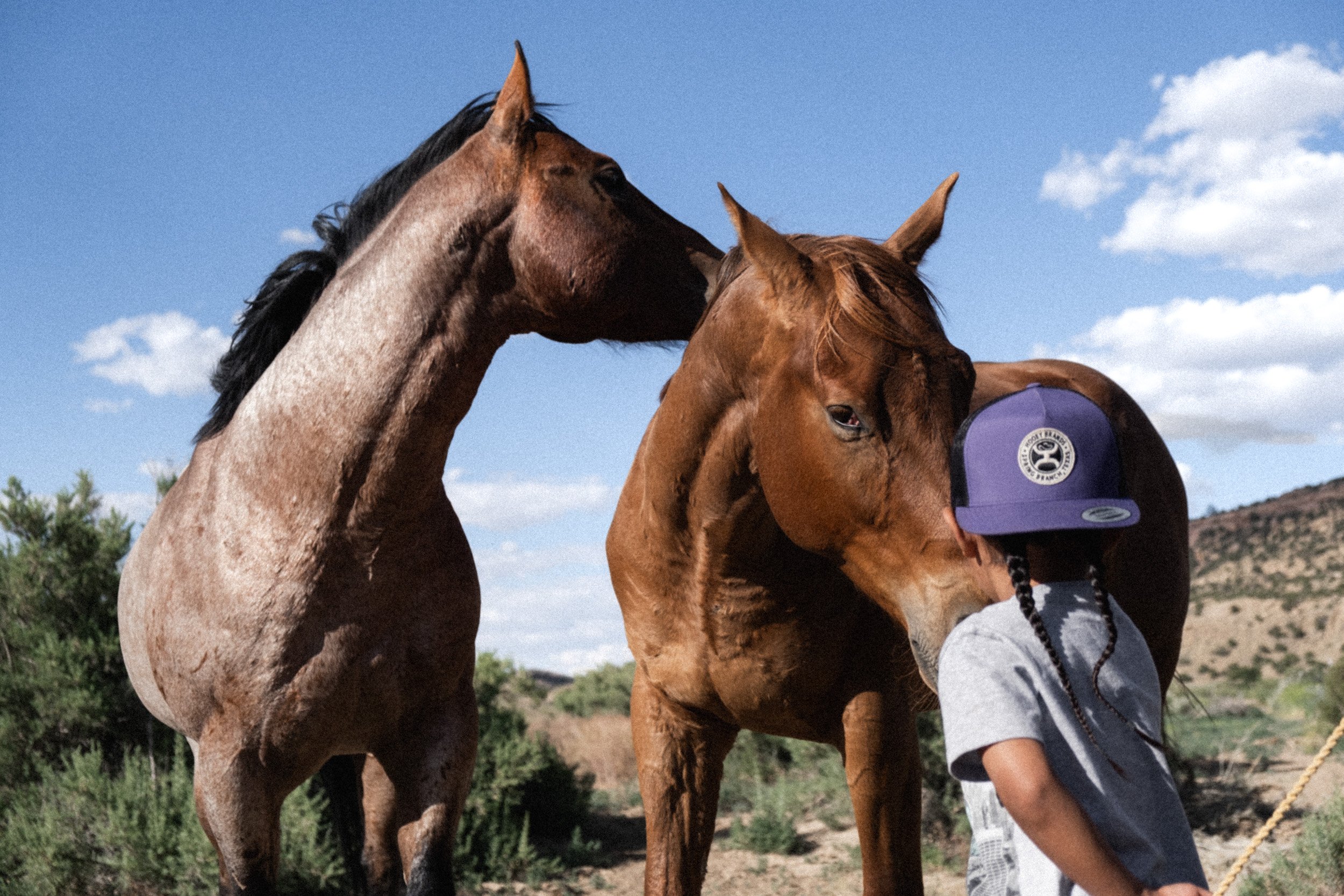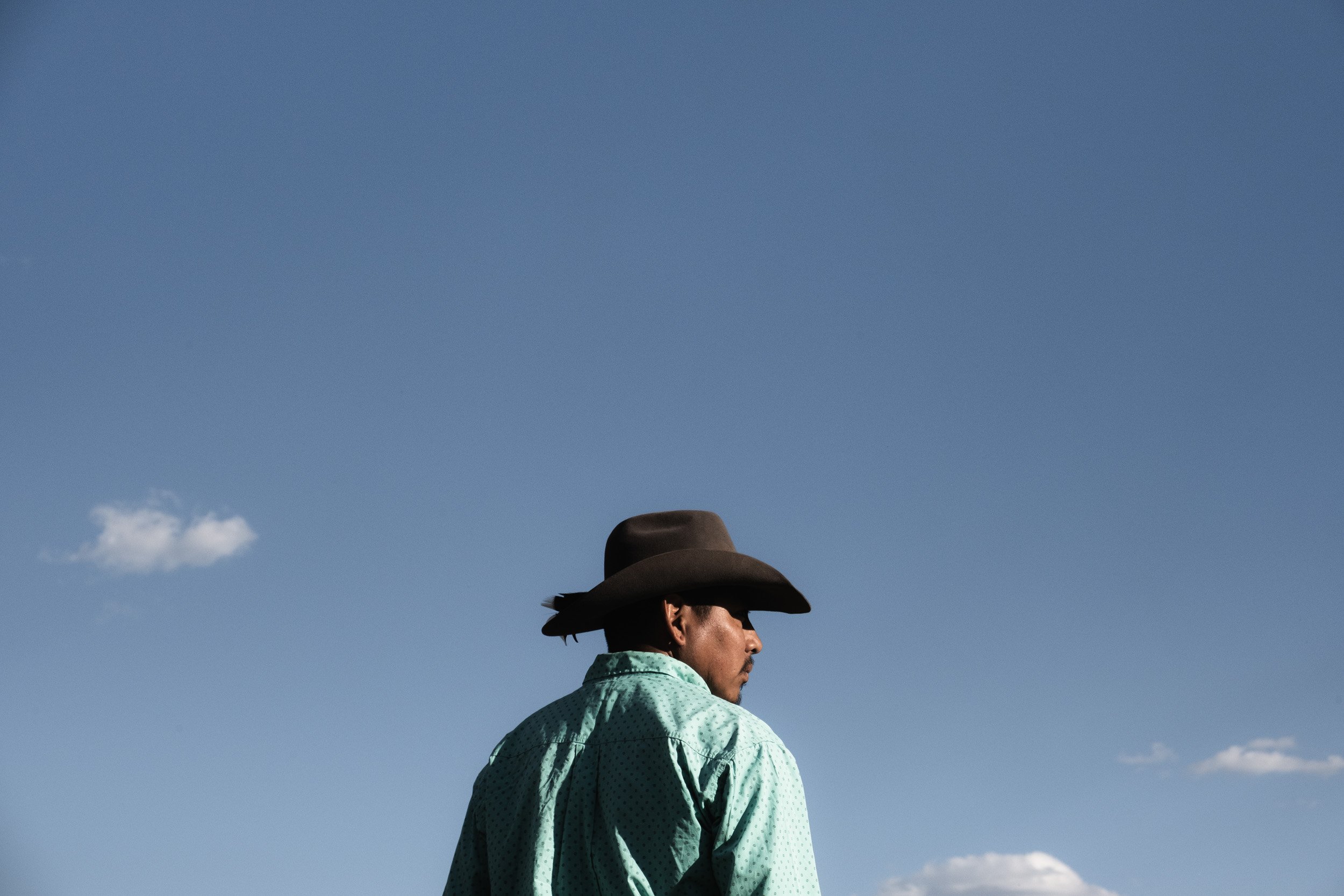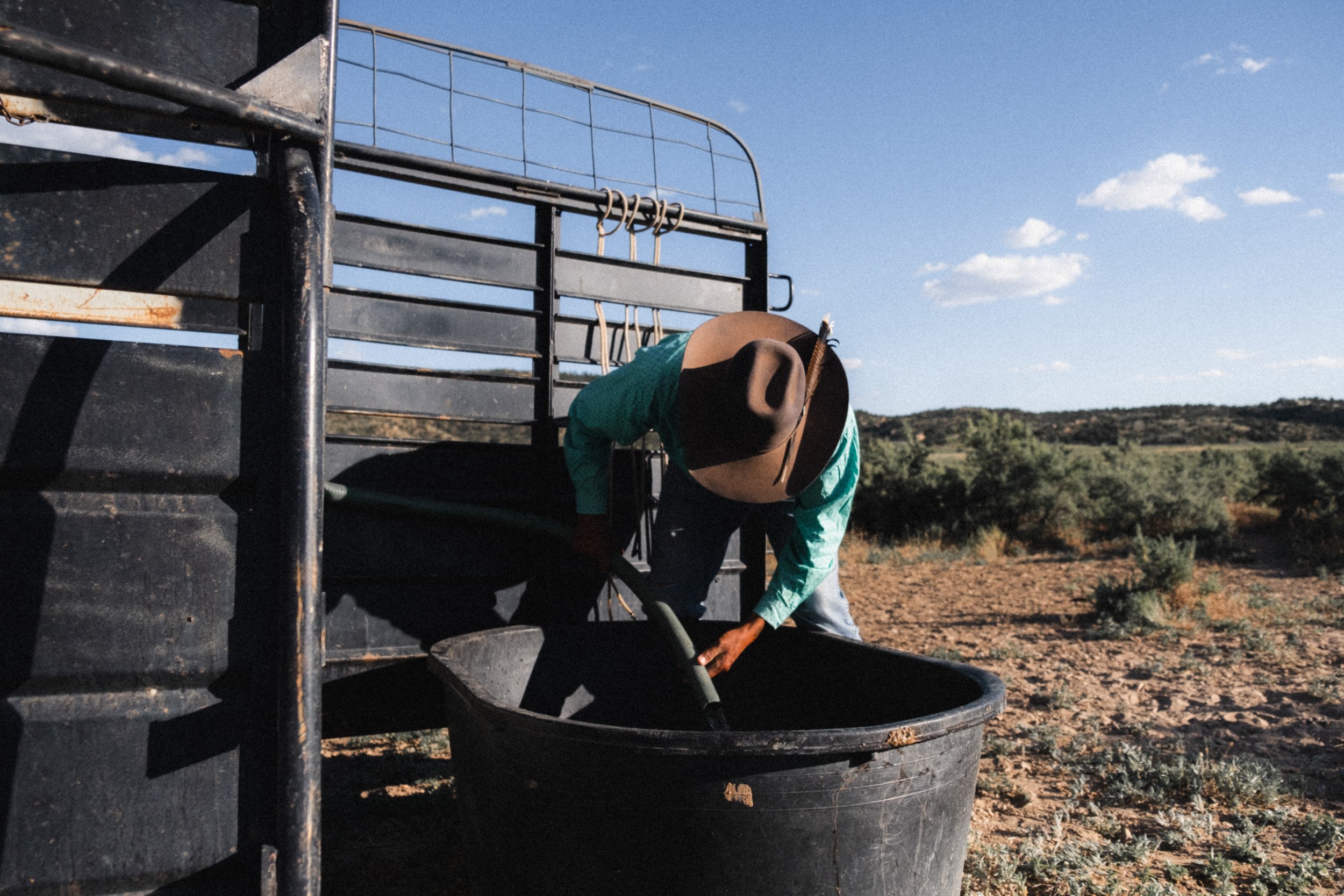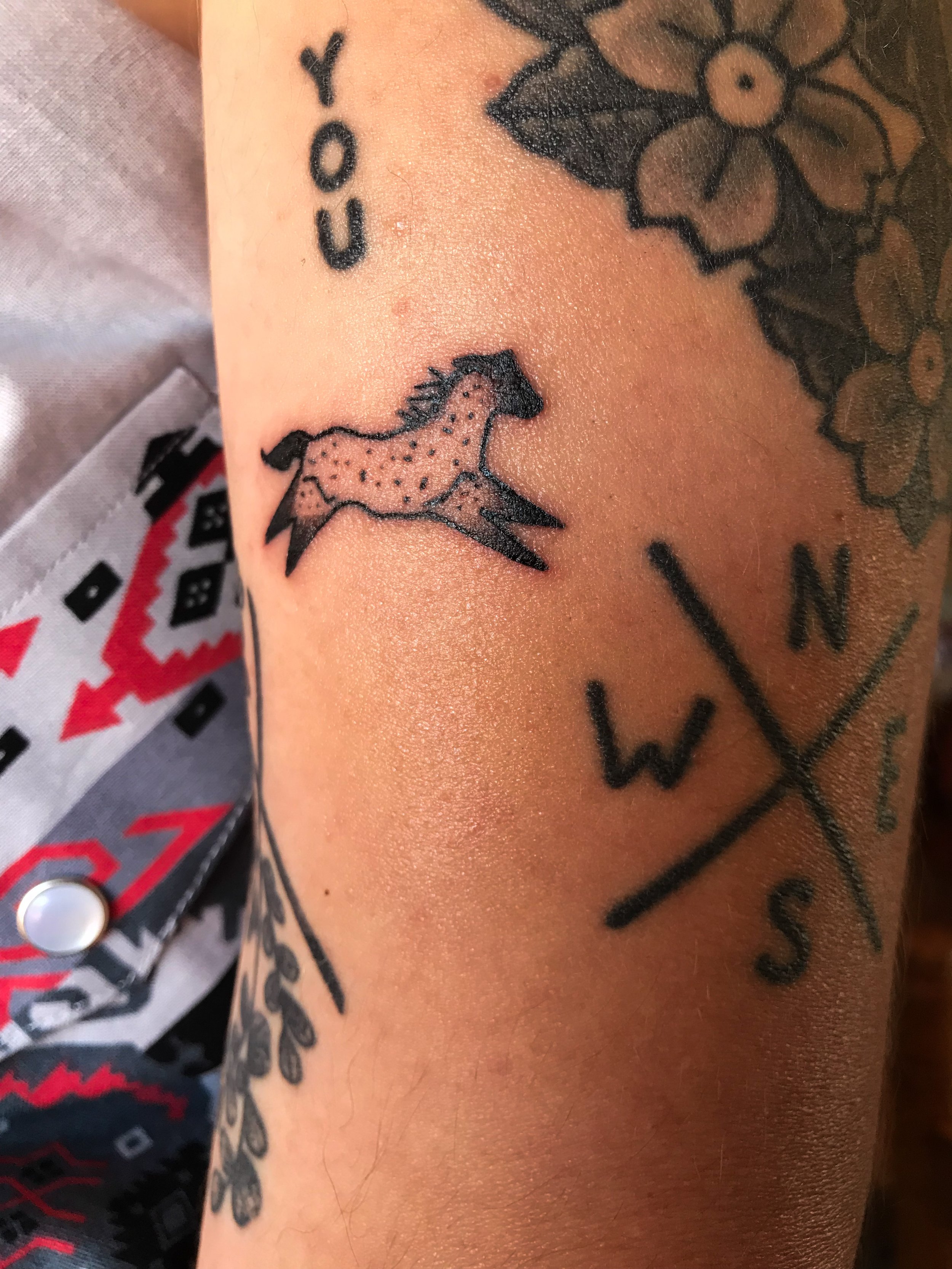The Whispering Beat
Welcome to High Lonesome. This is story number one. The original version of this story was published by Stetson in the Spring of 2020. This is my version. I gave it a little backstory and shared an unreasonably large collection of photographs no one has ever seen.
Welcome back to the story of Matt Smiley and The Whispering Beat.
In late spring of 2019 I was in Teec Nos Pos, Arizona shooting a project about Navajo shepherds. About a dozen of us had gathered at a small desert homestead at the base of the Carrizo Mountains. It was the night before a big hike called the Trailing of the Sheep. The next morning everyone would set out on foot, herding flocks of Navajo Churro sheep up the mountains. That’s where this story began.
We all gathered around a fire on the first night, doing our best to get to know each other before the hike. Breaking the ice with strangers can be a little weird, especially when you’re an outsider. But little did they know, awkward chatter and nervous energy is something of a super power for me. They never stood a chance. Five minutes into an aimless rant about underrated movies, backpacking, cameras and the post-hardcore & punk scenes of 2008, I was in. Not even a joke. I didn’t know Matt Smiley at the time, but he was one of the strangers gathered around the fire. Turns out, he and I are both metal heads from the ol’ screamo scene - a bond that never fails to forge friendships on the spot. The rest is history.
That was almost five years ago. I do plan to revisit the Navajo shepherds on here at some point, but that’s a story for another day. I only bring it up now to provide some context. I will say this though… the events that began on this trip became a significant enough chapter in my life that I’ve continued to document Matt and his family for years, and here I am still writing about it today.
This is a first hand account of the realest cowboy I know. A Navajo cowboy. A man who goes 90 till there’s nothing left to give. Every single day. Even when nobody’s looking. This is Matt Smiley’s story told in his own words. I hope you enjoy it. -Heath
My name is Matt Smiley. I’m a horse trainer here in the Navajo Nation and the owner of Whispering Beat Horsemanship. My story begins at my grandparents’ ranch, Billy Ranch in Manuelito, New Mexico. When I was 11 or 12, maybe younger, my uncles would throw me up on the back of a horse, and I had to learn as I go. I carried a .22 rifle and rode out with my cousins, watching over the sheep from the hilltop. That’s how I spent my summers. That’s where I found my passion for horses.
I was raised by a single mother. There was no male figure on my side of the family. My stockmanship, respect for animals and the land, that was instilled by my grandmother. I’ve had my fair share of good and bad experiences out at Billy Ranch. Falling off, having wrecks, learning to ride.
When I was a little older, I would reminisce about some of the rough experiences I had with the horses out on the ranch. At some point, my father-in-law had given me some videos about horse training, and that got me to thinking about ways to work with them. That’s when it clicked, all horses can be taught - young horses, old horses and even horses with problems. I started learning and working with them any chance I got.
I got a horse named Geronimo around 2010. He was the first one I ever trained. He was a problem horse. He bucked like crazy. He’d even broken his previous owner’s arm. The training he needed was way more advanced than basic horsemanship. I said to myself “you can handle this horse.” I started learning any way I could: watching, reading, research. I applied all of it to Geronimo. Thinking about that broken arm, it pushed me to apply the methods I was learning and set a foundation with this horse. I knew horses could be fixed. Especially the bad ones. He gave me a lot of trouble, but I knew he could be taught.
He bucked and fought for the first two weeks, but I started seeing a little change every time I approached him. Every morning his body language was a little different. He wasn’t showing me the whites of his eyes anymore. He wasn’t so tense. He started to have a softer eye on him.
I decided it was time to saddle him up and put the first ride on him. It went ok for the first 10 or 15 minutes. He was doing good. Then he blew up. I just held on. When It was over I was still in the saddle. From there on, we had a bond. He knew I didn’t hurt him and I wasn’t going to hurt him. Right then and there I had his trust and we had a connection. He’s one of the most memorable horses I’ve ever started. He wasn’t a looker. Sure wasn’t pretty. He was no unicorn, but he was my horse. I was proud of him.
In the early days, I just started training horses for people. I didn’t know what to charge, how long I should keep a horse or how any of the business side worked. I had to learn as I go. I had to take what I was doing and find structure. I needed a name.
It started with a logo. Things that were meaningful to me. The Zia symbol is New Mexico, my home. The hummingbird represents my cousin who passed on. We were very close. The horses are the four sacred directions and the four sacred colors. We established the Navajo Nation though the horses and our prayers. They were vital to the emergence of our Nation and our people.
When the design came together and I looked down at it, I saw a drum. My symbol represents a drum, a round pen and hogan. In our songs there’s a beat. They say you can train a horse to the beats of our songs. To the rhythm of the drum. There is a rhythm to life and Mother Earth. A rhythm to the heartbeat of the hummingbird. Theres a rhythm to every gate of a horses steps. There’s a rhythm between the rider and the horse. And when you find that rhythm, the bond is formed. You and the horse become one. That’s your song. That’s the Whispering Beat.
Over time I learned that no two horses are the same. You can’t apply all the same methods to every horse. I learned to make very small adjustments. I started to find different approaches. There are so many different ways to approach a young horse, an old horse or a problem horse. I pay attention to what they retain and what they don’t. I’m always making adjustments.
There’s not one right way to do it. I was building my own method. I’ve learned to understand what the horse is feeling. I can see its body language. I know how it feels. I can read them, and they all have their own beat. When I approach the round pen, my spirit is talking to that horse. I have to learn to give off the right rhythm, the right beat to say to that horse, “trust me.”
It was good for a long time, but at some point I knew there was something holding me back. The horses were frustrated with me, and I was frustrated with them. They’re a mirror image of you. They know what you feel and they take that on. They showed me that something was wrong inside.
My father wasn’t in the picture when I was growing up. There was a lot of resentment in me. I said a lot of negative things about him. One day, me and my wife Savanna were doing some errands in Fort Defiance. For some reason, I took a different route to come back home. That route takes me through Hunter’s Point where my dad was from. I felt a voice saying to me, “Your dad is home. You need to visit him.” So I did. He was home. When he answered the door. I was surprised he was so happy to see me. He said, “come in son! Something told me you were coming.” Right then and there, I knew we were having the same experience - a spiritual connection. We had small talk about family and things until I finally told him, “my spirit is speaking out to you.” He told me that he already knew. I told him about my resentment and all the bad things I’d said about him over the years. I asked my dad if he could forgive me for holding this grudge. He said “of course son!” He asked if I could ever forgive him. I said “yes.” My spirit was calling out to him that day. He passed away 9 months later. I’m so glad we found our closure.
Everything changed after that. I knew these had been the things holding back the growth of my horsemanship. The horses could see my grudge. They showed it to me. The trust was not there before, but now, after that day with my dad, that’s when everything started to work.
2019
2023
When I first started working with horses, I was firm with everything. When I had the closure with my father, it restored balance. It restored the balance in my horsemanship. I learned the balance between being firm and being gentle. What you do on one side of a horse, you have to do on the other. There are two sides to everything, and everything must be in balance.
I learned forgiveness through horses. They don’t care about color, ethnicity, how rich or how poor you are. All they want is a strong relationship, a trusting partner, a connection and a strong bond. You have to have that. That’s the only way to build a foundation. Balance is everything. Children need to be raised with balance. Families need balance. Through the horses, I learned how to be a husband and a father. They’ve led me here.
The most important part of a horse’s life is the foundation you put on them. The first ride is everything. What you plant in that horses life, those roots and that foundation will always be strong. When I approach the round pen my spirit is talking to that horse. That’s where it begins.
Ranches and the public bring me horses to train. The problem-horses are the ones that have the biggest impact on my life. They come in with all these issues. I make them honest, reliable, and safe. Seeing that transformation, that’s what pushes me.
Seeing the satisfied client is so rewarding. Seeing the smiles on their faces. Seeing the accomplishment I’ve made. Seeing the transformation. Every horse deserves a second chance. I’ve been given second chances.
I didn’t have an example of a husband or a father as a young boy. The horses have taught me to be in control of my emotions, aware of my surroundings, and remember that my family depends on me. They watch me. The horses taught me the lessons and discipline I needed to raise and protect my family, how to keep food on the table, and how to be a better husband and father.
Samantha 2019
Samantha 2023
2023
A horse has a life and a mind of its own. There’s life all the way through it. They’re strong. They’re fast. When I train them, it gives me a sense of accomplishment. I don’t force them. I point them in the right direction and giving them a chance at a good life.
When those wild ones go to bucking, they bring me a sense of life. They remind me to slow down. They say, “you’re going too fast.” That’s what we do sometimes. We live too fast. They remind me to appreciate what I have. I can be stressed, angry or frustrated, and they remind me to slow down and be grateful for everything. The small things in life. The remind me that I’m alive.
“When I was younger I was always told to show the horse who’s boss. To lead the horses and never let them lead you. But I’ve learned ways to let them lead. They’ve led me to this life. I wouldn’t have it any other way. ”
Matt & I - 2023
Shiprock Rodeo 2023
Samantha behind the camera
These six photos and more were taken by Samantha with my Fuji X100F. She uses it when I’m around and loves taking pictures. She has a lot of natural talent for it. Could be a photographer in the making.
More favorites and BTS moments over the years.
The campfire where we all met


